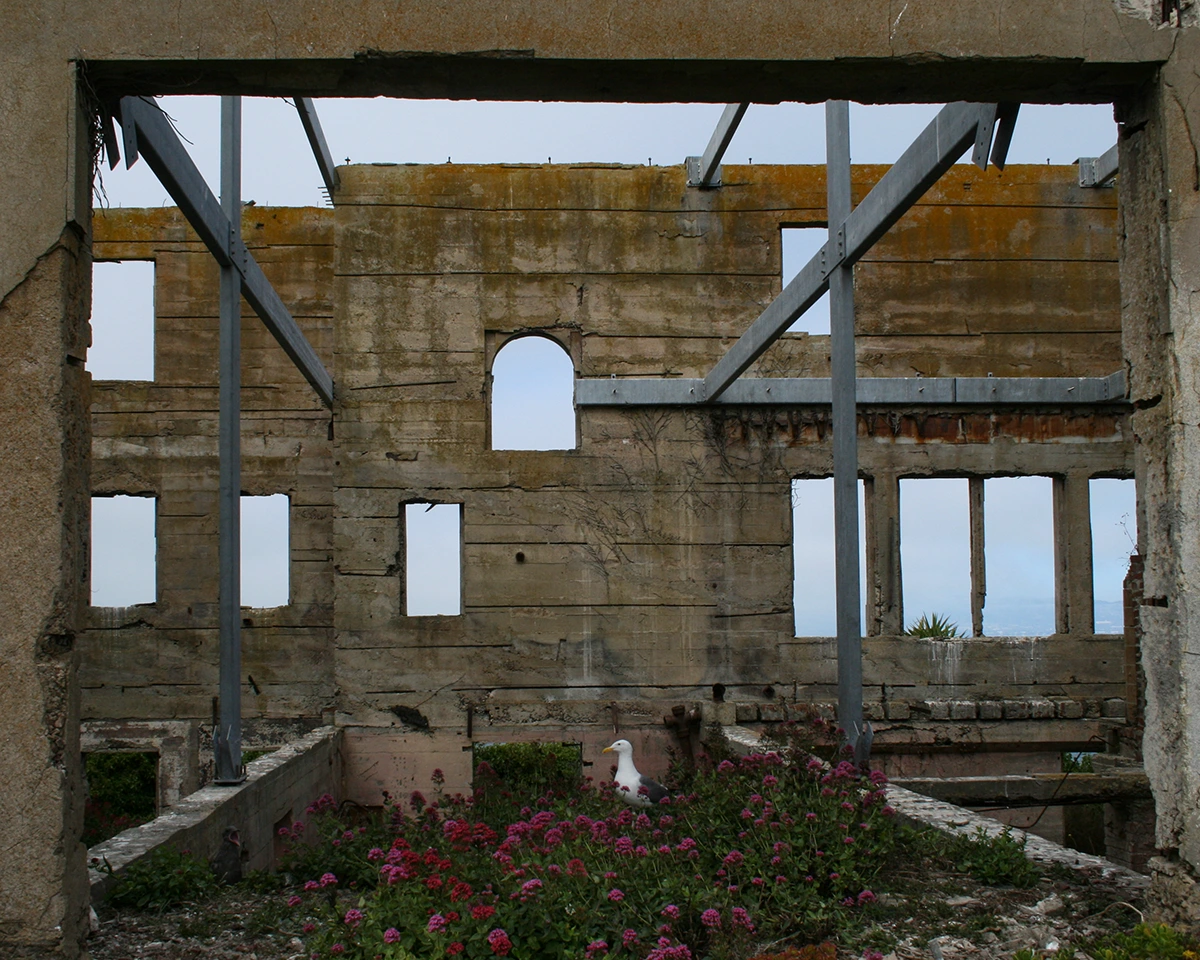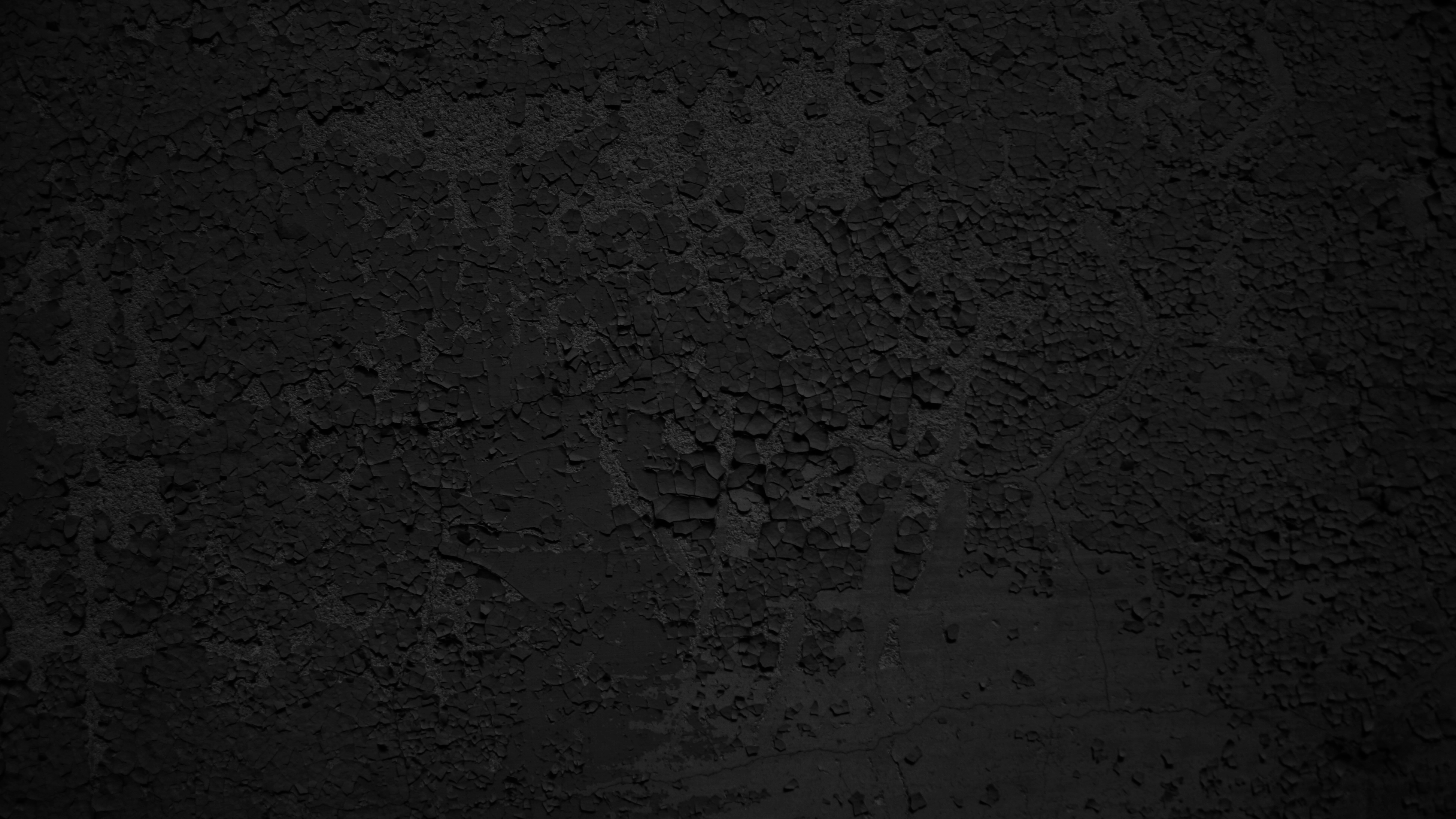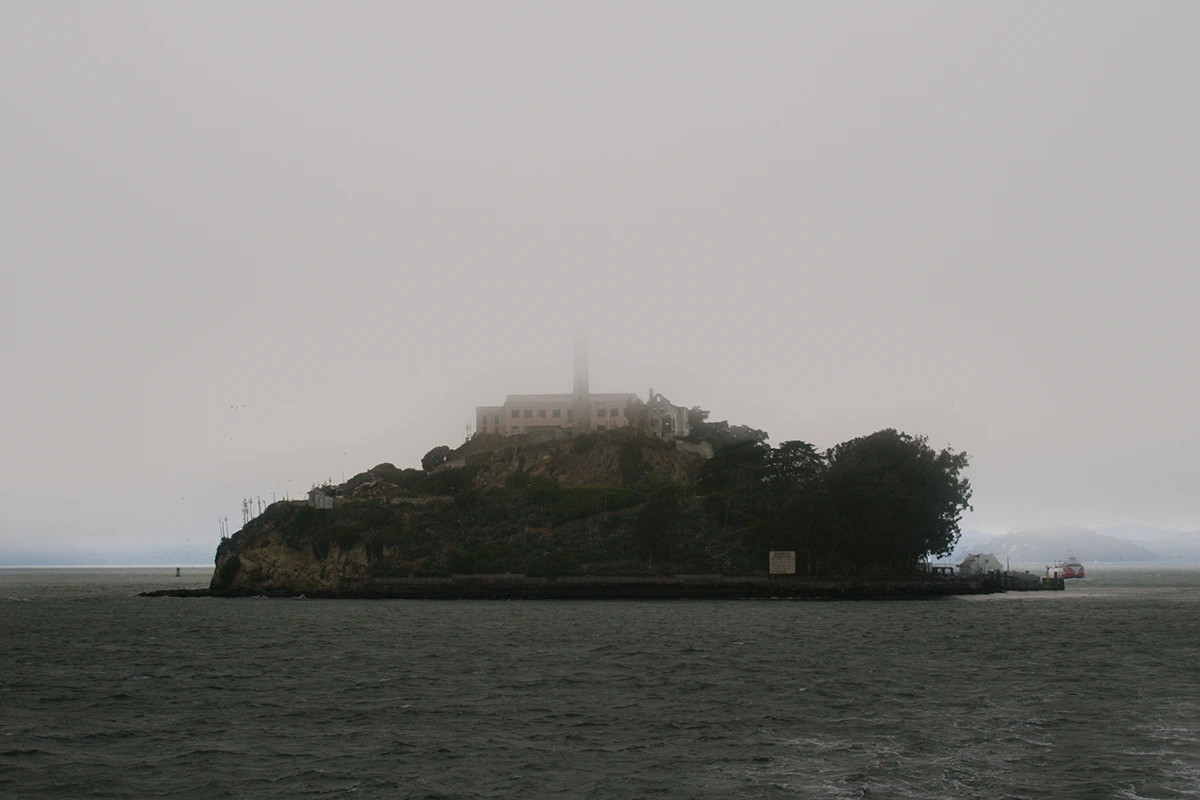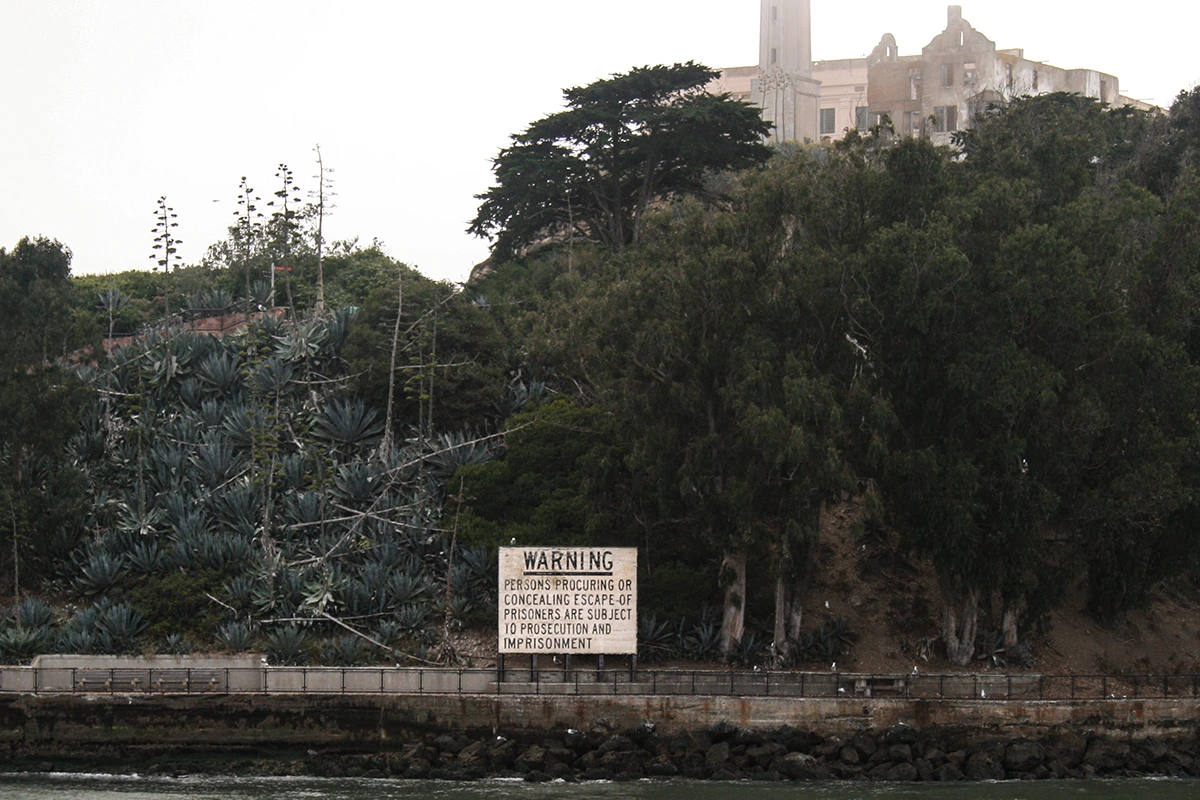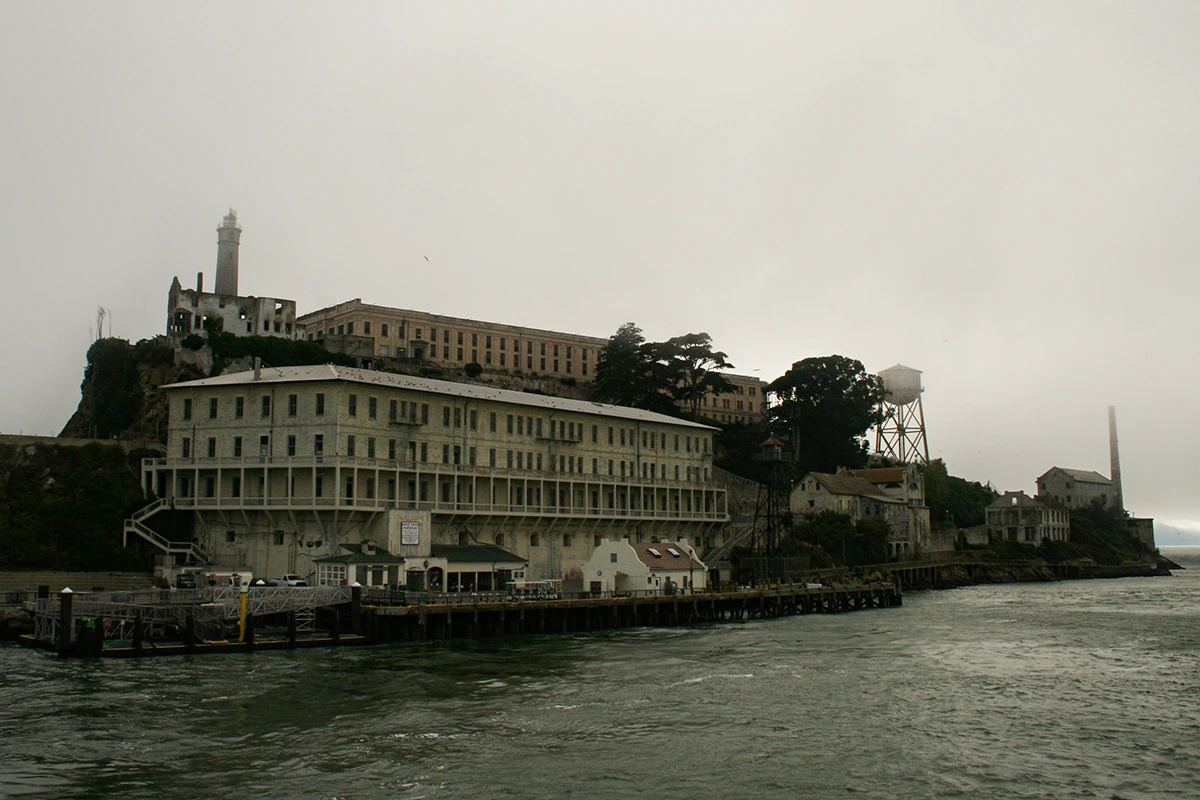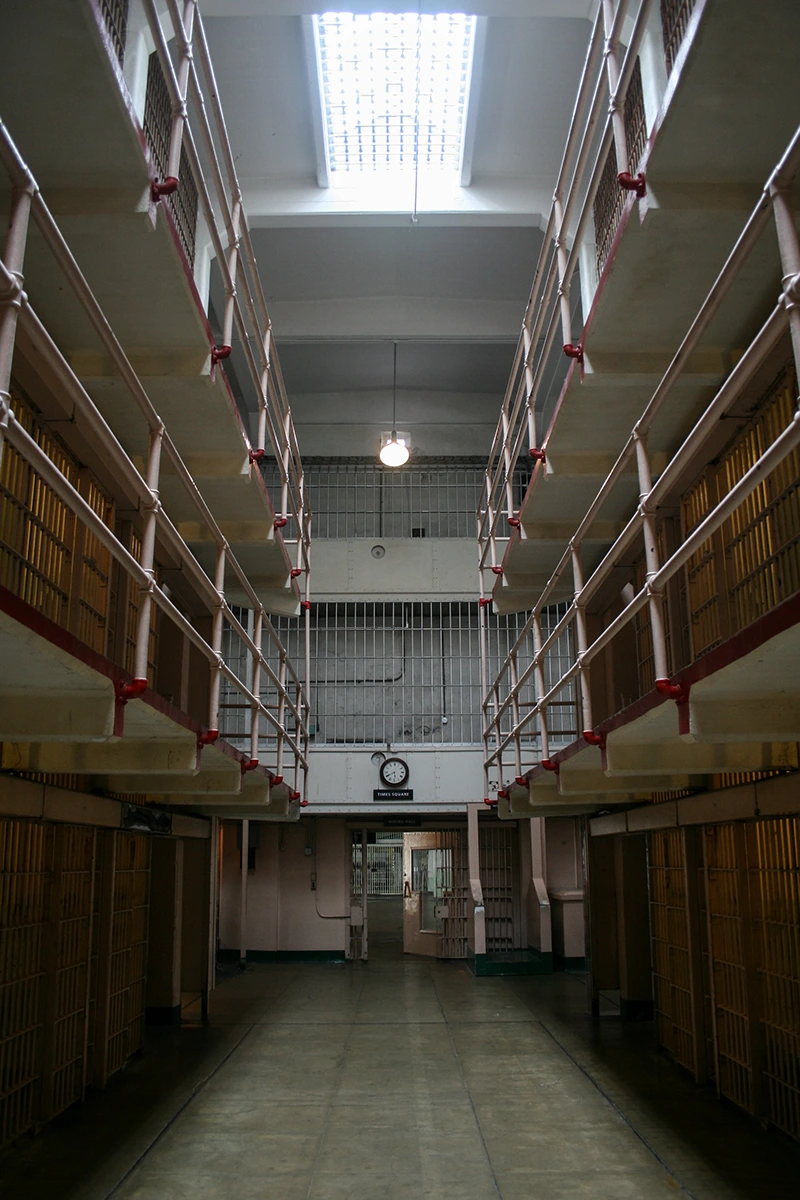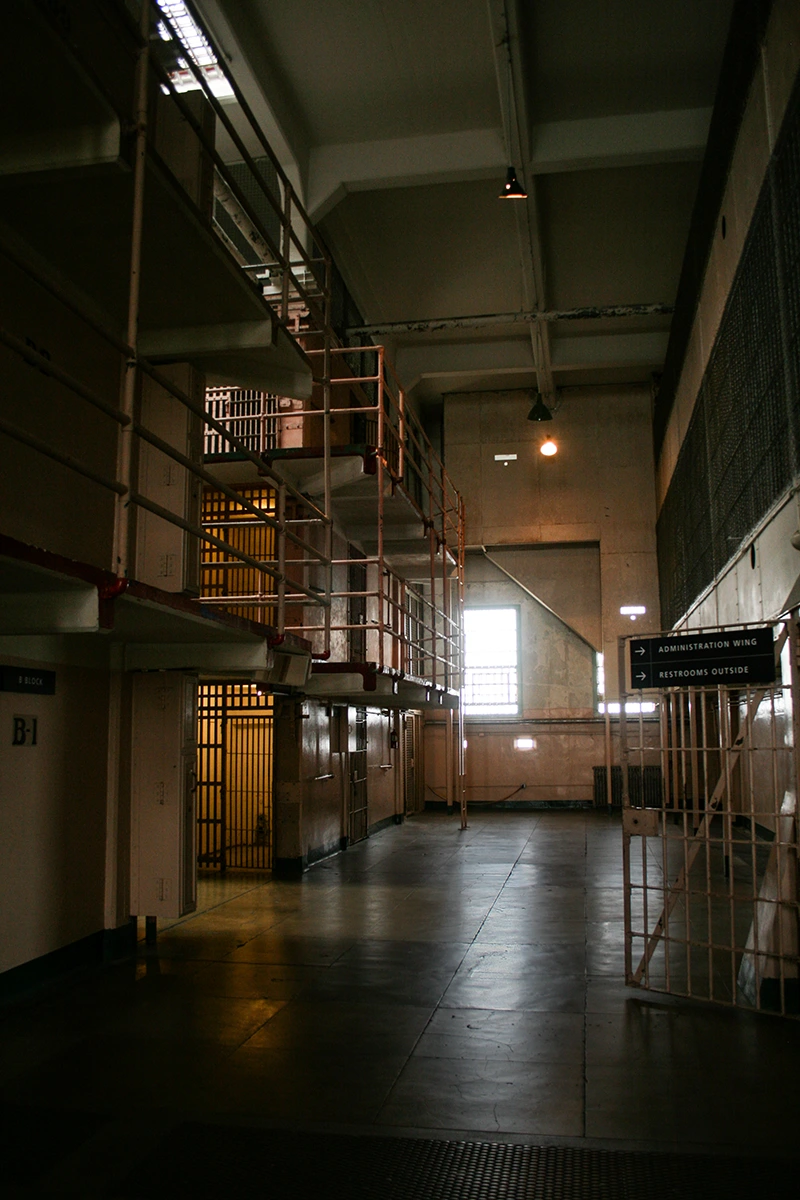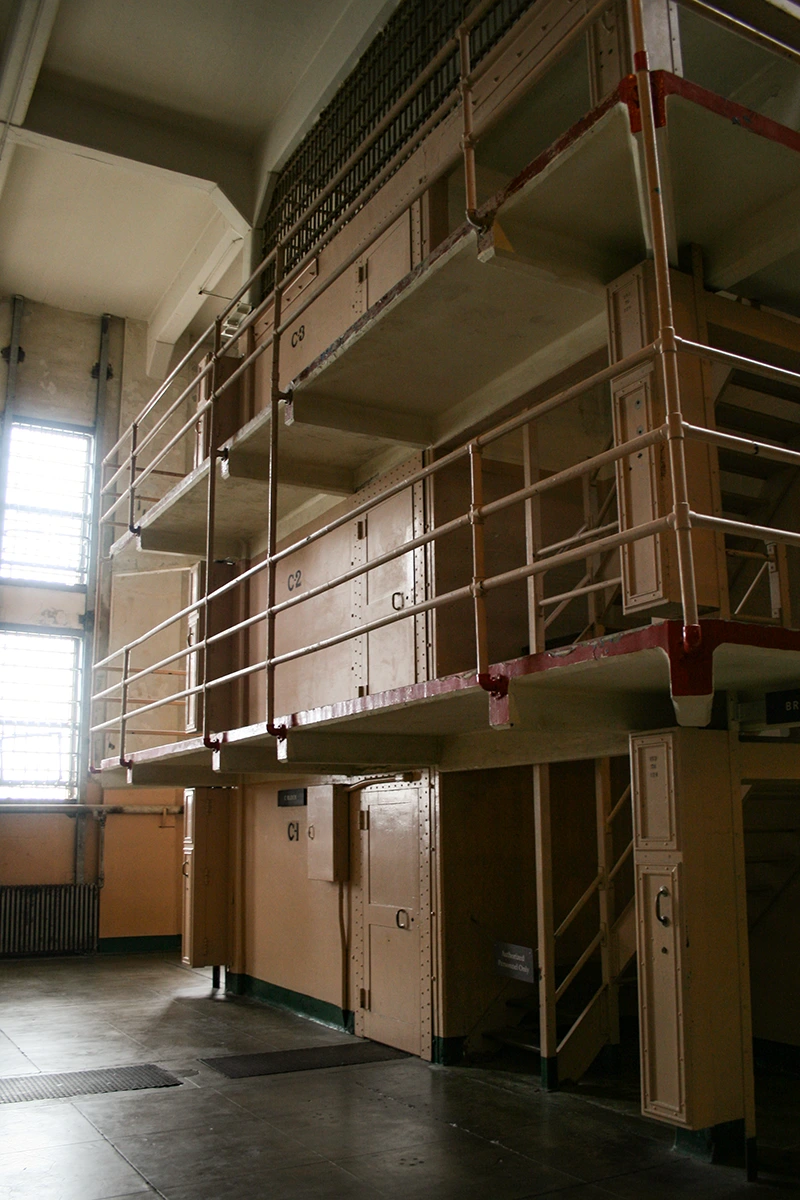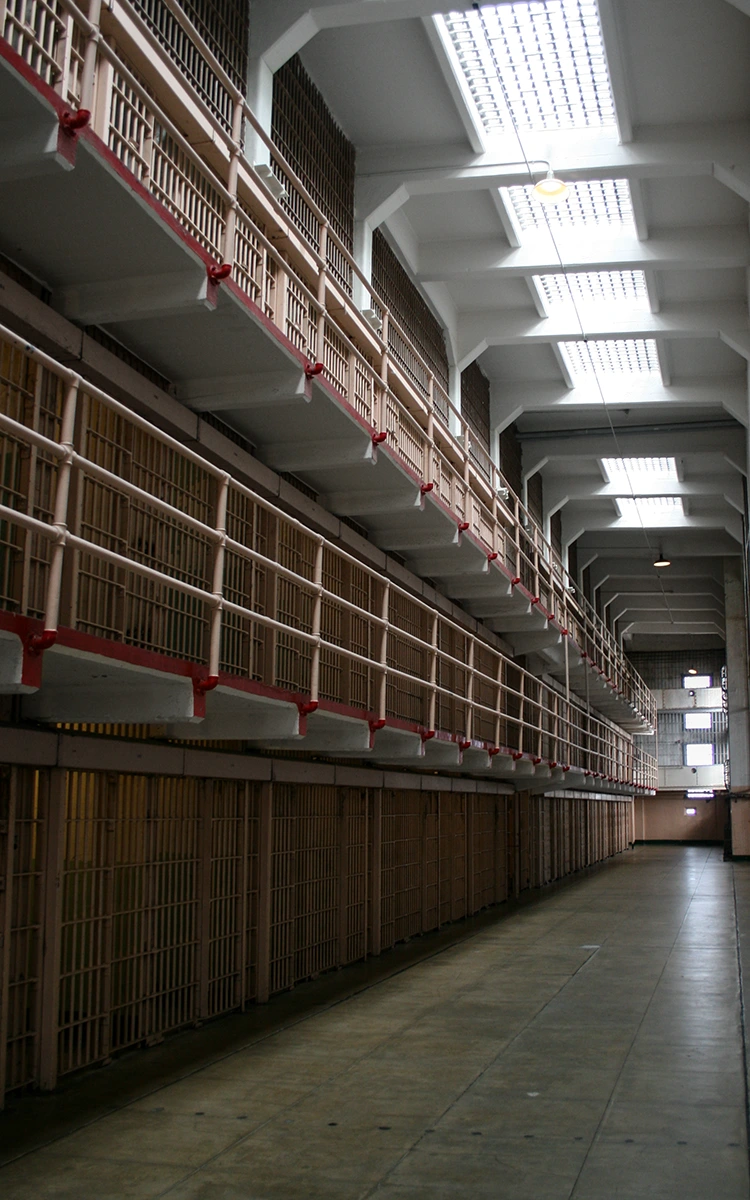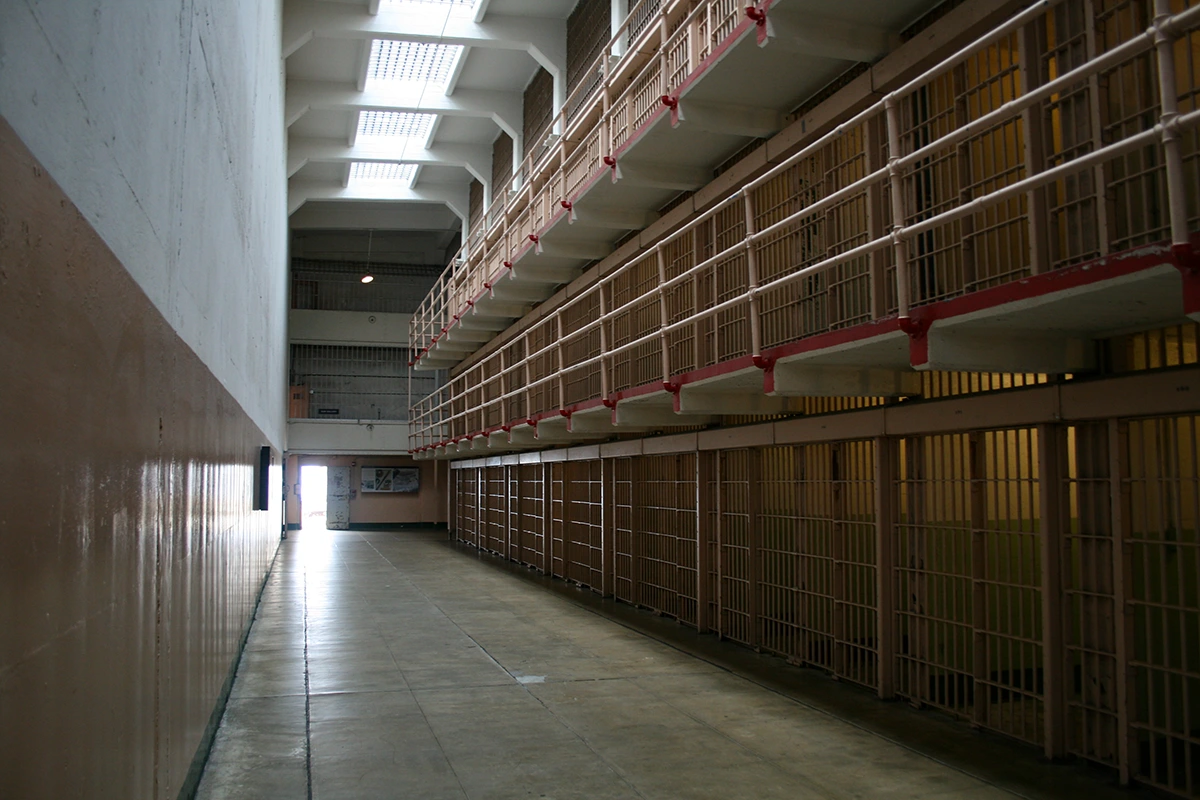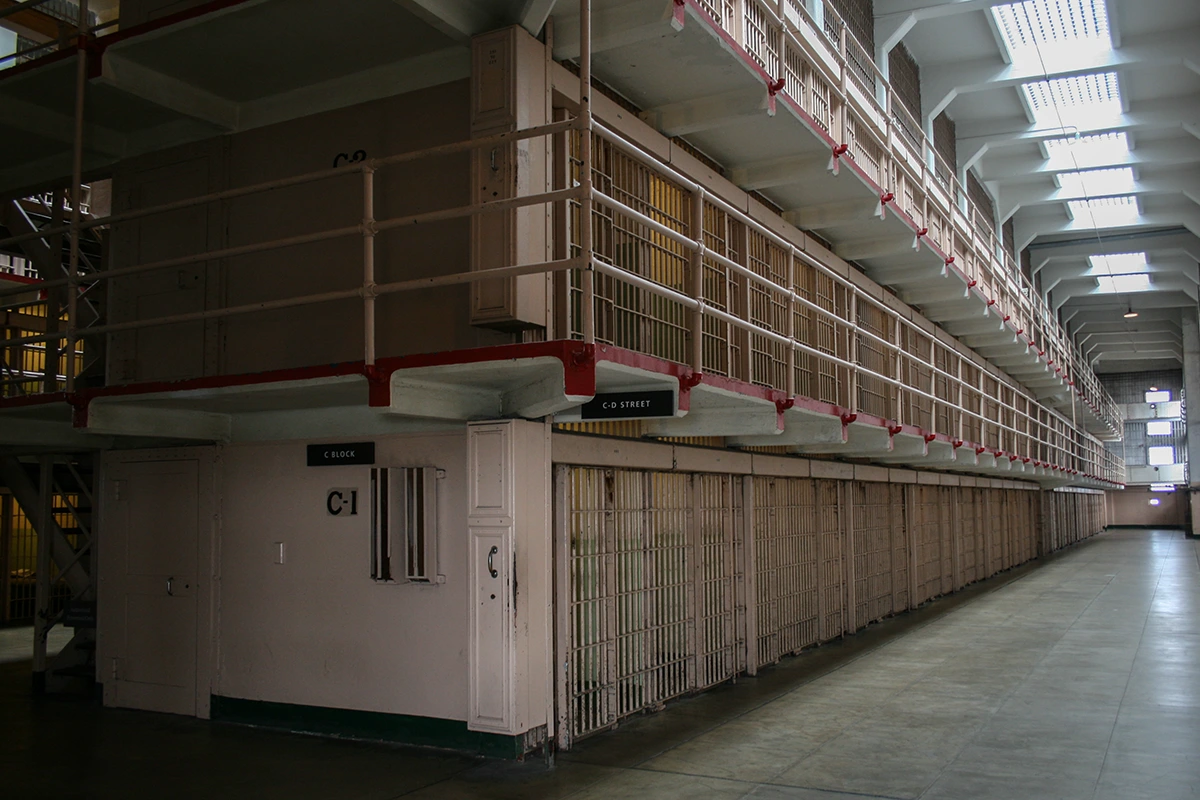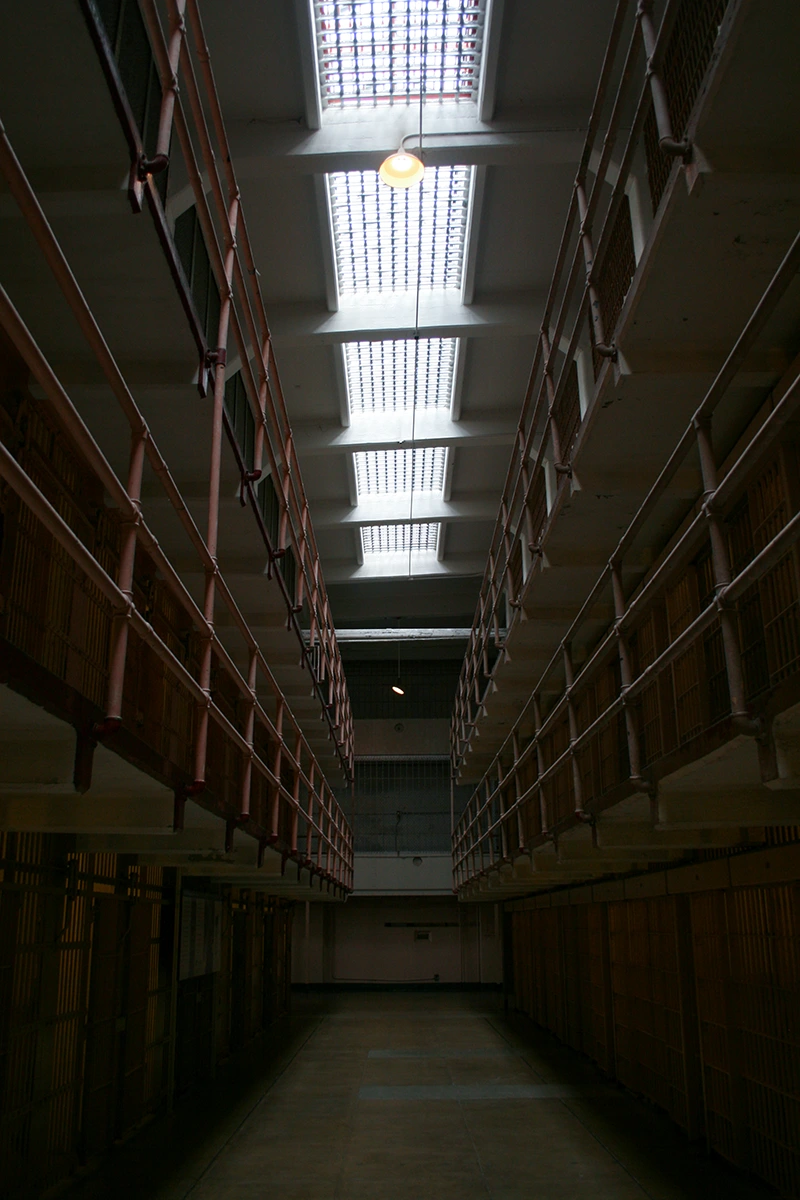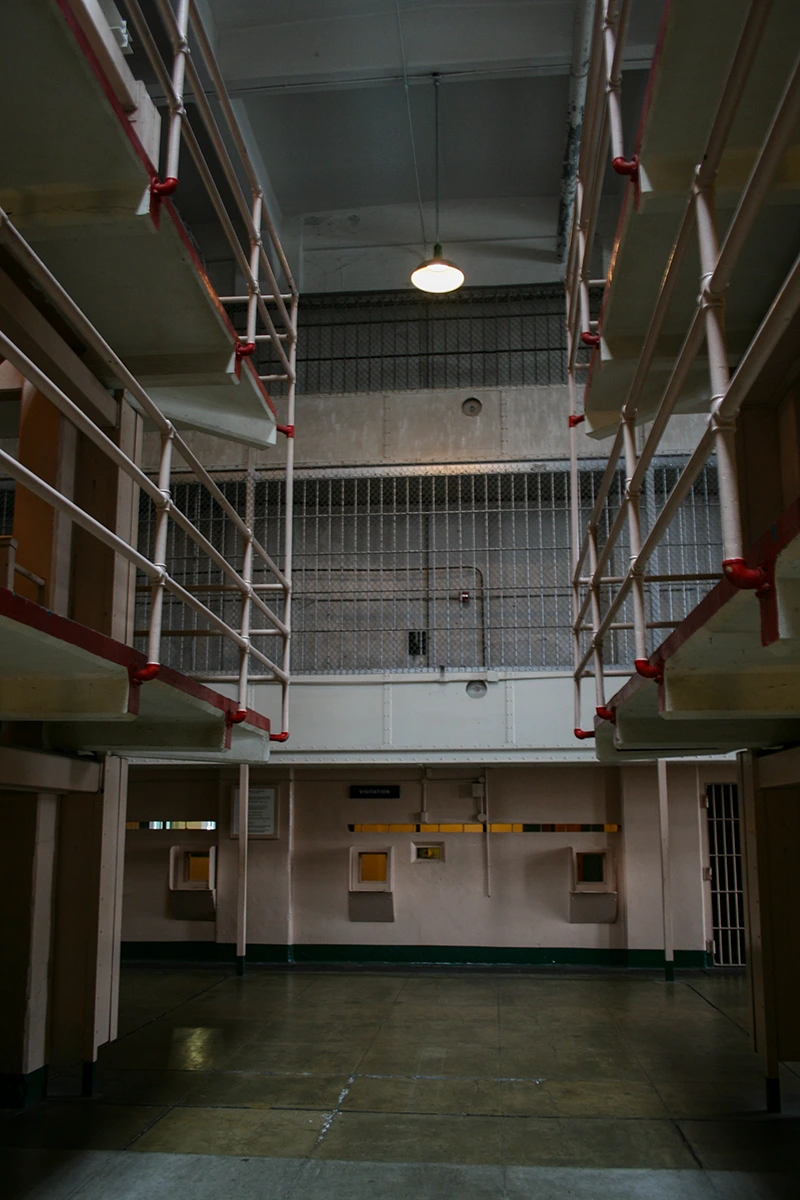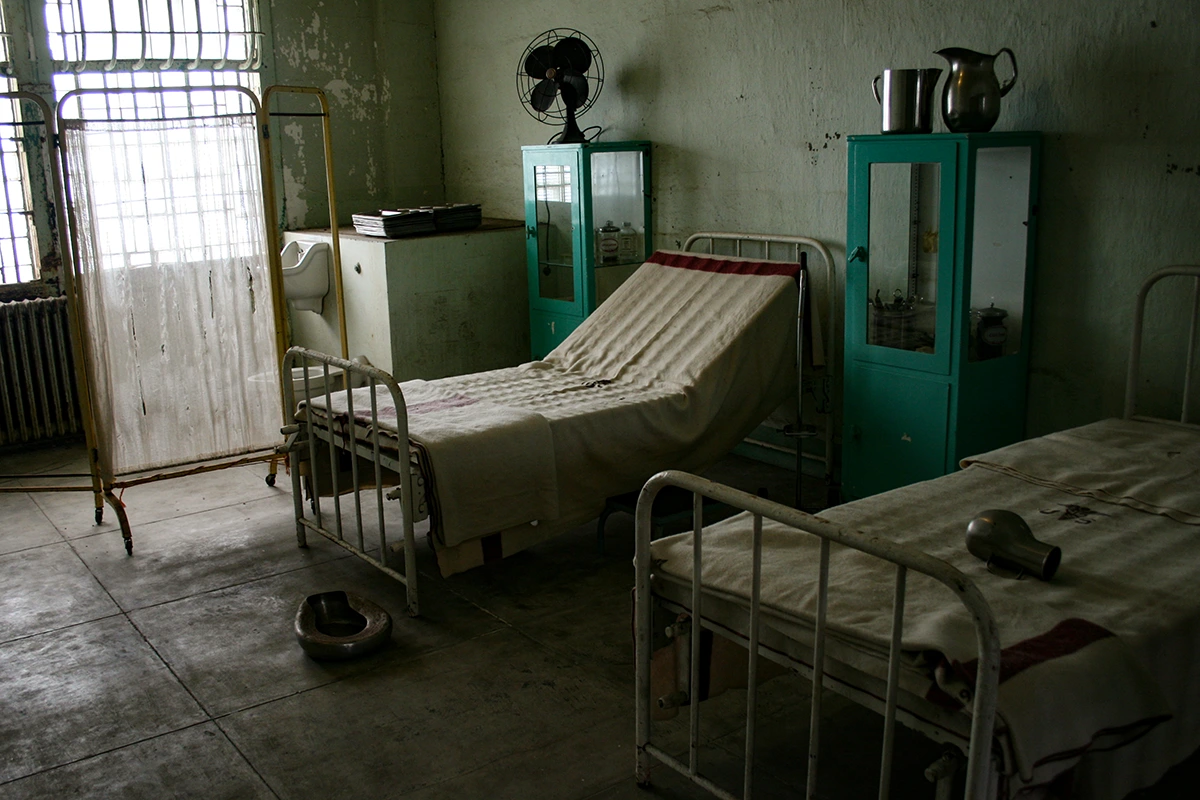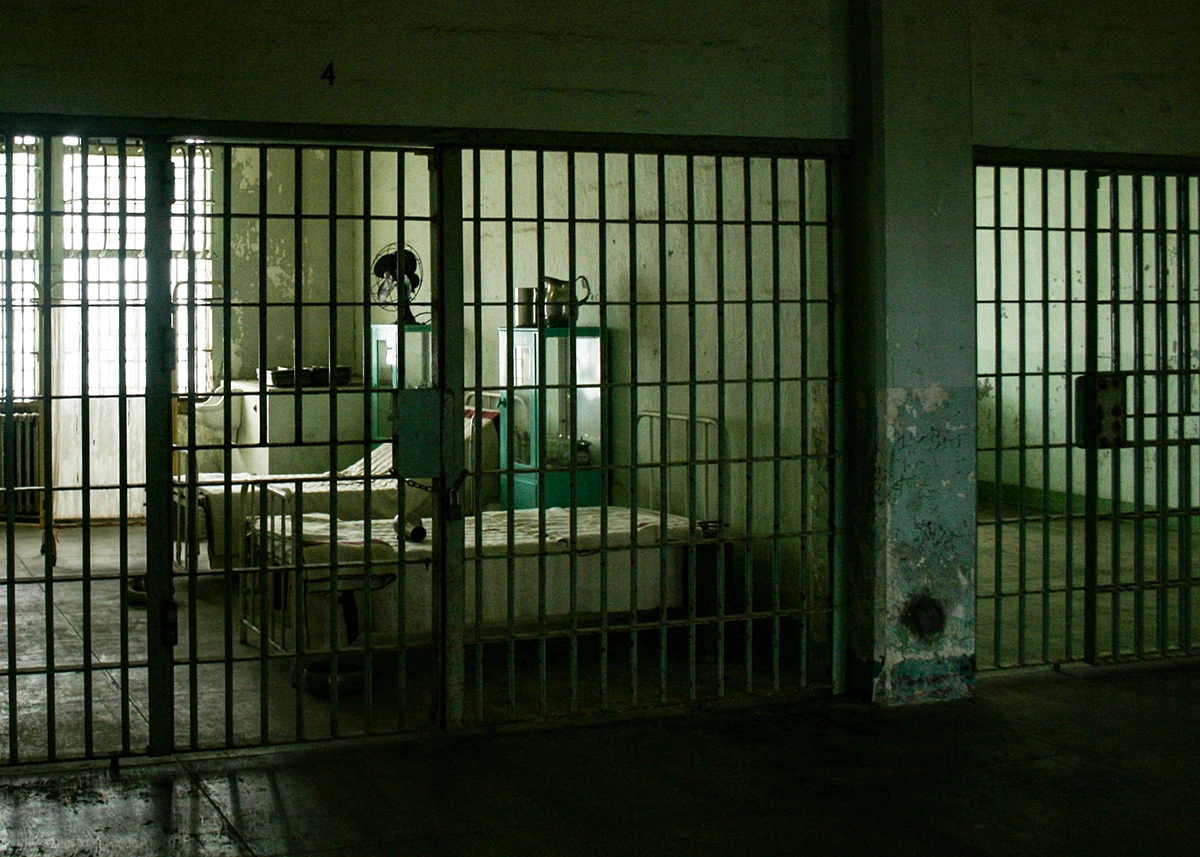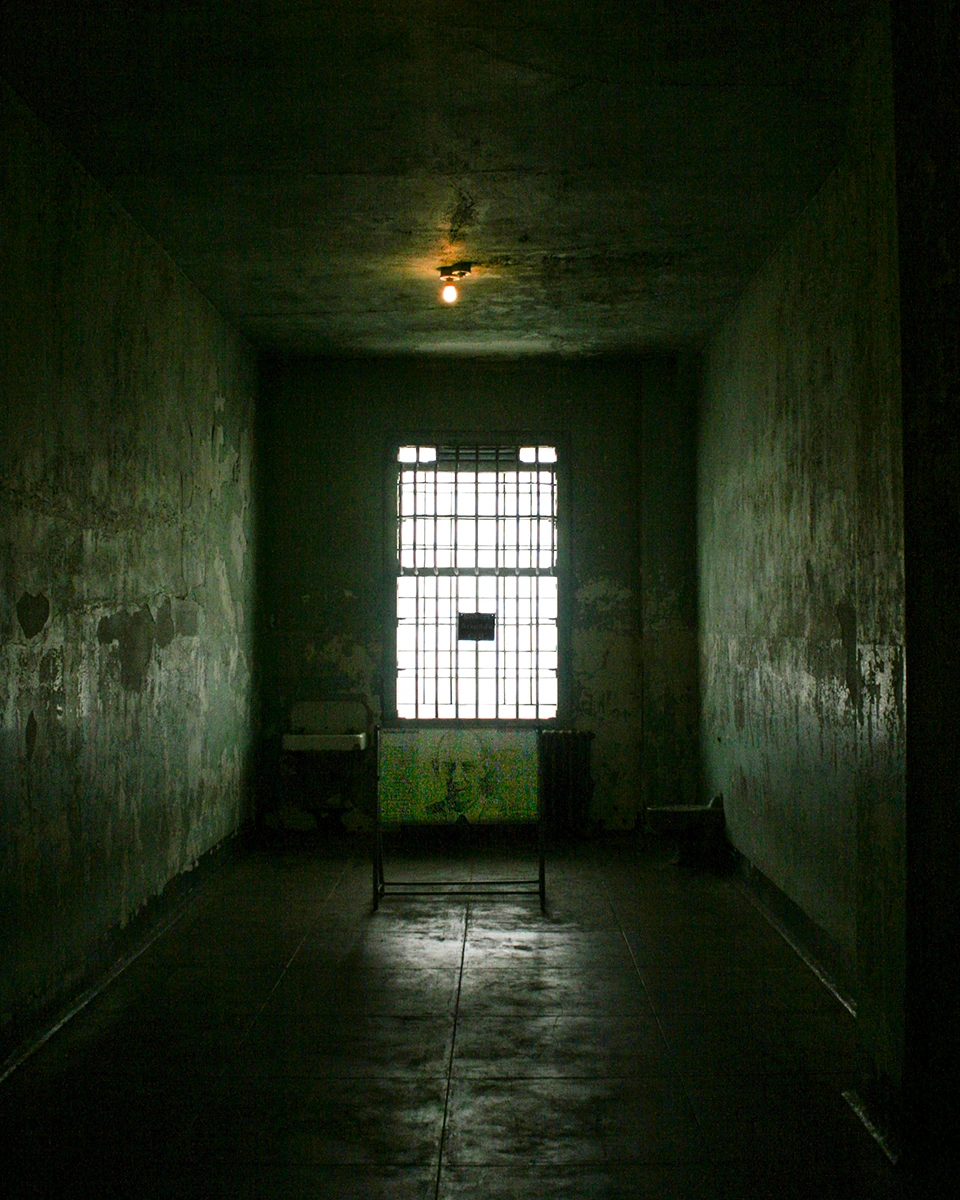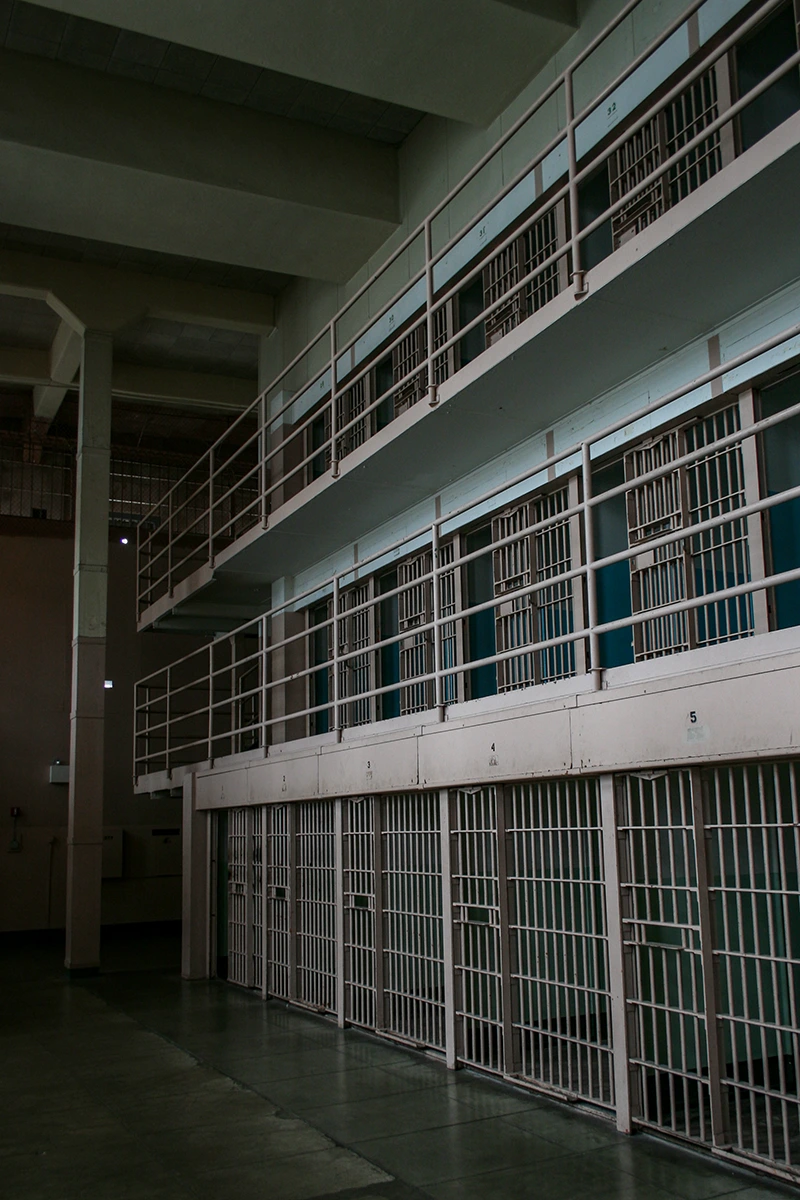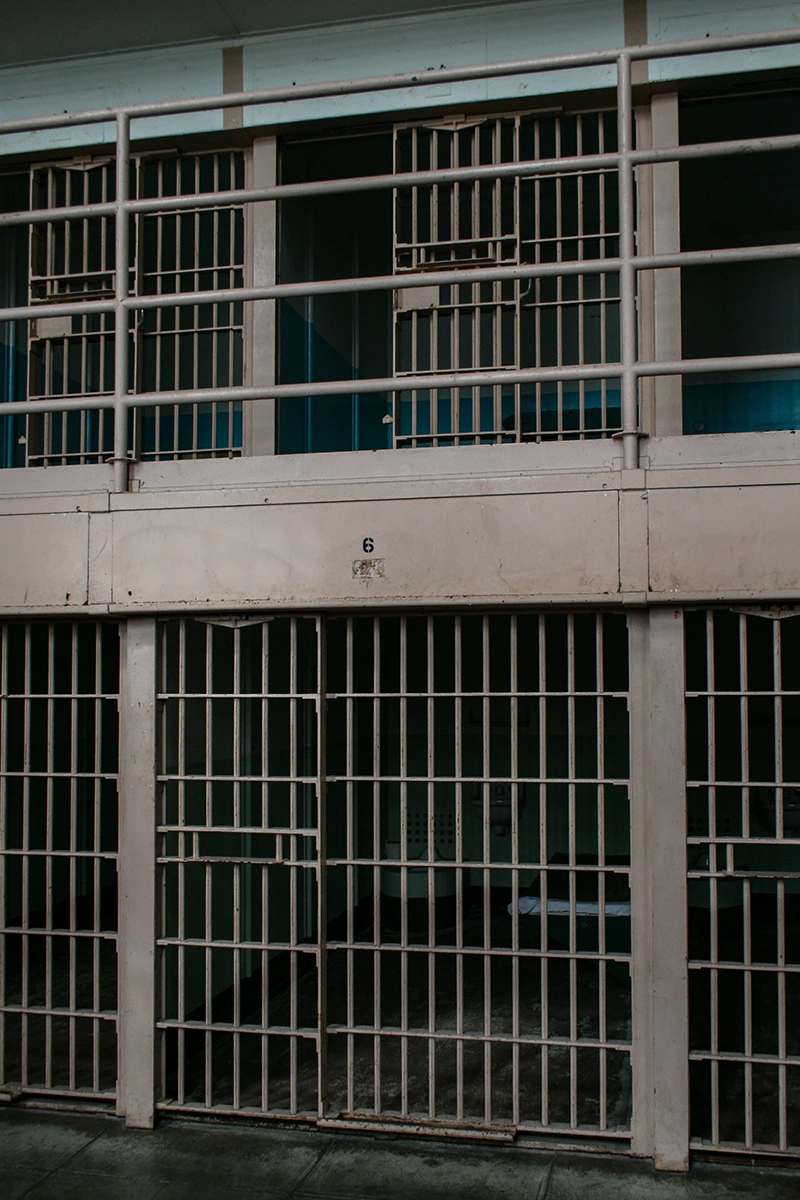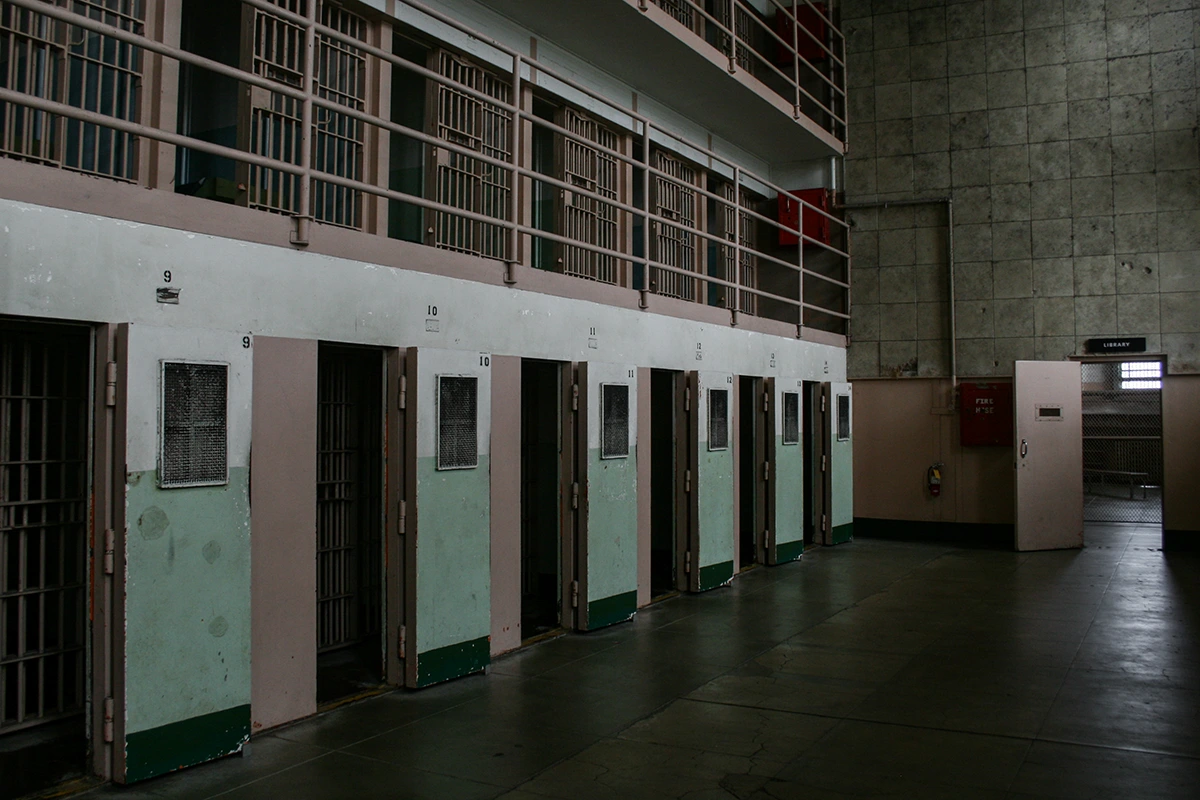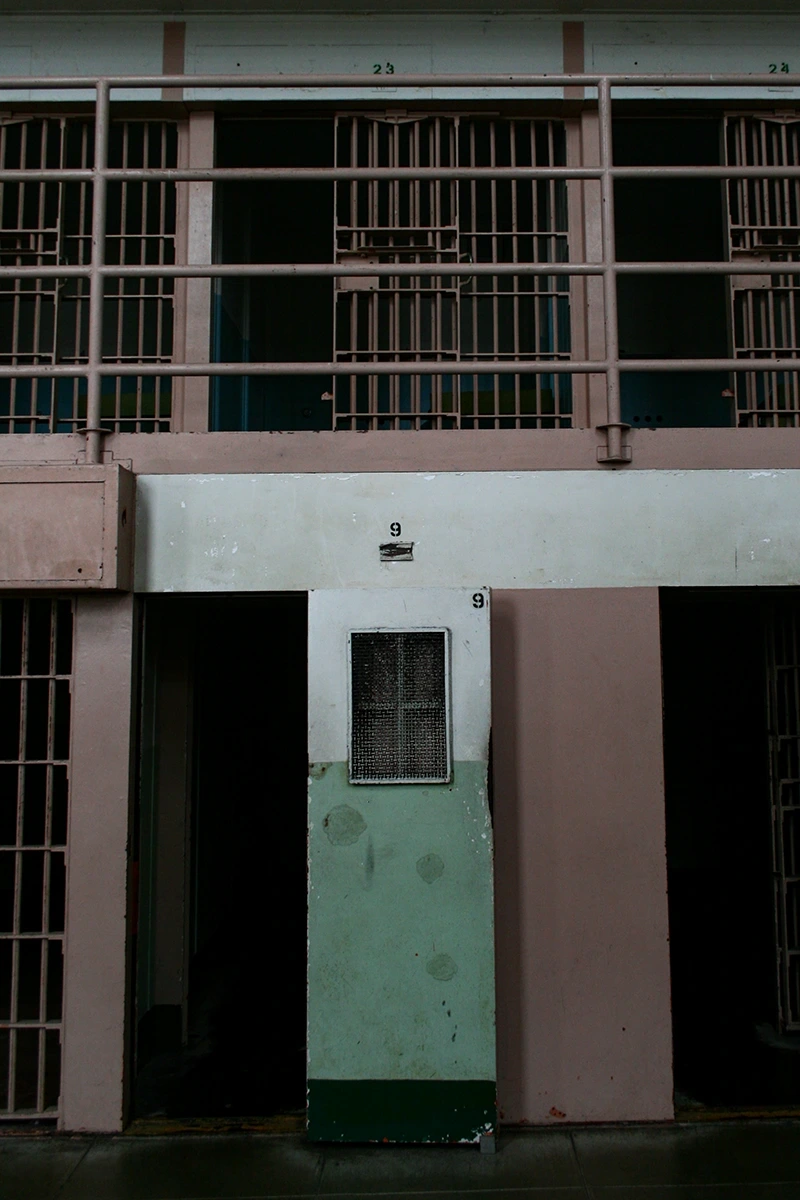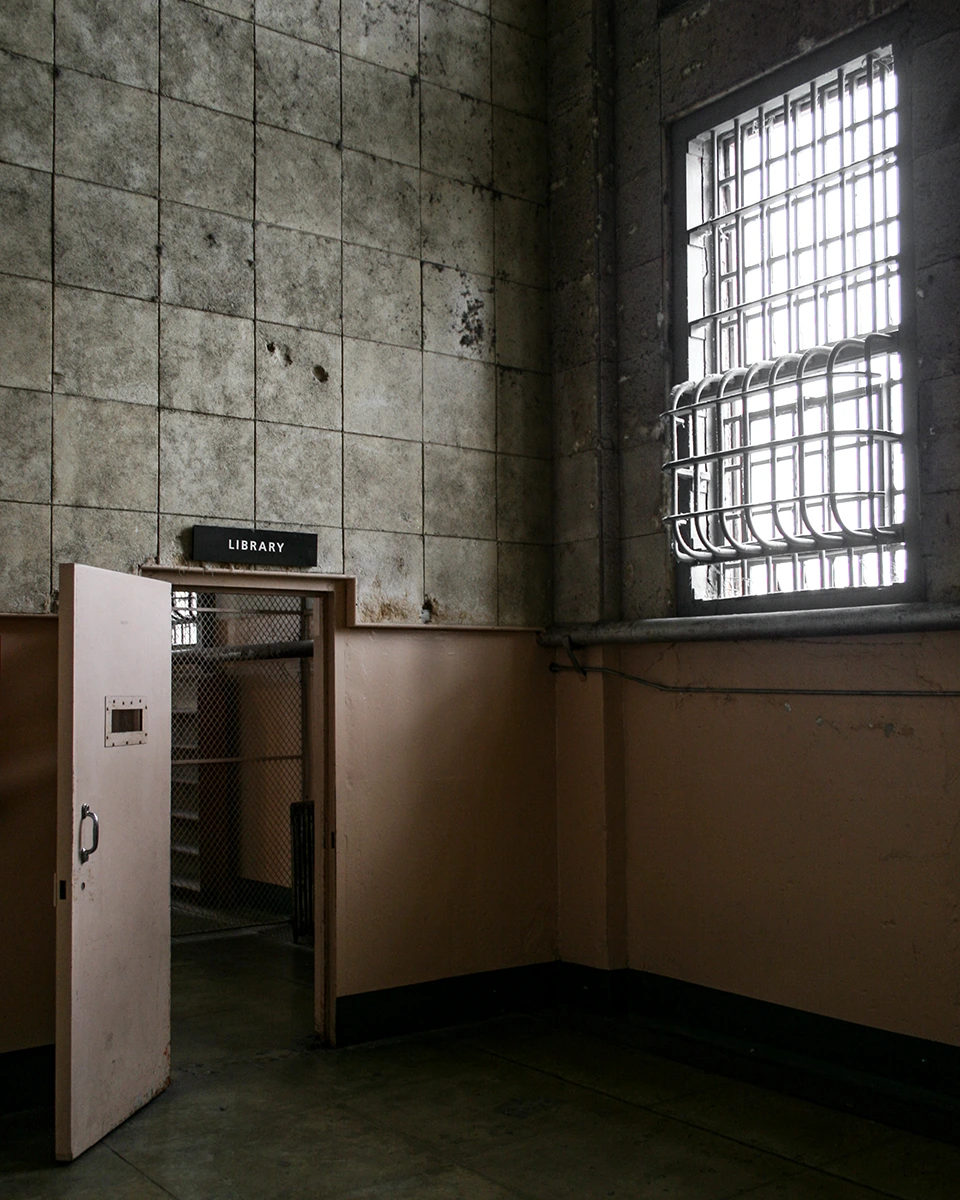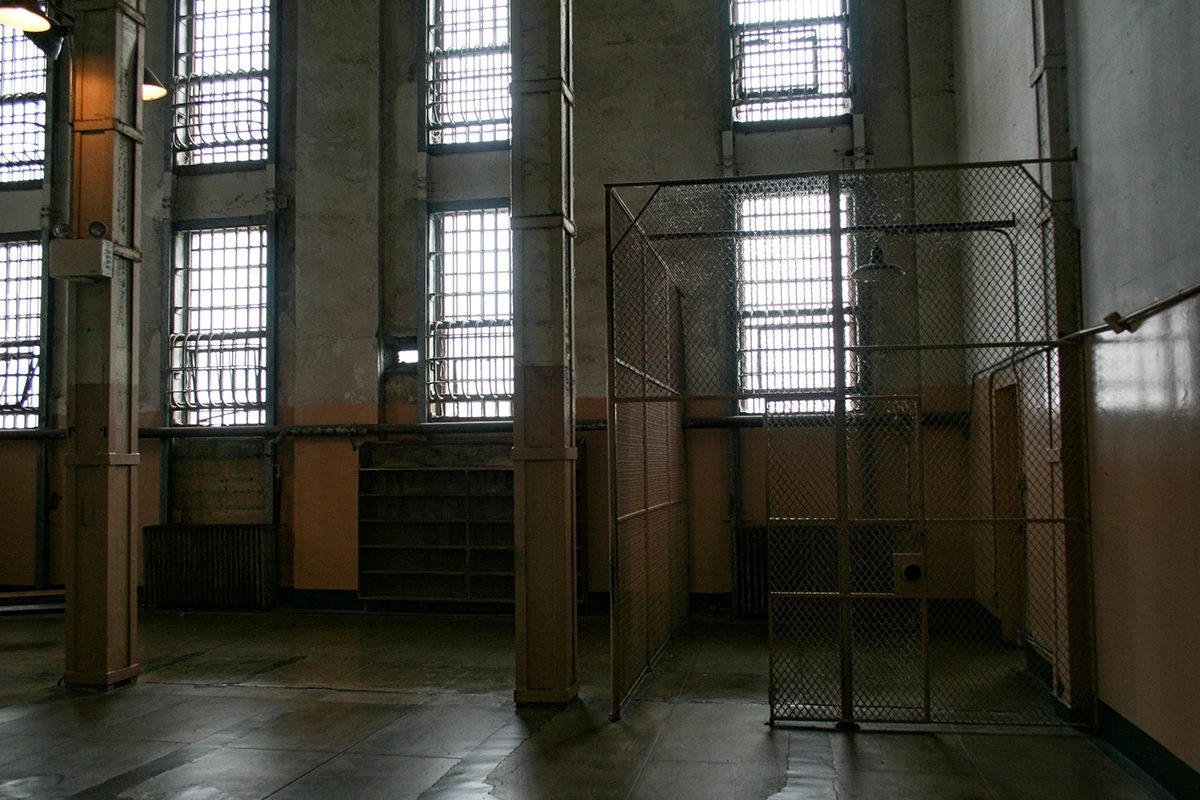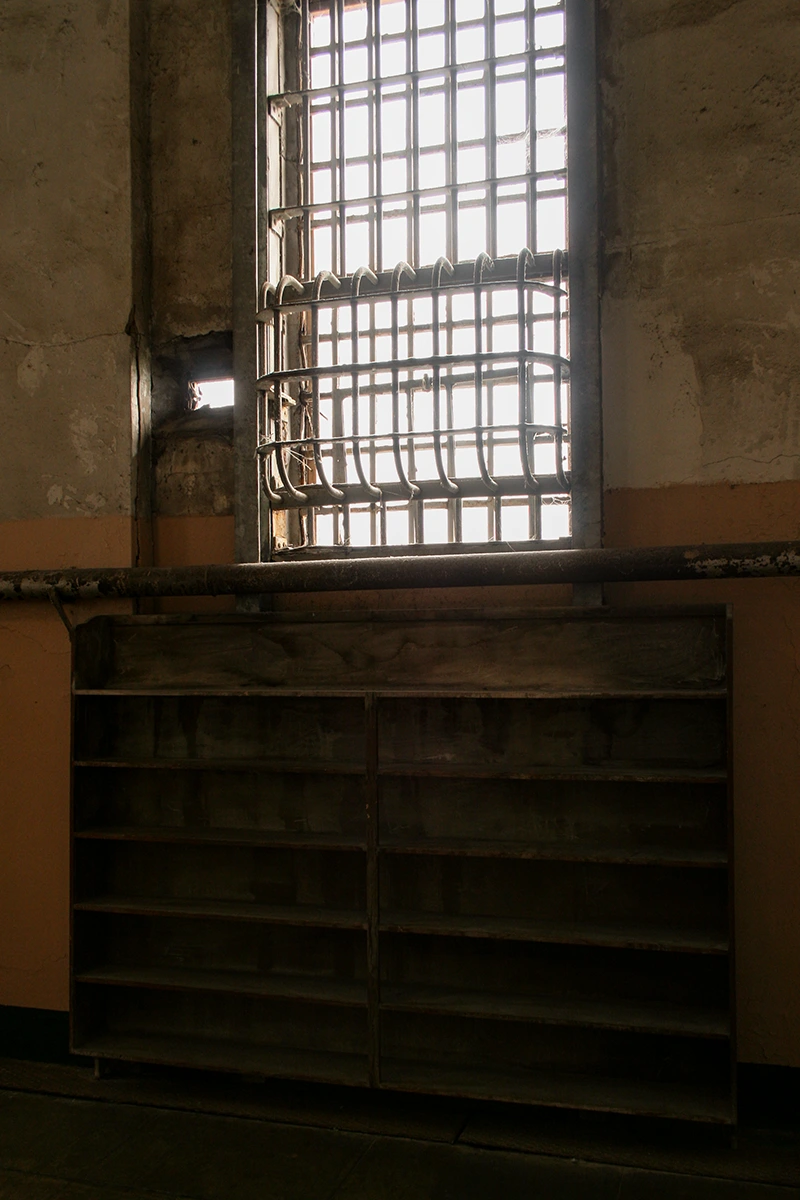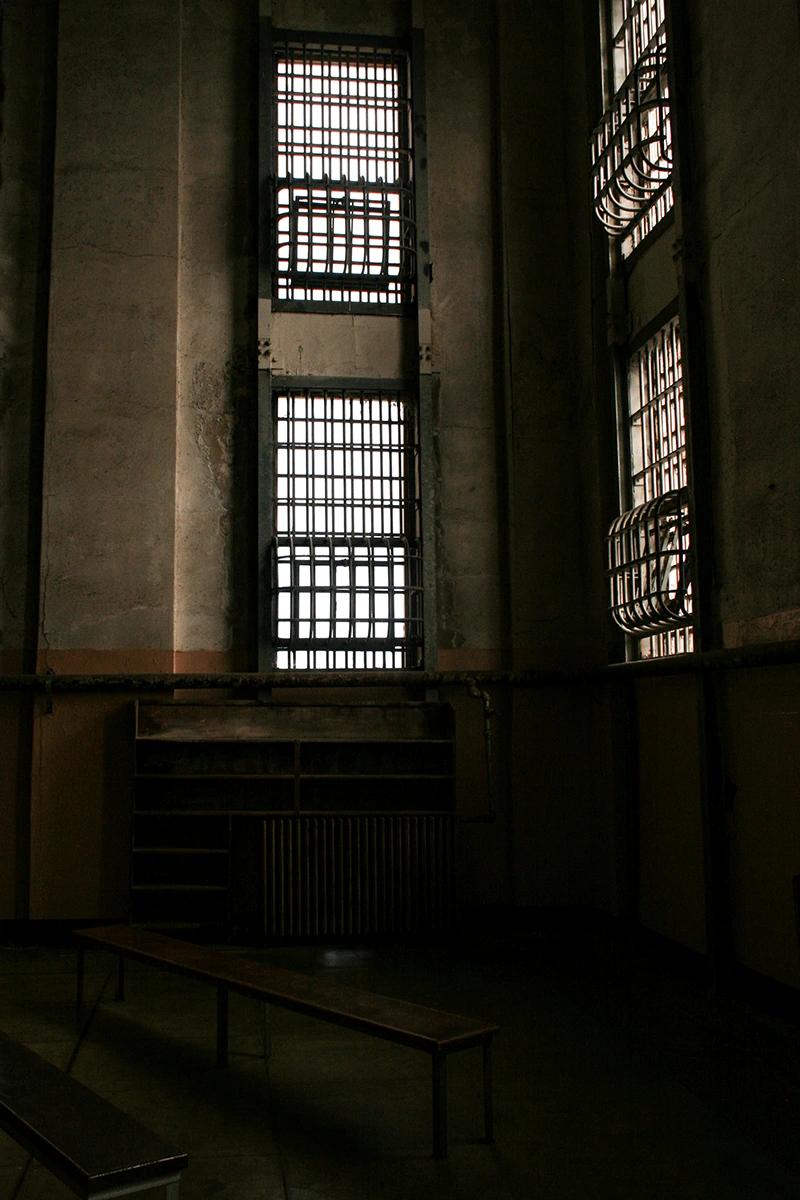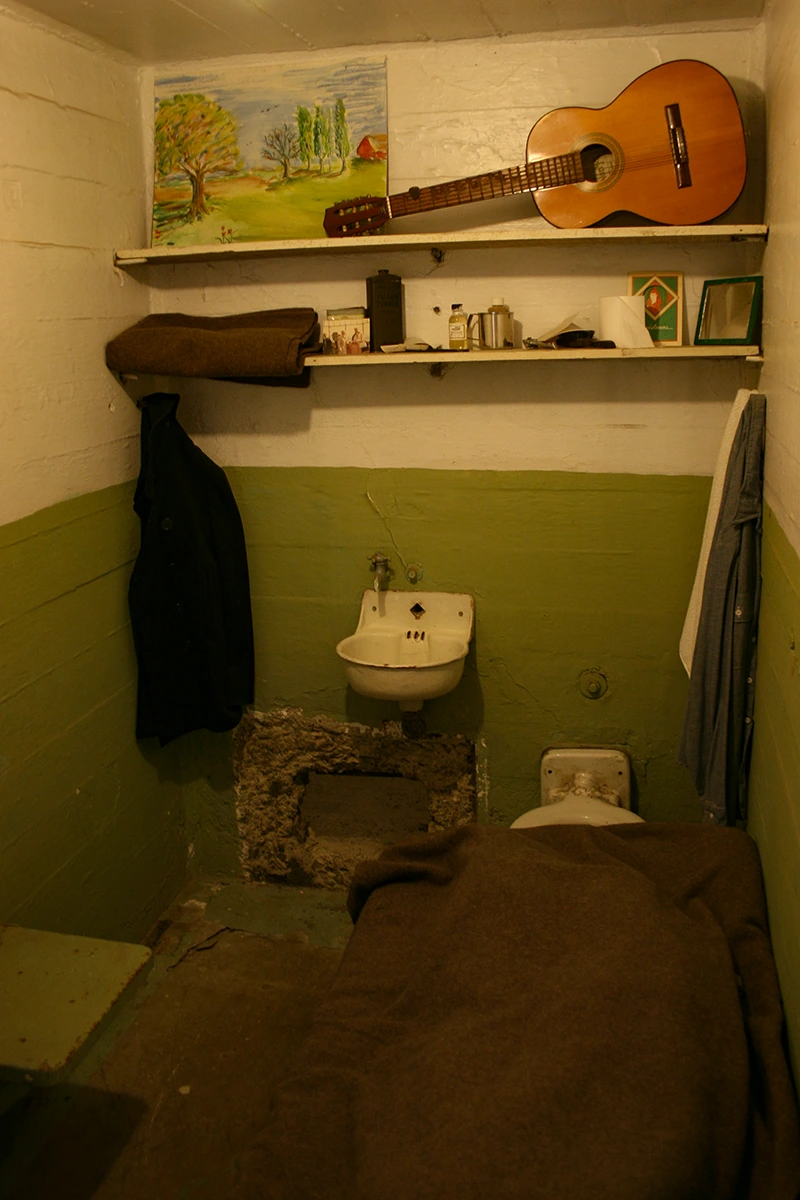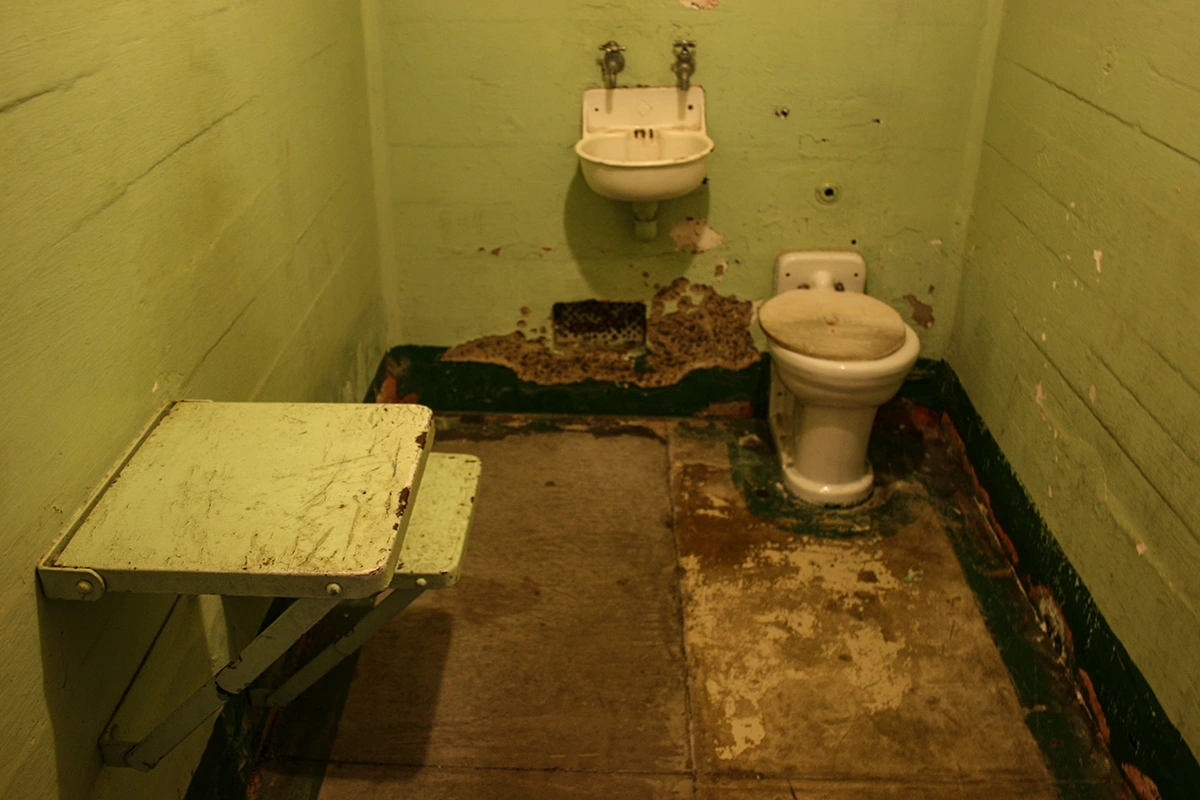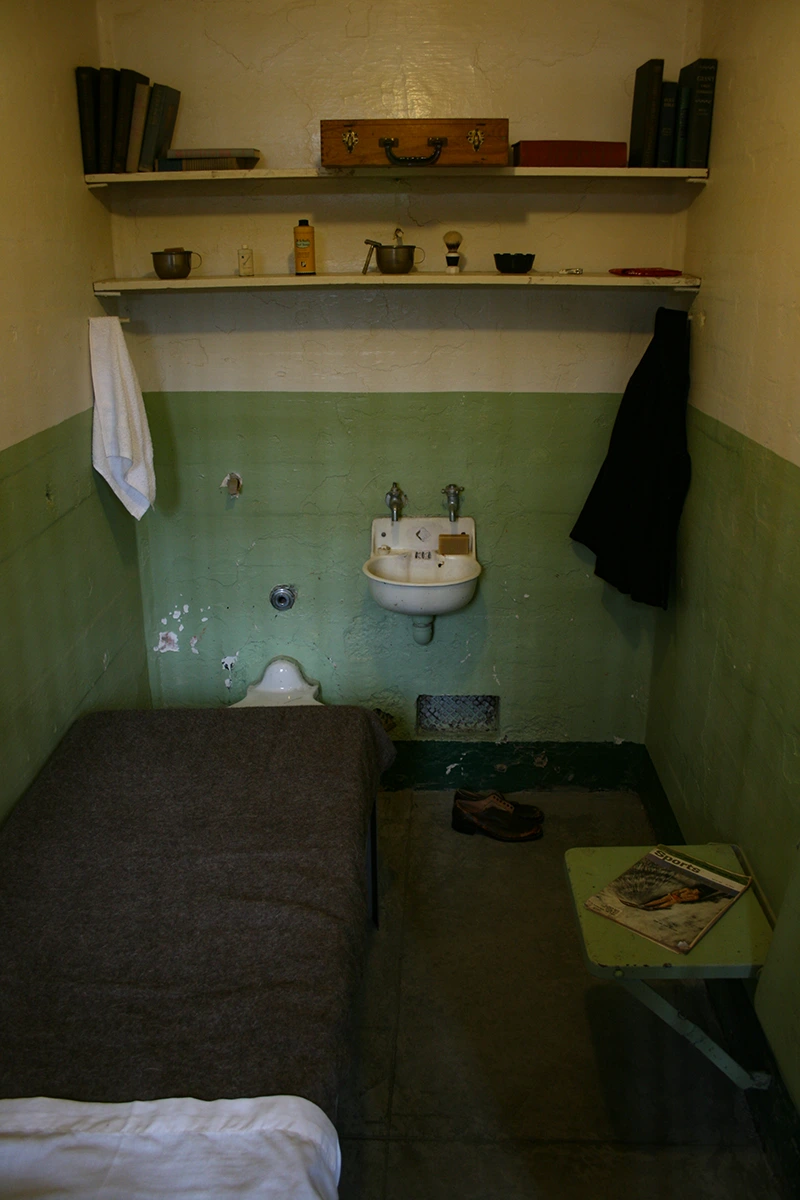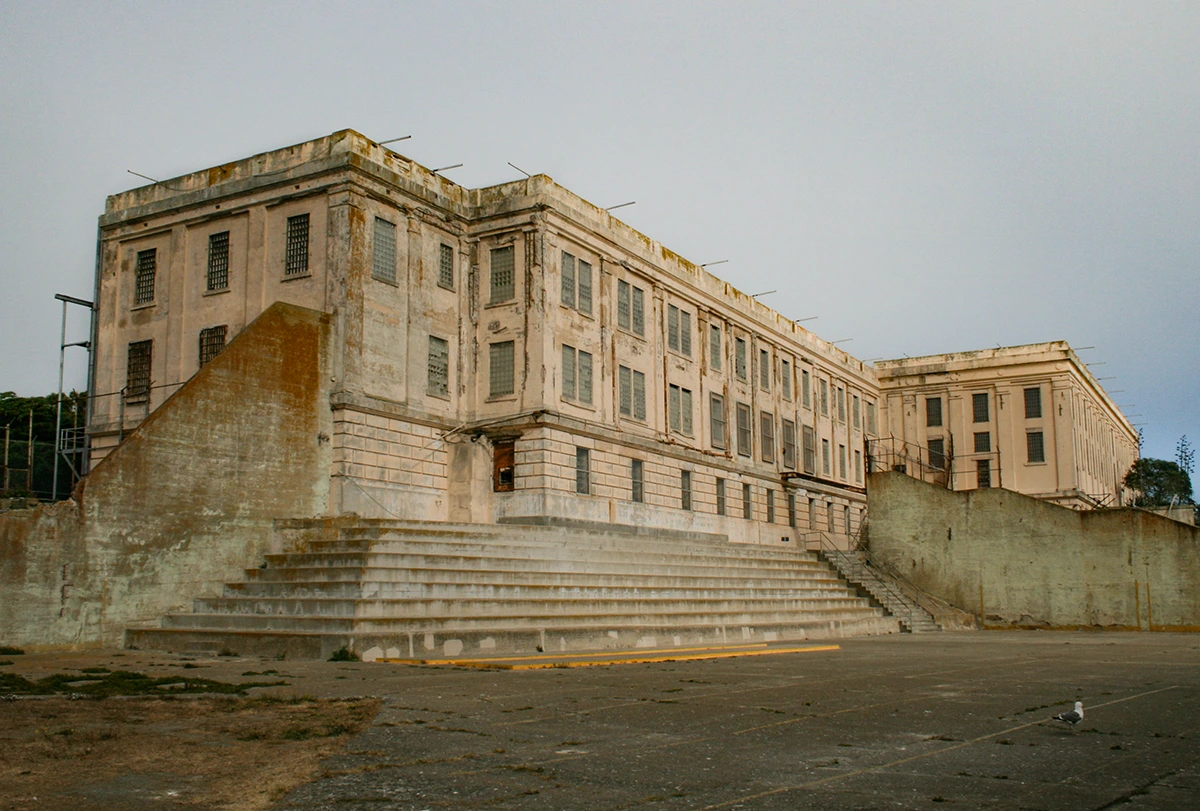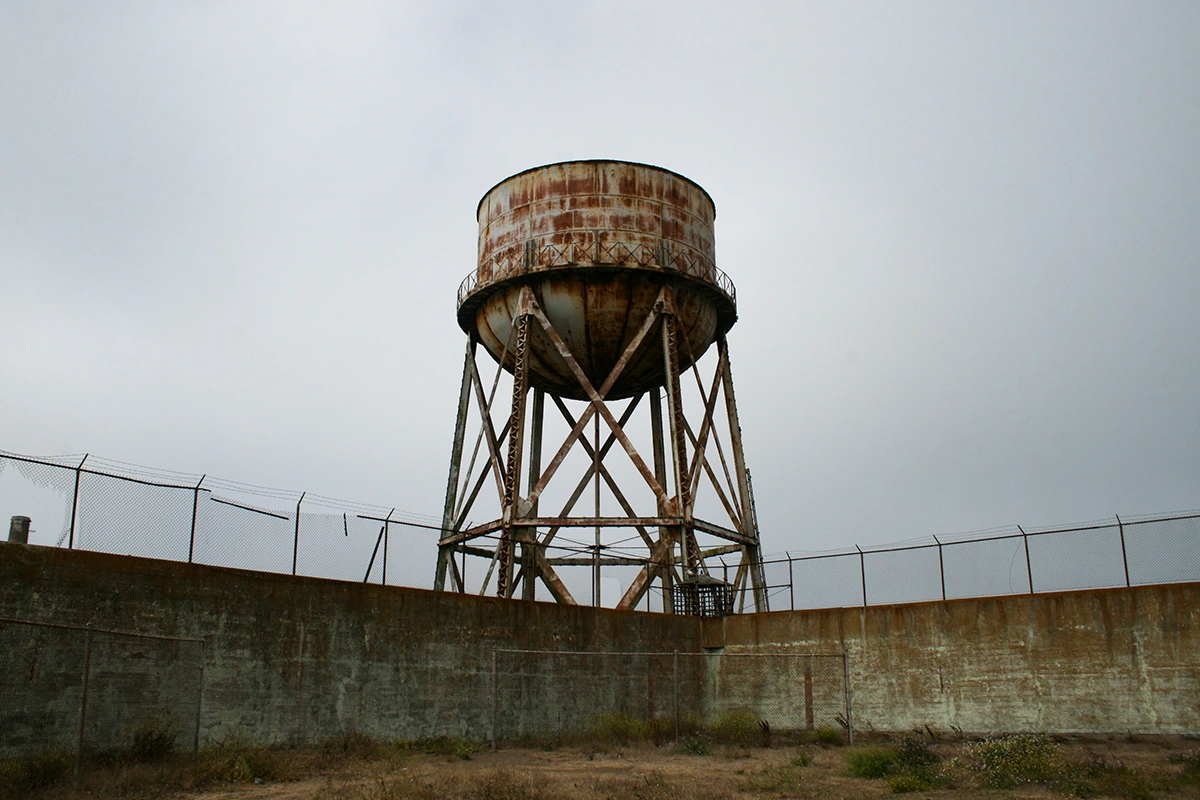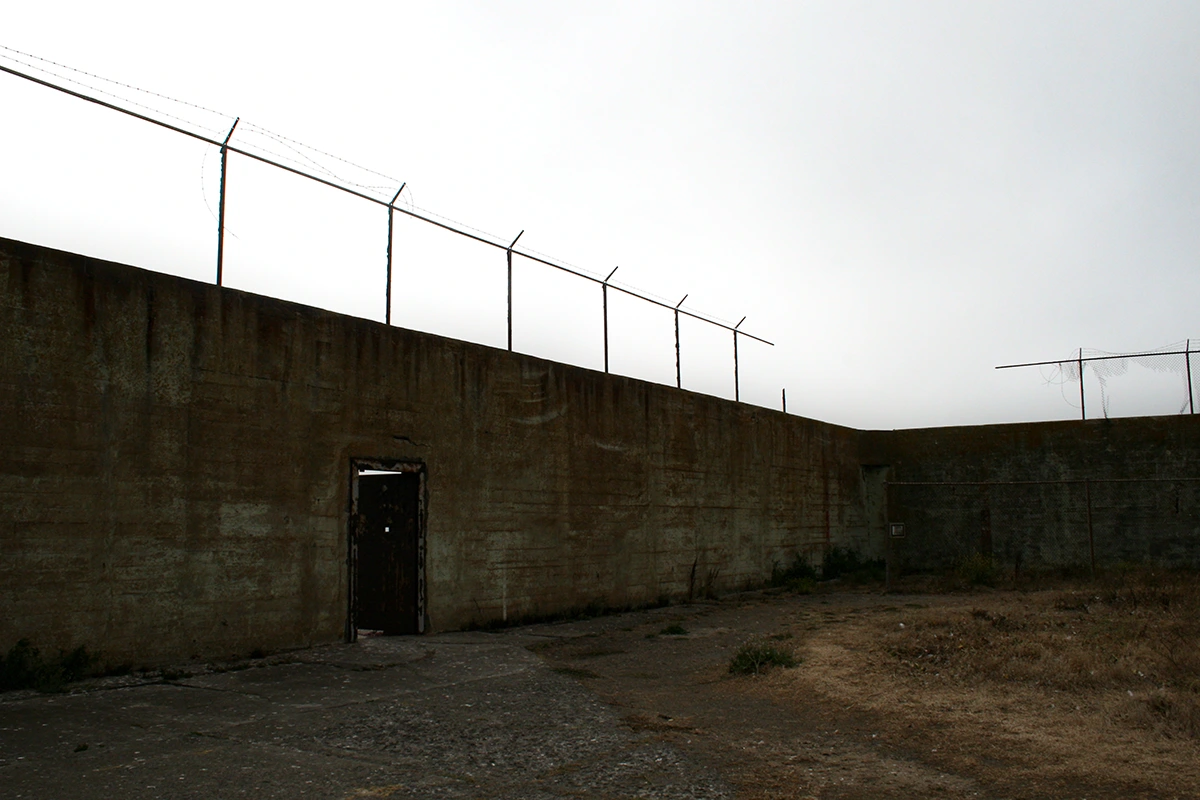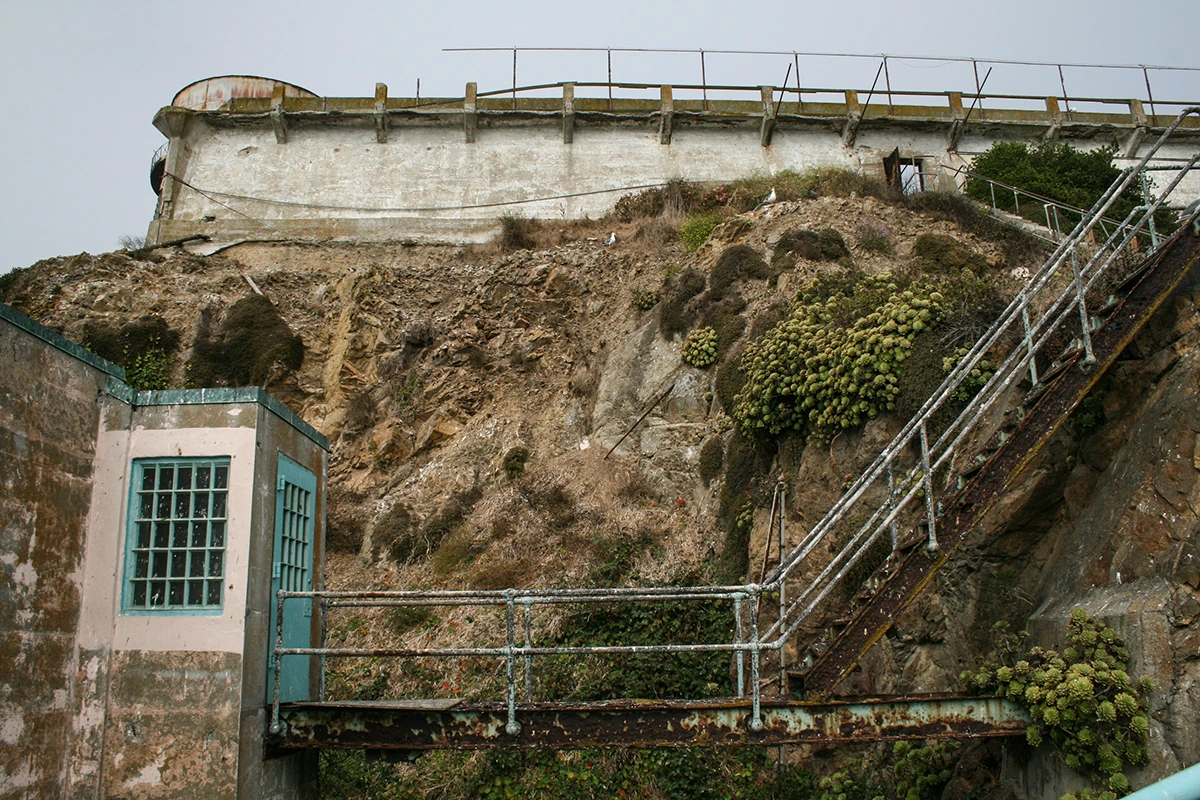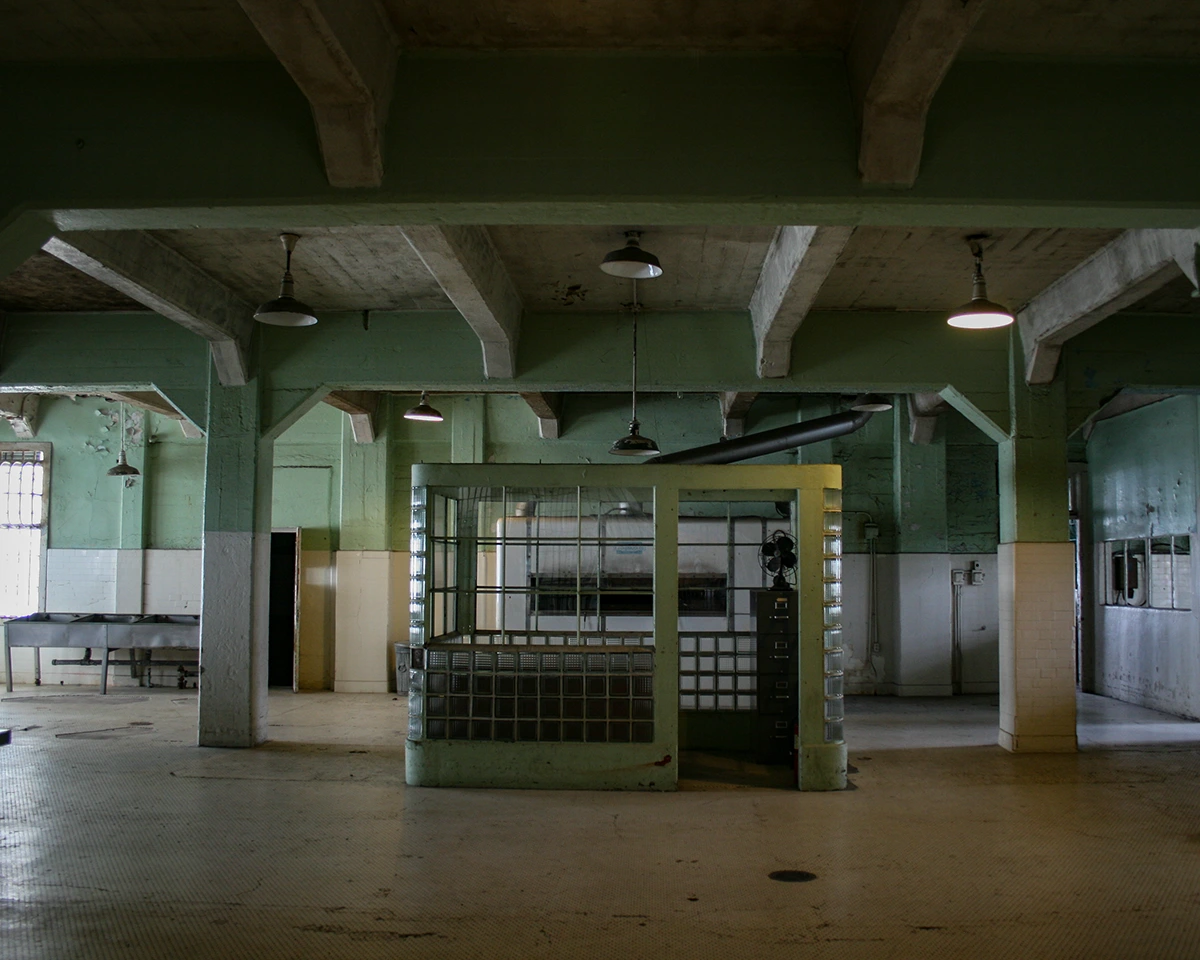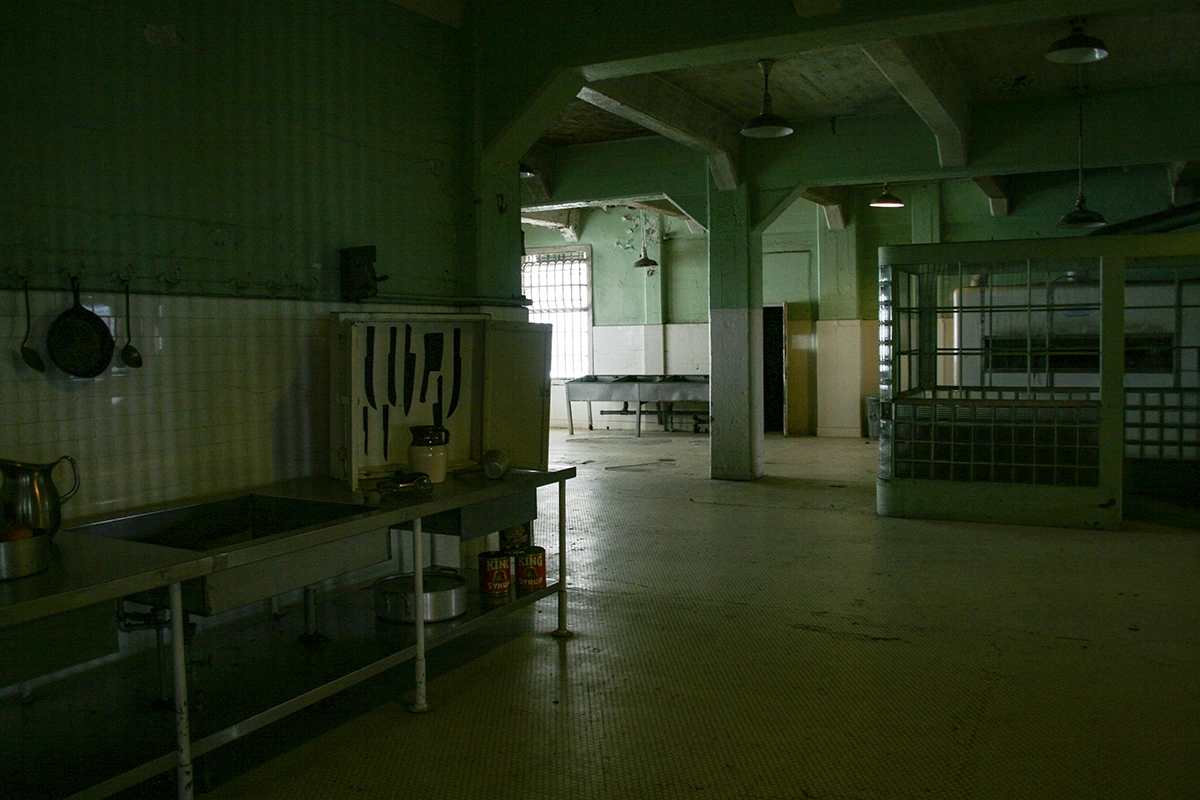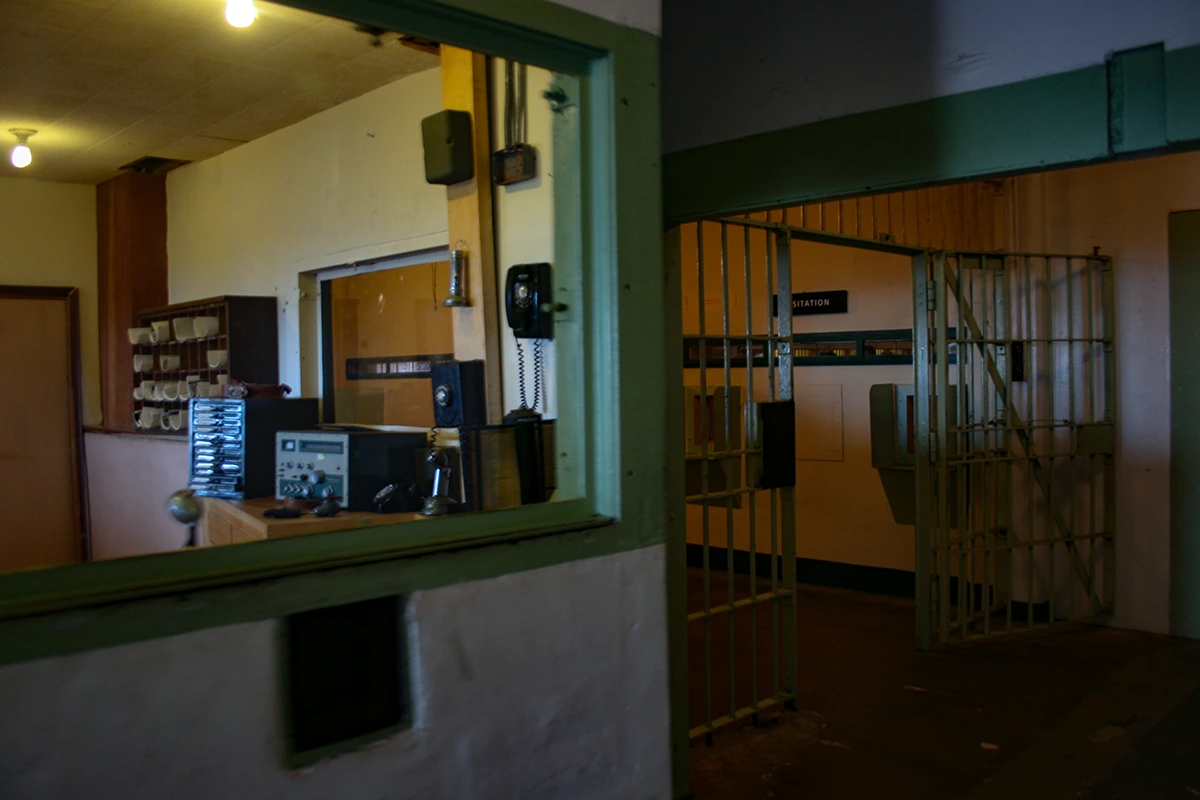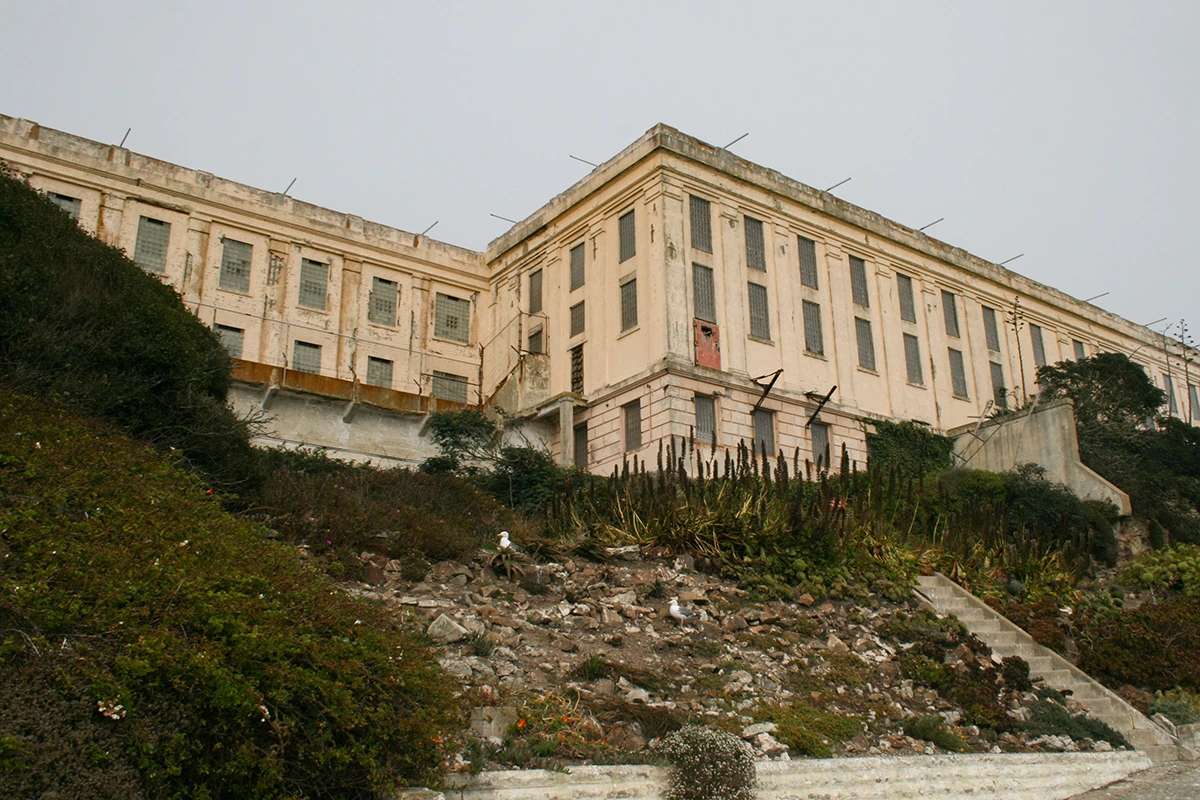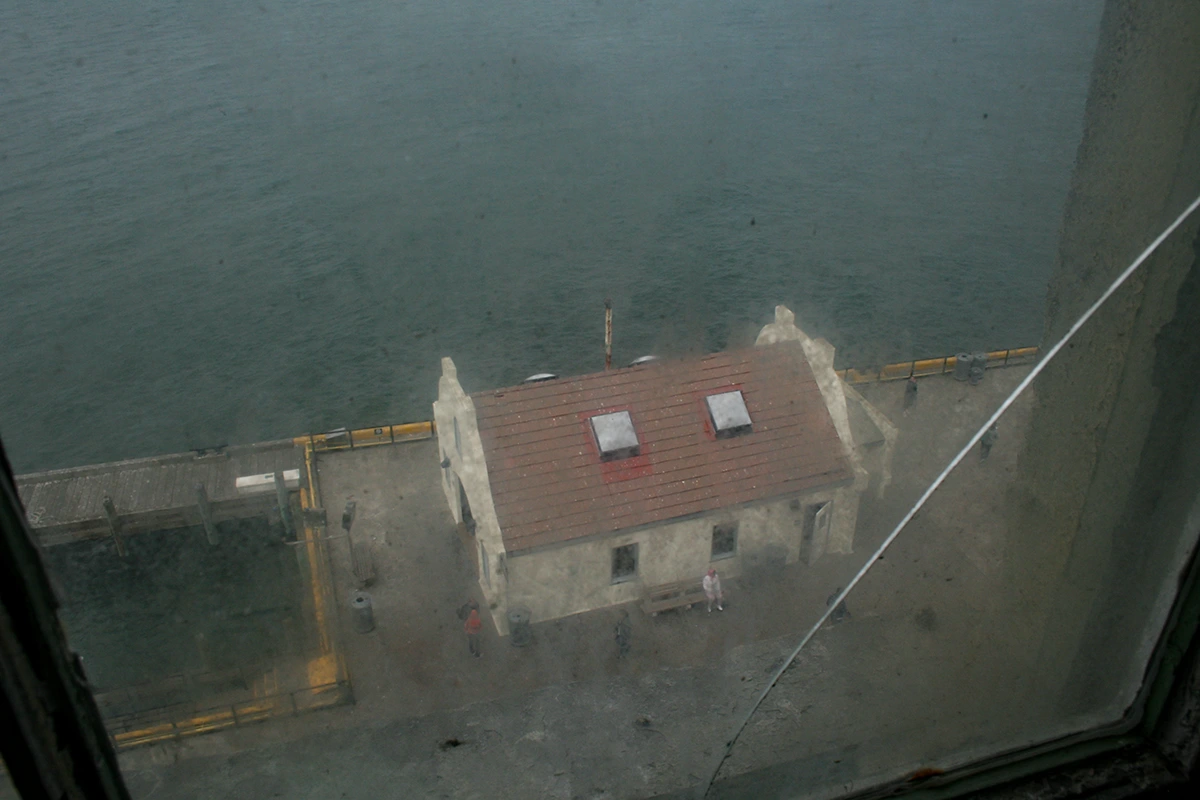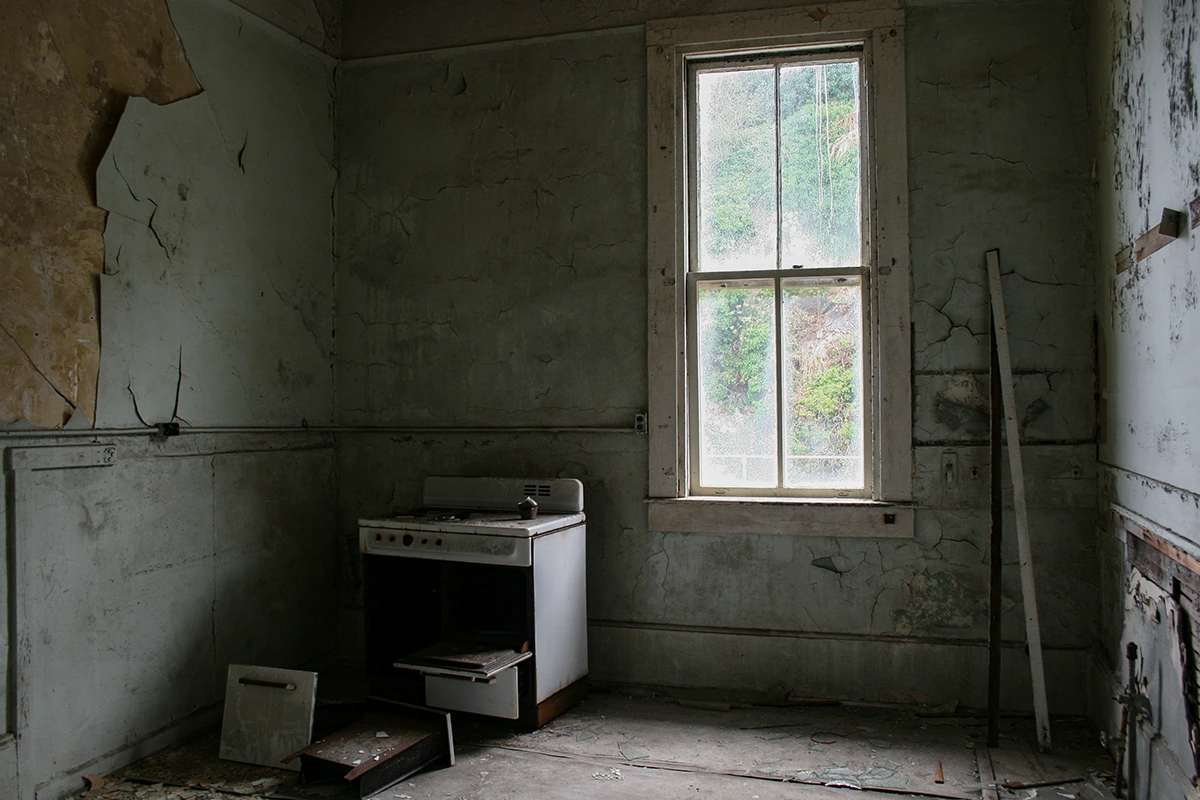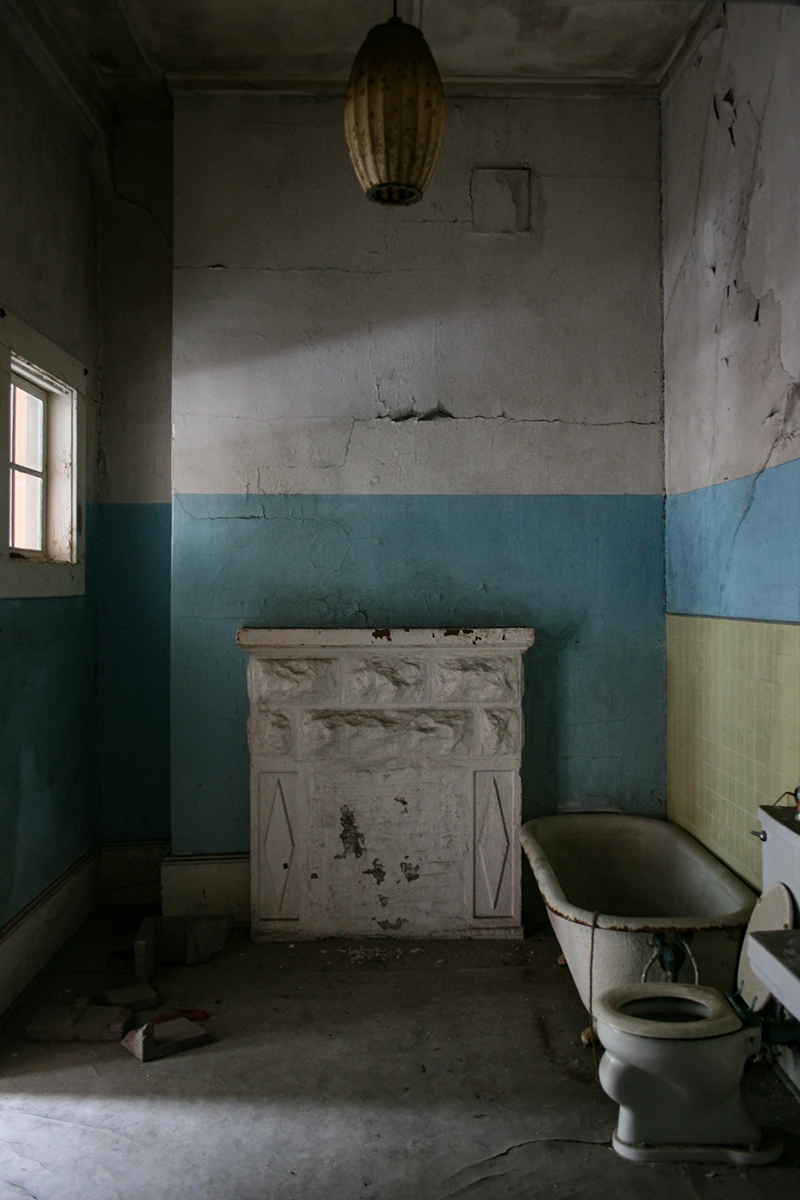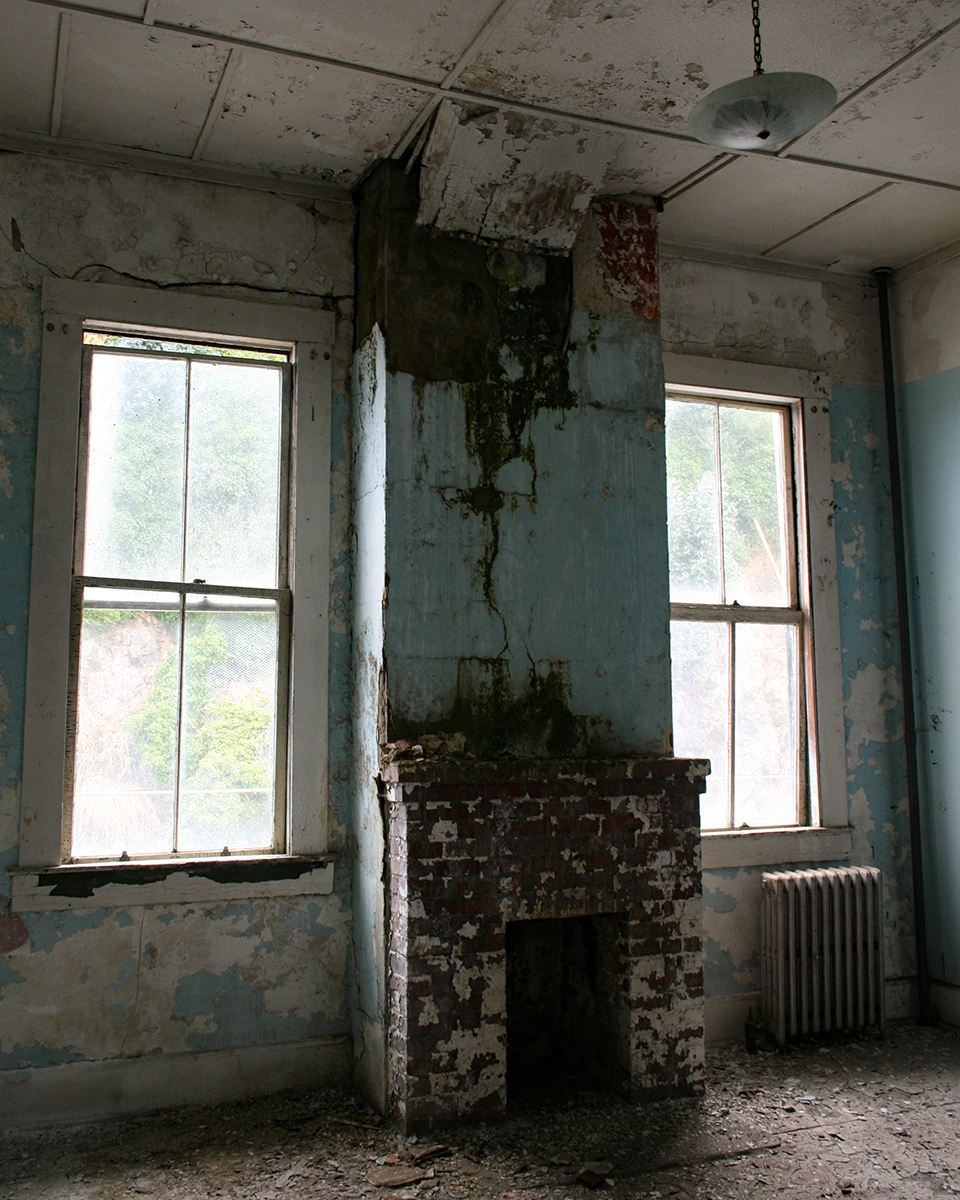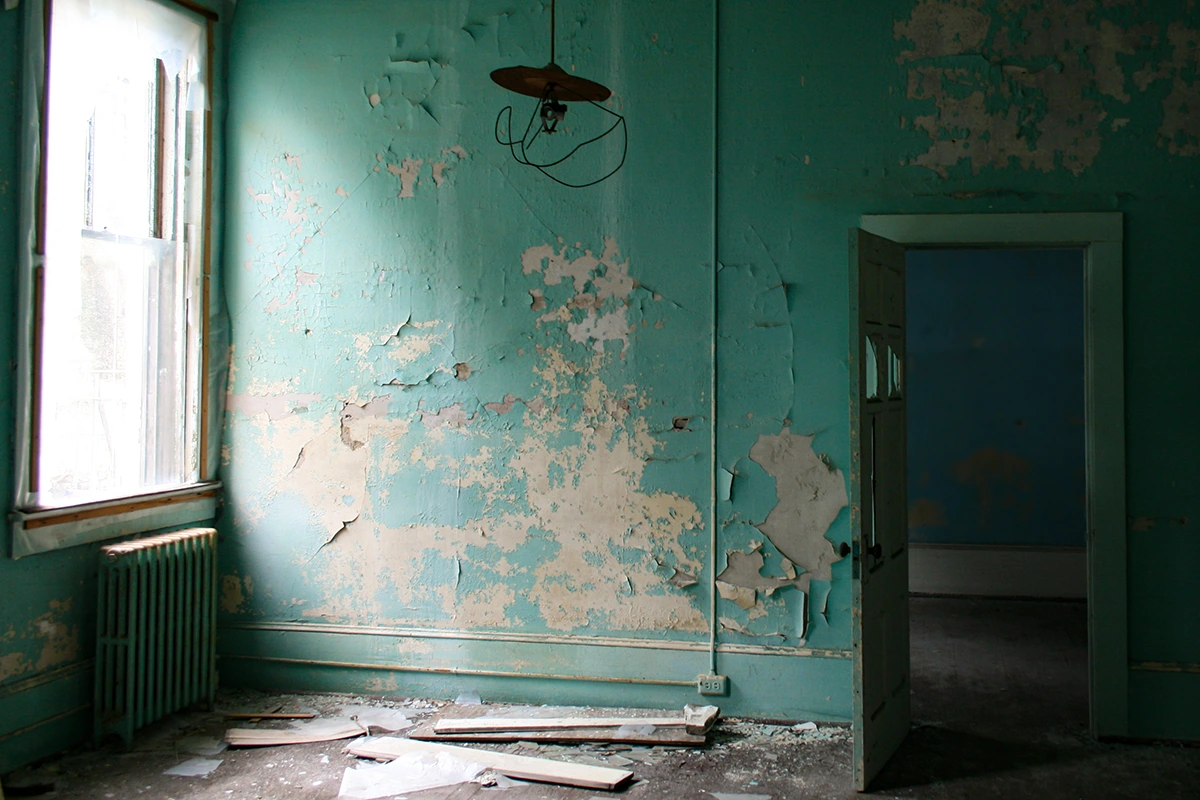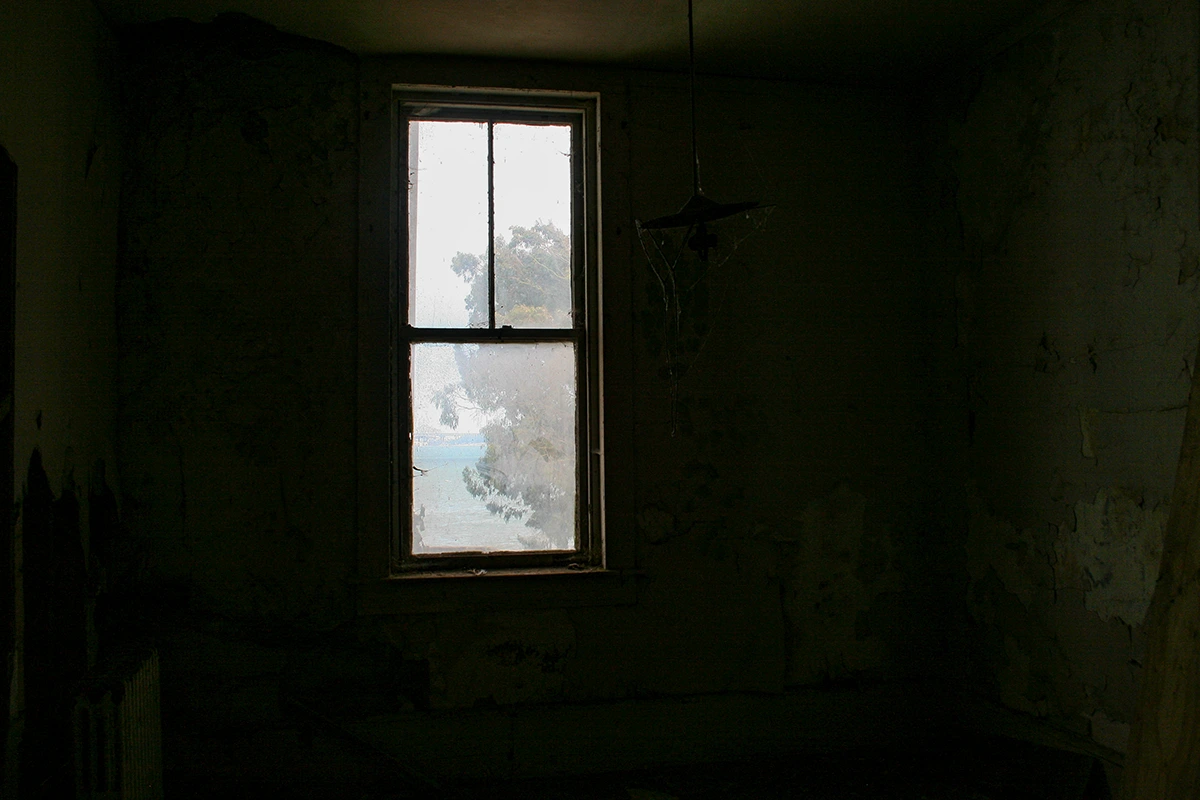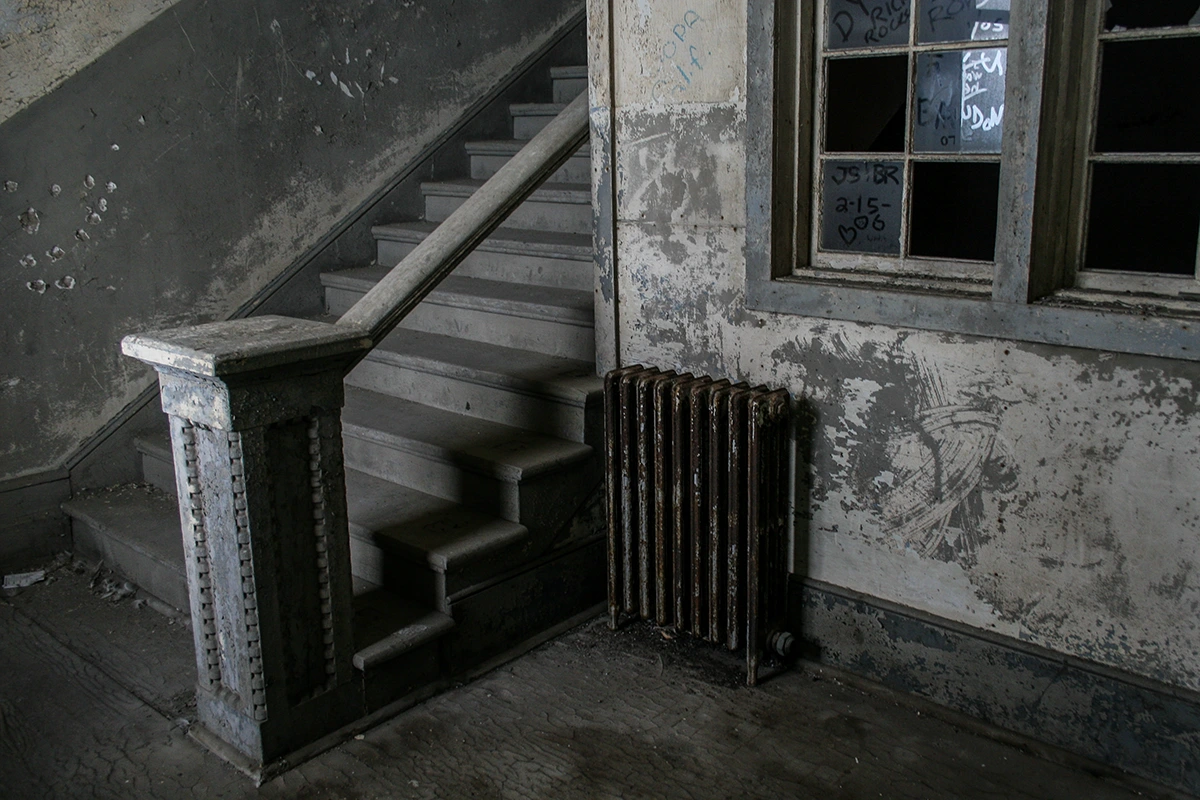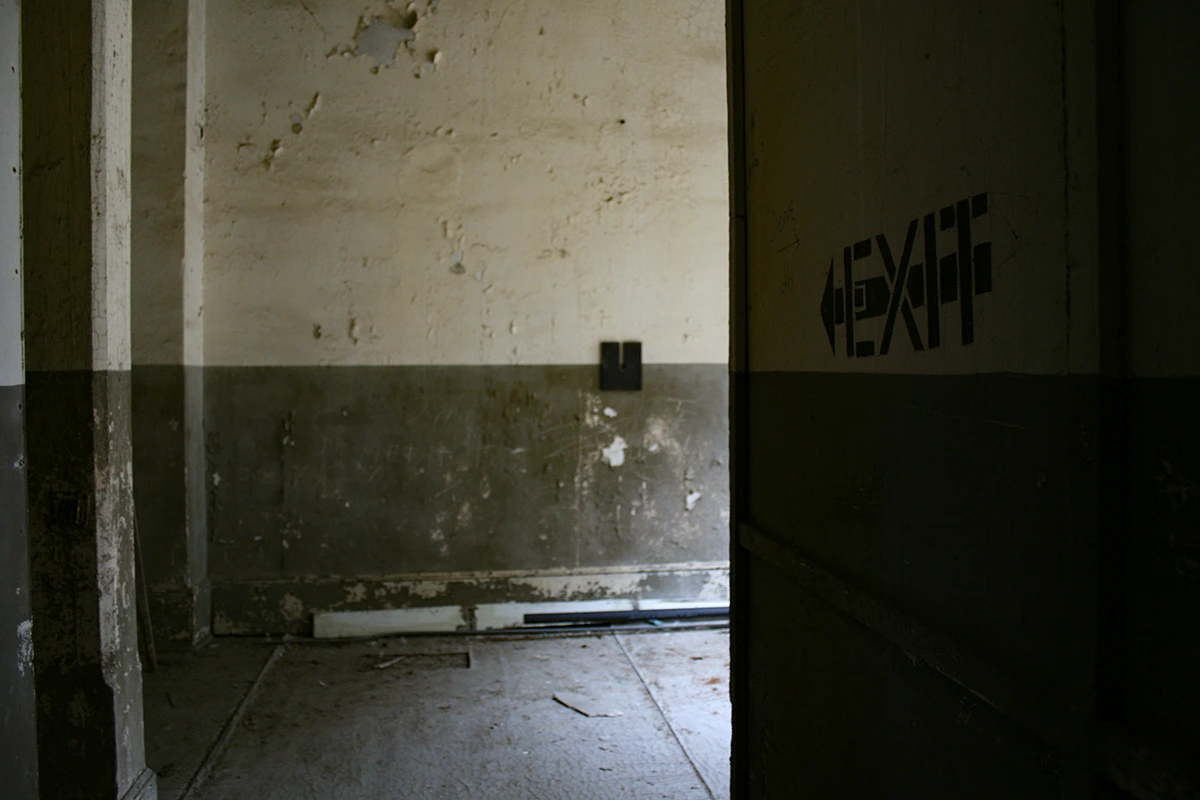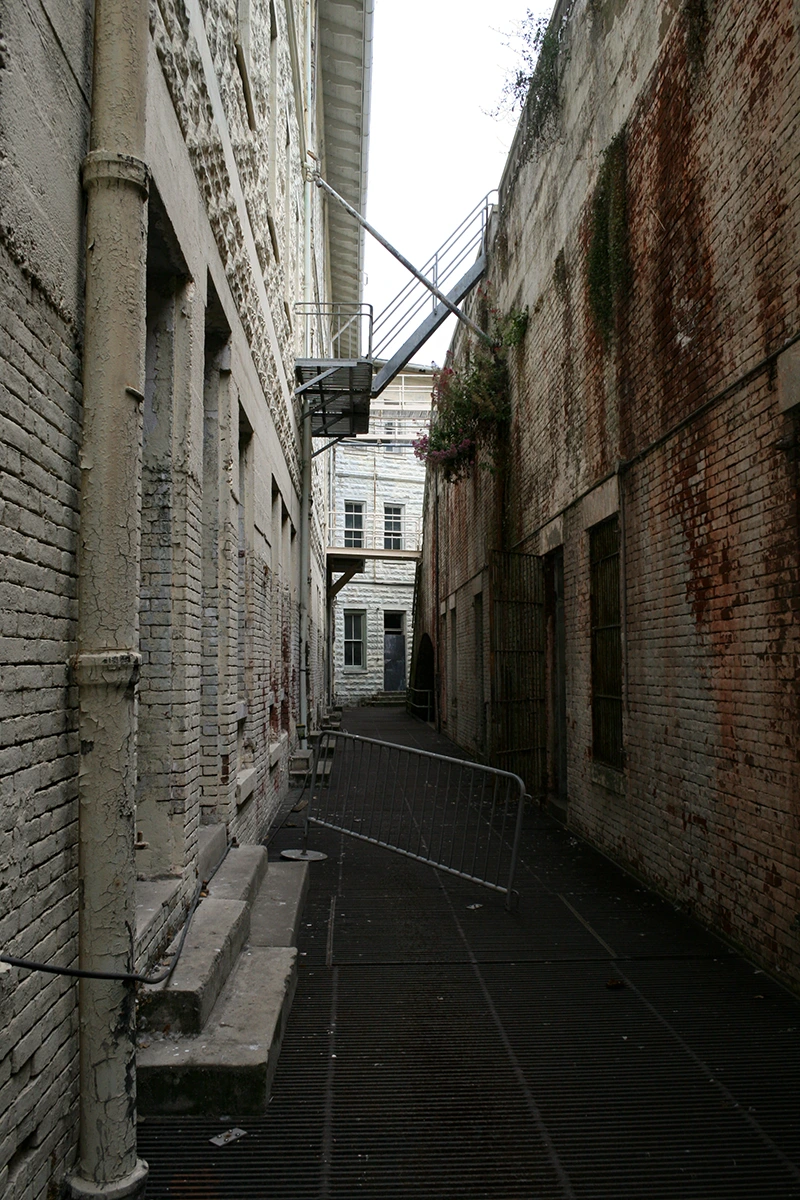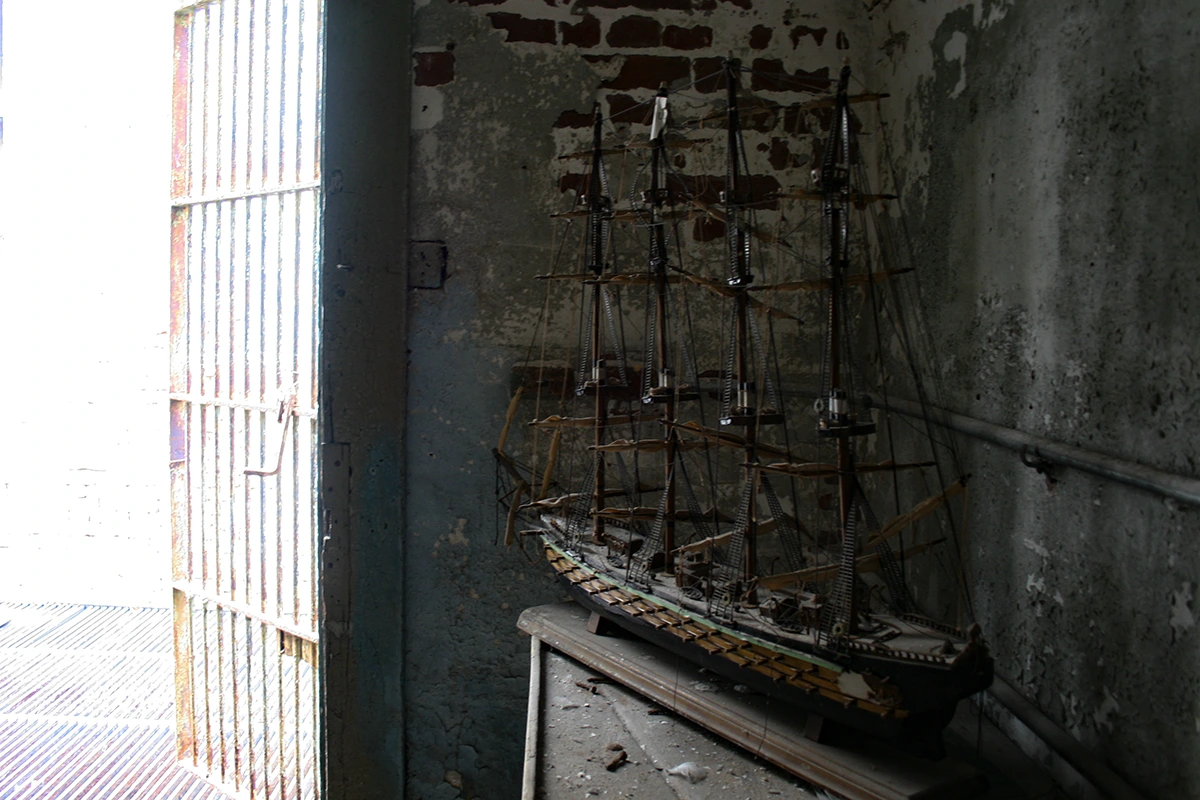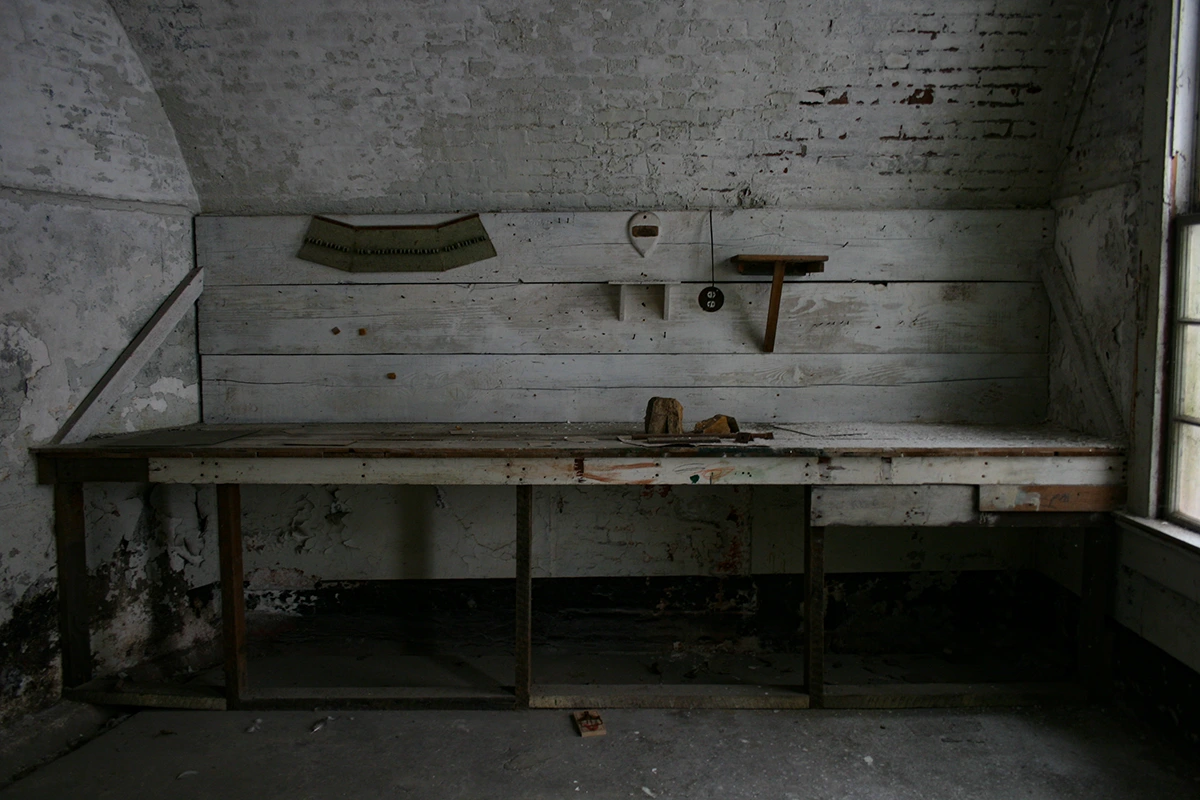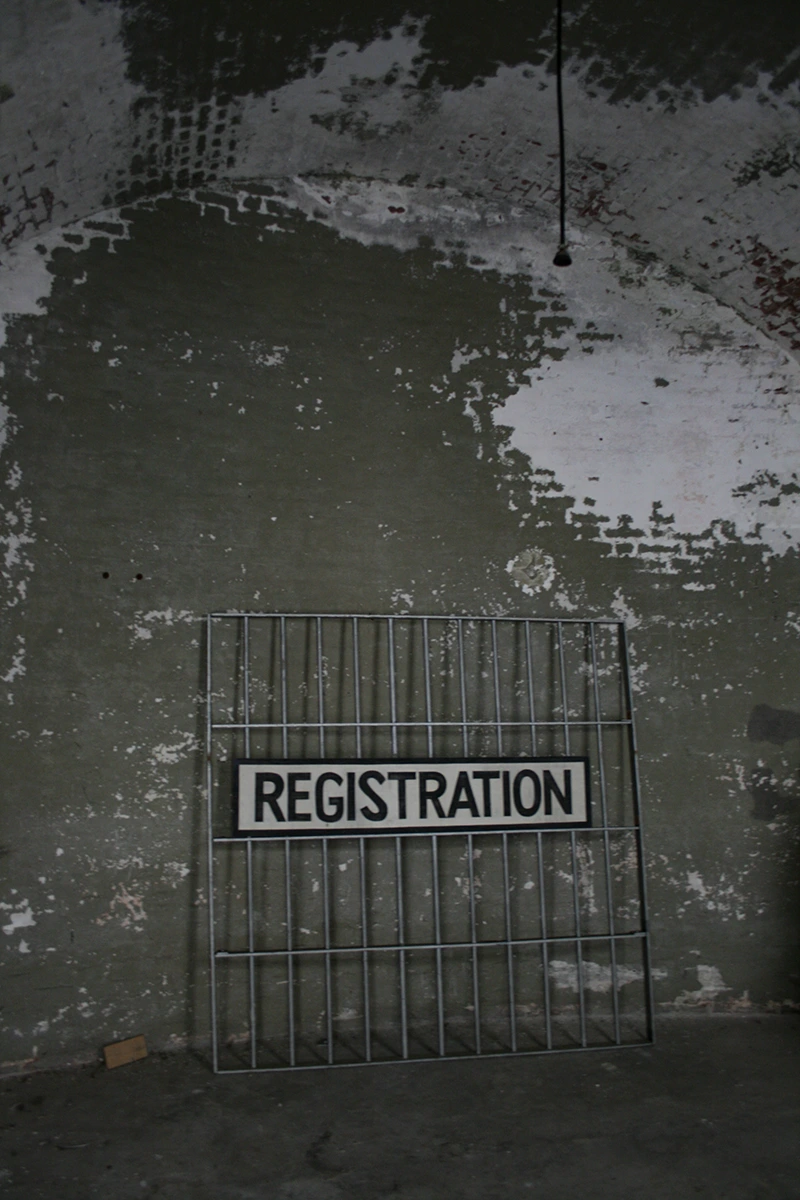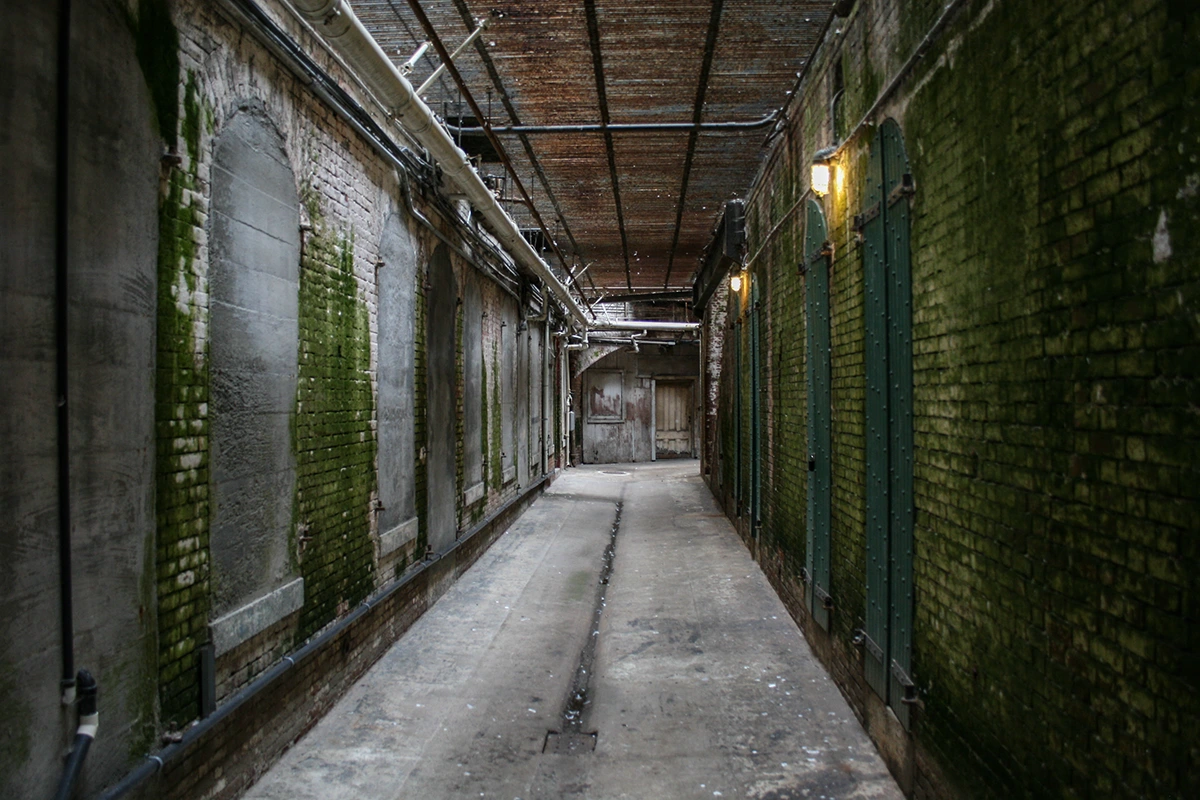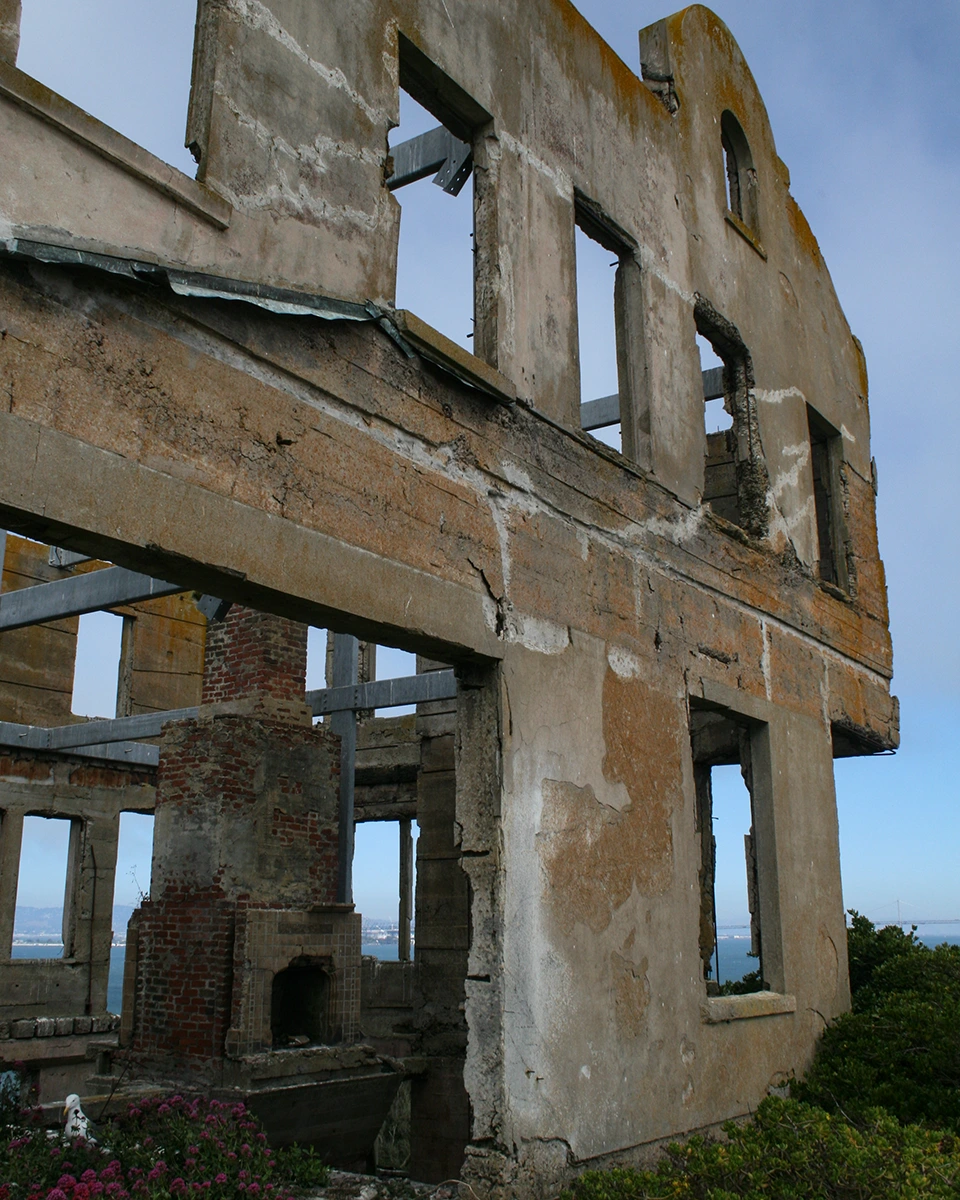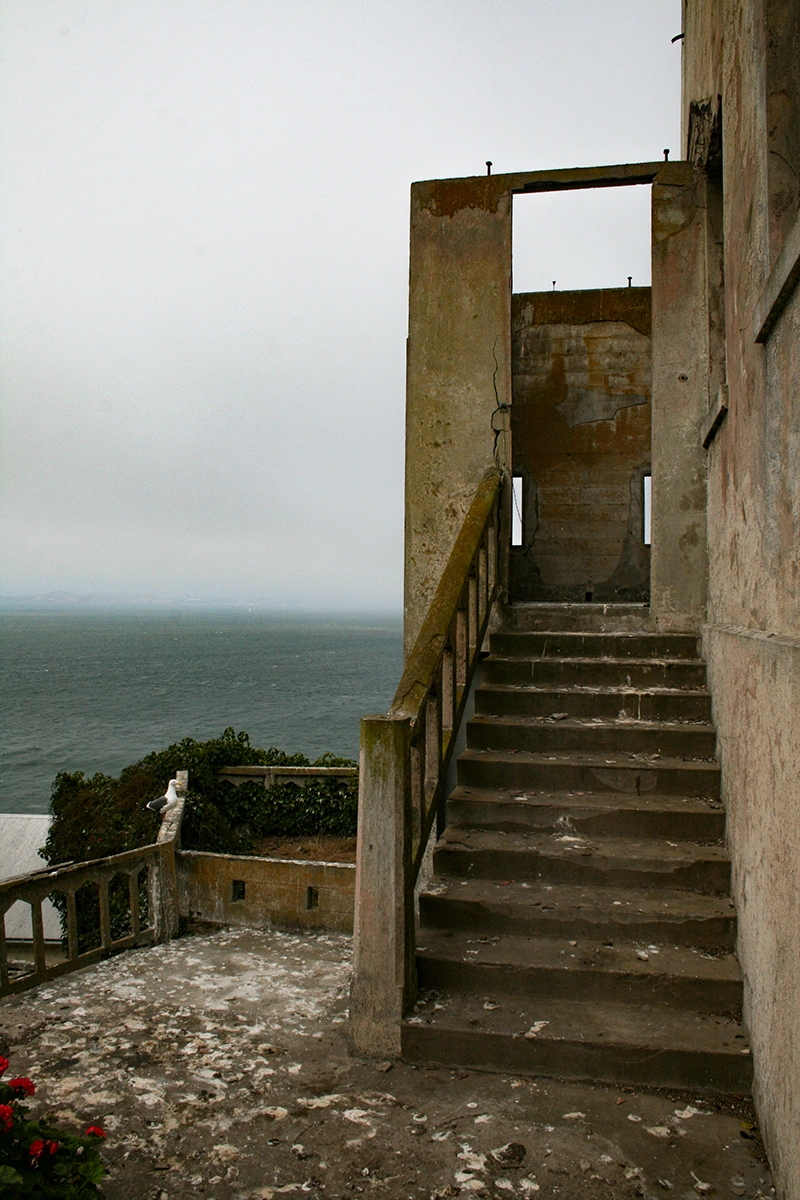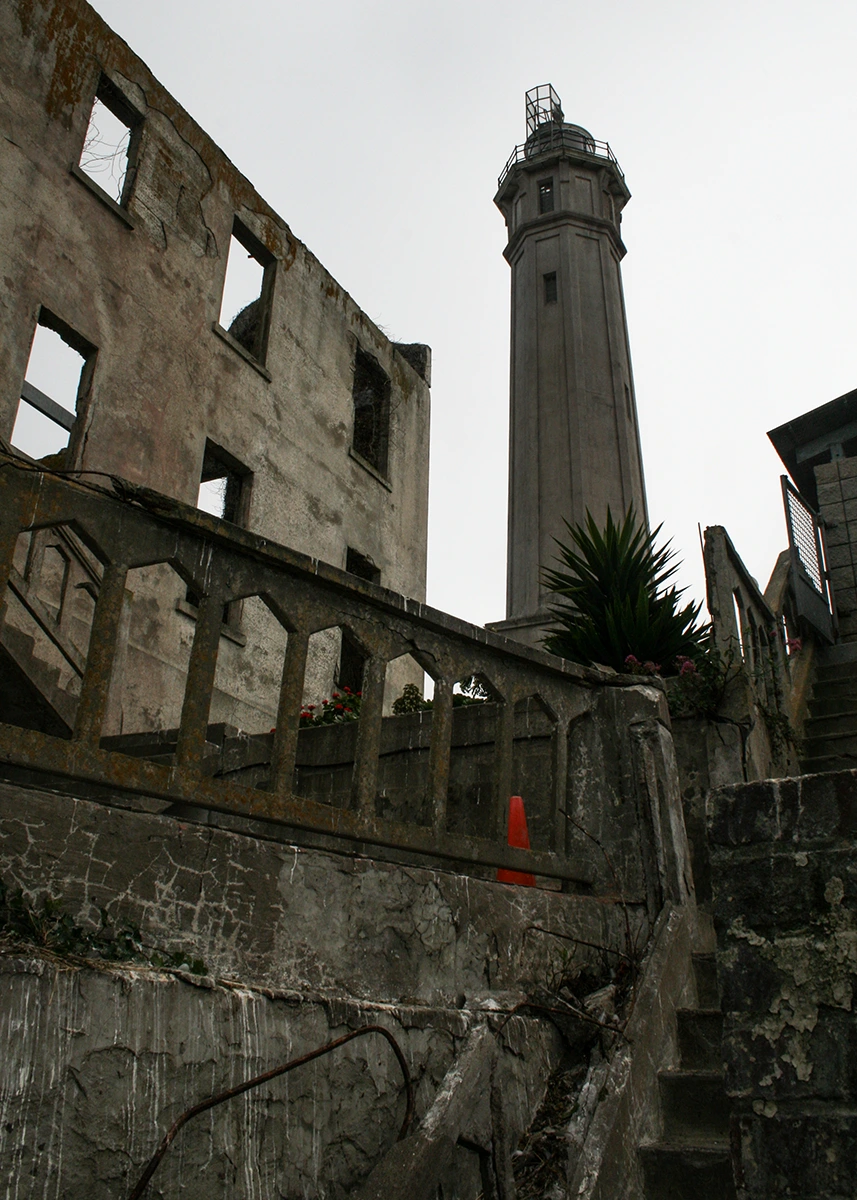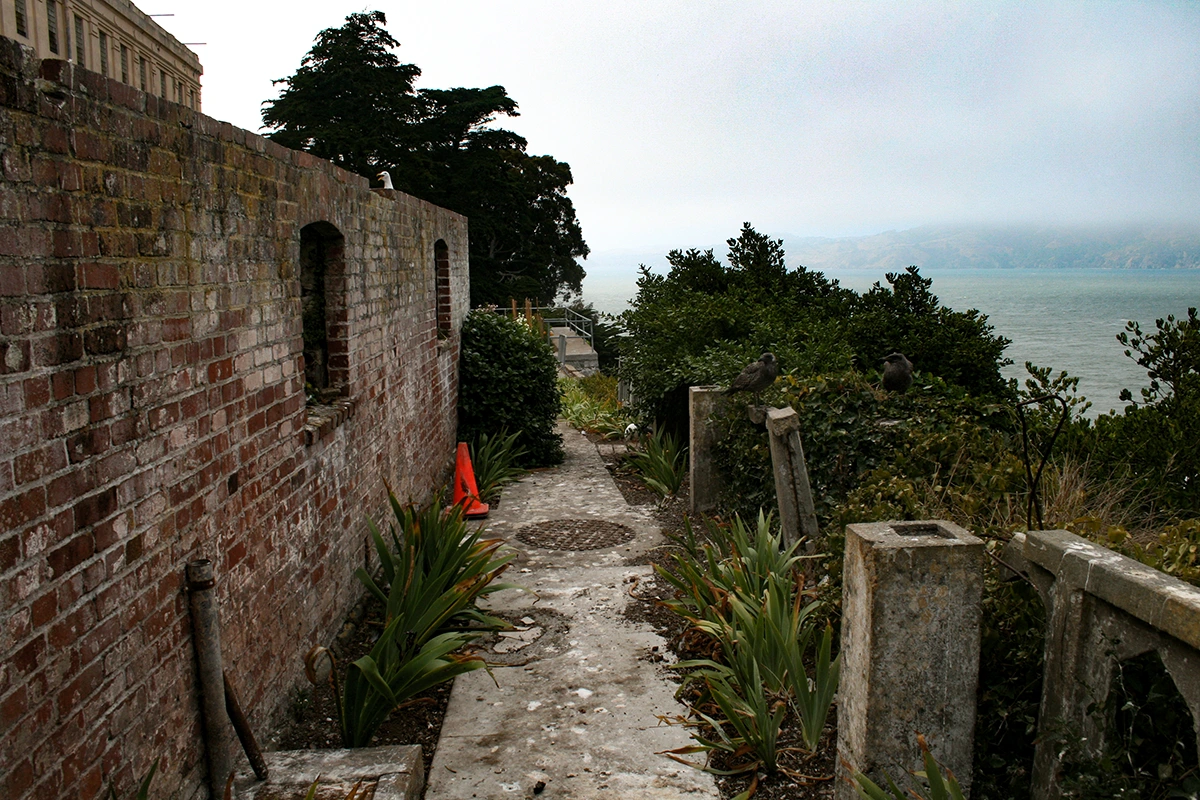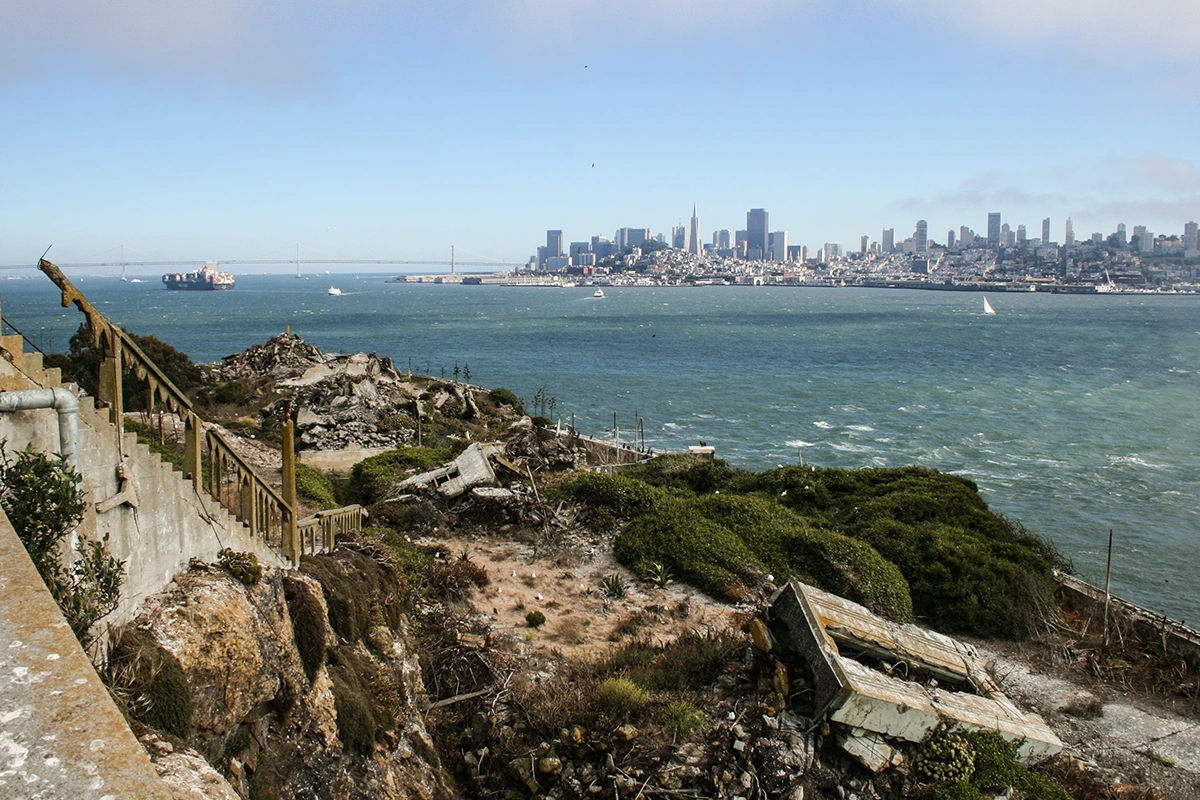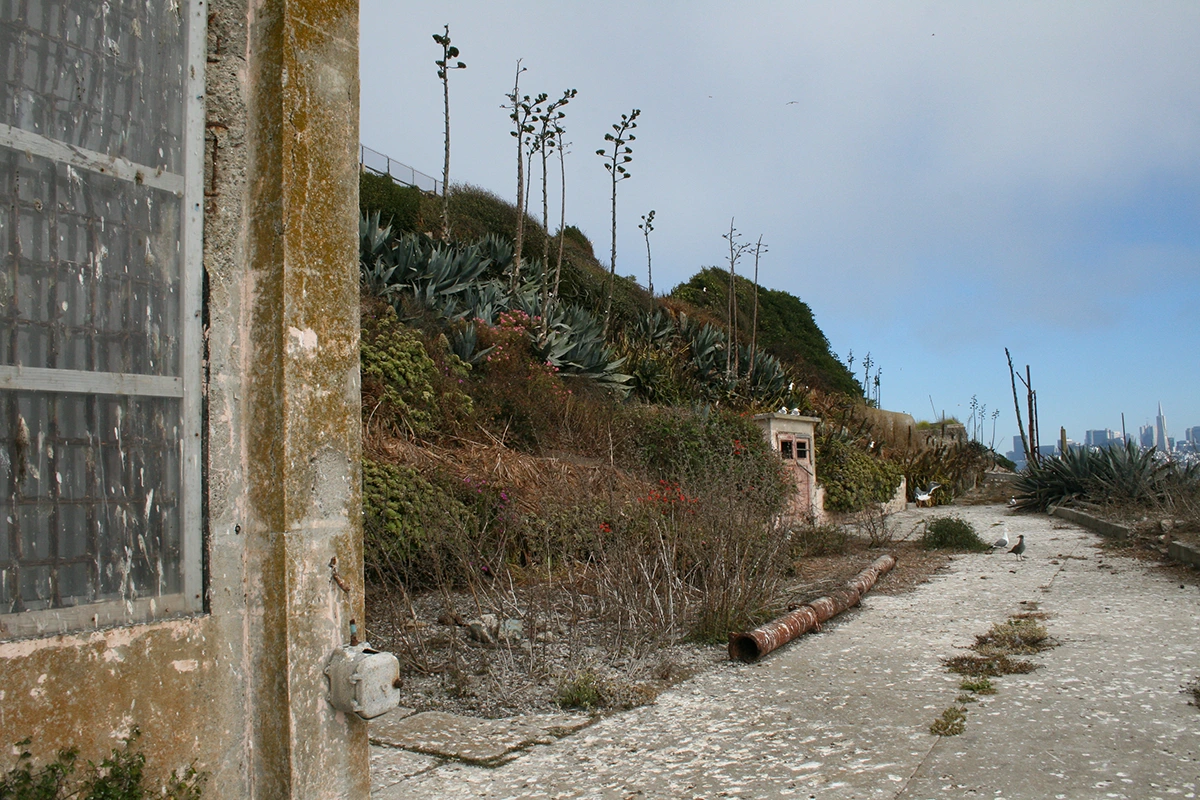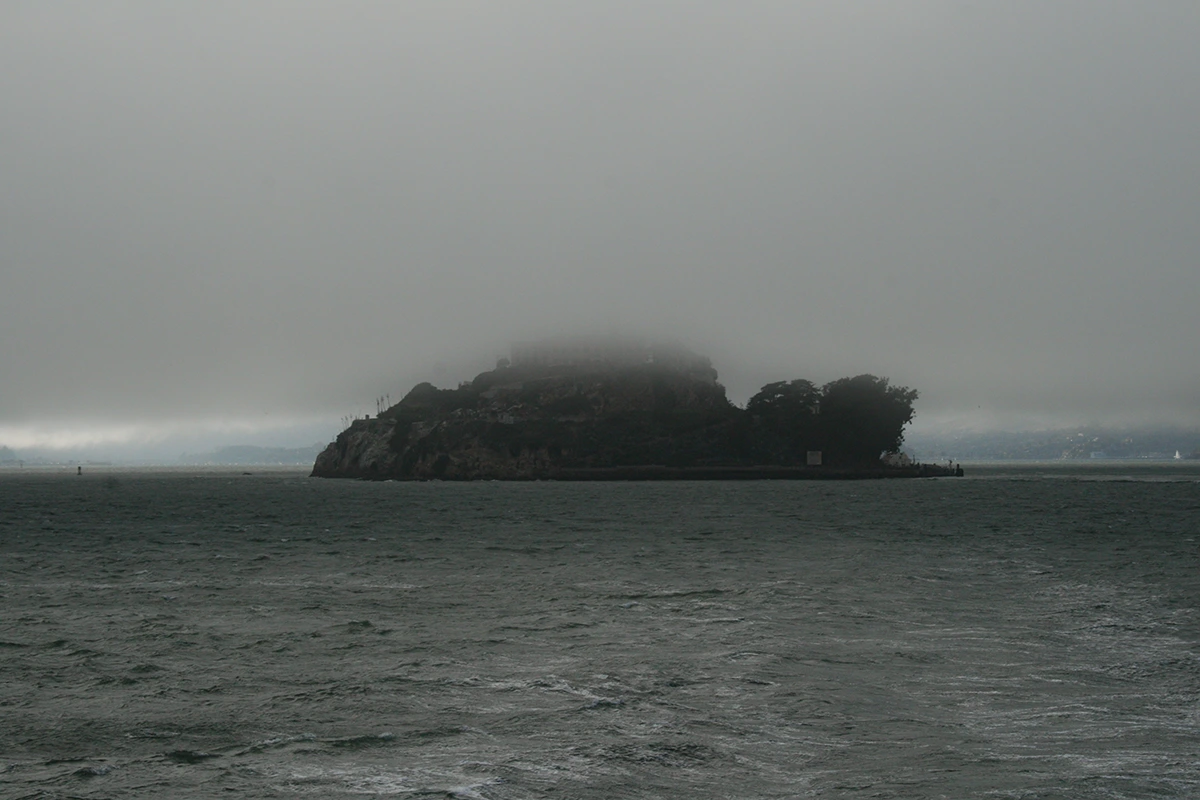Monday, August 16, 2010
Trip Report - Part Three
On August 11th and 12th, 2010, I had the opportunity to visit San Francisco, California. This post is Part Three of a Three-Part trip report. See Pt. II here.
After exploring the Marin Headlands in Northern San Francisco, including a trip down the side of a mountain through unidentified vegetation, I rushed over to Pier 33 in hopes of making it in time for the boat to Alcatraz Island. Standing in line at Pier 33 was one of the rare moments in the trip that wasn't lost in a blur of rushing around from one place to the next. I checked with the desk and my spot was confirmed. I made it. Back at home before I left, I made the painful realization that Alcatraz was sold out for the duration of this trip. The infamous island prison that I had dreamed about since I was young was shutting me out. It wasn't until I had already left Saint Louis and was en route to San Francisco that my amazing girlfriend wife was able to snatch up a cancelled ticket as part of their first-come, first-serve policy. Alcatraz turned out to be the best part of the trip and one of my all time favorite locations that I've ever explored.
History of Alcatraz
There are a gazillion websites which already exist that go into great detail on the history of Alcatraz, so I will simply provide a brief summary here.
Alcatraz was first documented by Europeans in 1775 when Spanish explorer Juan Manuel de Ayala charted the bay area. Alcatraz island at the time was named "La Isla de los Alcatraces". Alcatraz is an old Spanish word which means "pelicans" and the island was so named because of the large population of pelicans observed here. In 1846, the United States purchased the island for $5,000 and in 1850, President Millard Fillmore ordered the island to be set aside as a miliary reservation following the acquisistion of California from Mexico as a result of the Mexican-American war. Beginning in 1853, Alcatraz island was built up as a military fortress with the construction of the "Citadel" and by the American Civil War, the island was covered by more than 100 canons and was simultaneously being used as a miliary prison.
In 1909, the Citadel was demolished down to the first floor for construction of the main cell block which was completed in 1912. This new prison was designated as the U.S. Disciplinary Barracks for the U.S. Army, Pacific Branch. It served in this role until October 12, 1933 when the Army's 80-year ownership of the island ended with its transferral to the U.S. Department of Justice.
On August 11, 1934, Alcatraz Federal Penitentiary received its first prisoners from Leavenworth and for the remainder of its 29 years as a maximum security prison it specifically housed the most difficult/notorious criminals of the time. Notable among them were Al Capone, "Machine Gun" Kelly, Alvin Karpis, "Doc" Barker and Whitey Bulger. There were 14 escape attempts which resulted in six prisoners shot and killed and five listed as "missing and presumed drowned". The most notable attempt was carried out by Frank Morris and John and Clarence Anglin on June 11, 1962. The "official" results of their escape is missing/drowned, but it remains unknown/entirely possible they survived.
On March 21, 1963, less than one year after the last escape attempt, Alcatraz was shut down. Alcatraz remained abandoned for about 10 years following its closure until 1973 when it was opened to the public as part of the National Park Service.
Source: Bureau of Prisons, Wikipedia. All historic photos are courtesy of Library of Congress, the National Park Service and the Associated Press.
Historic Photos of Alcatraz
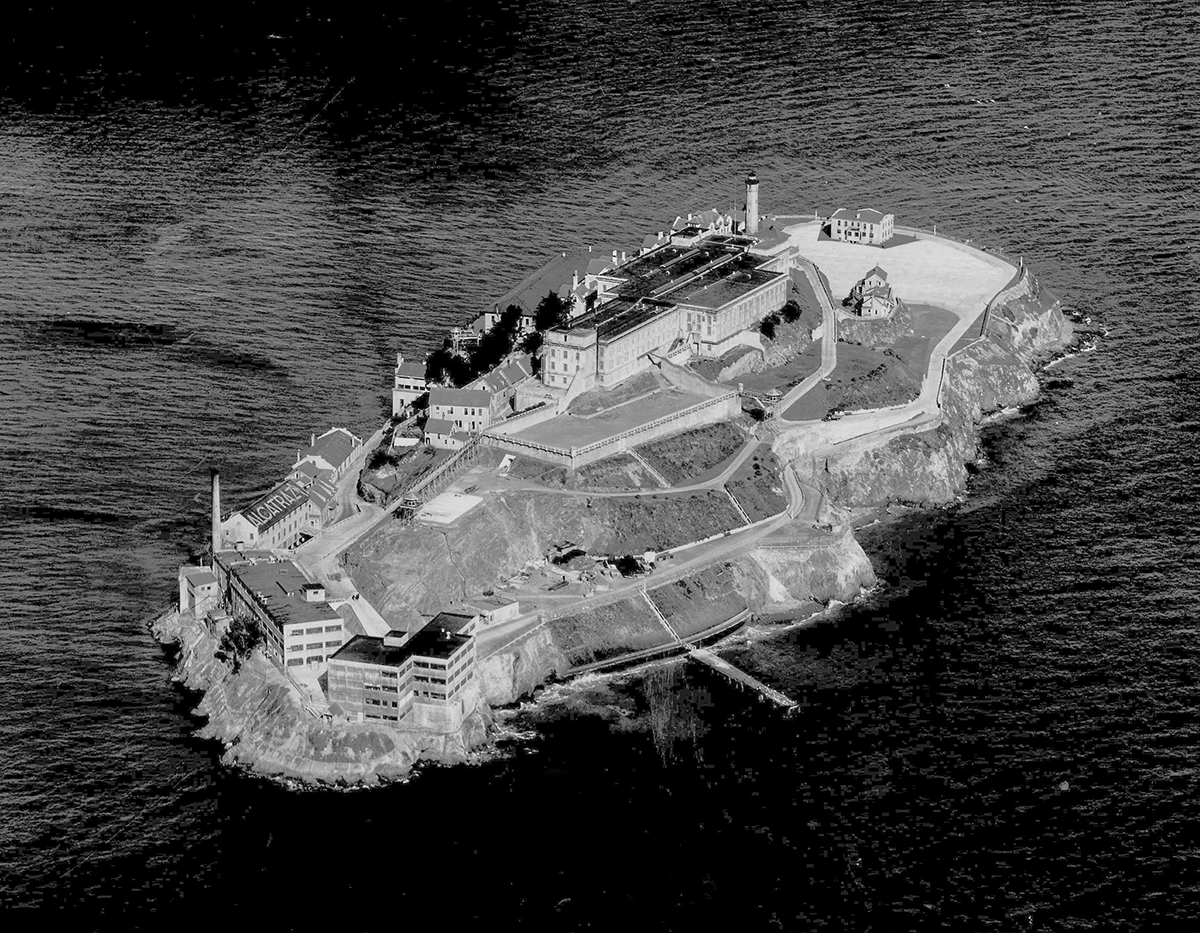
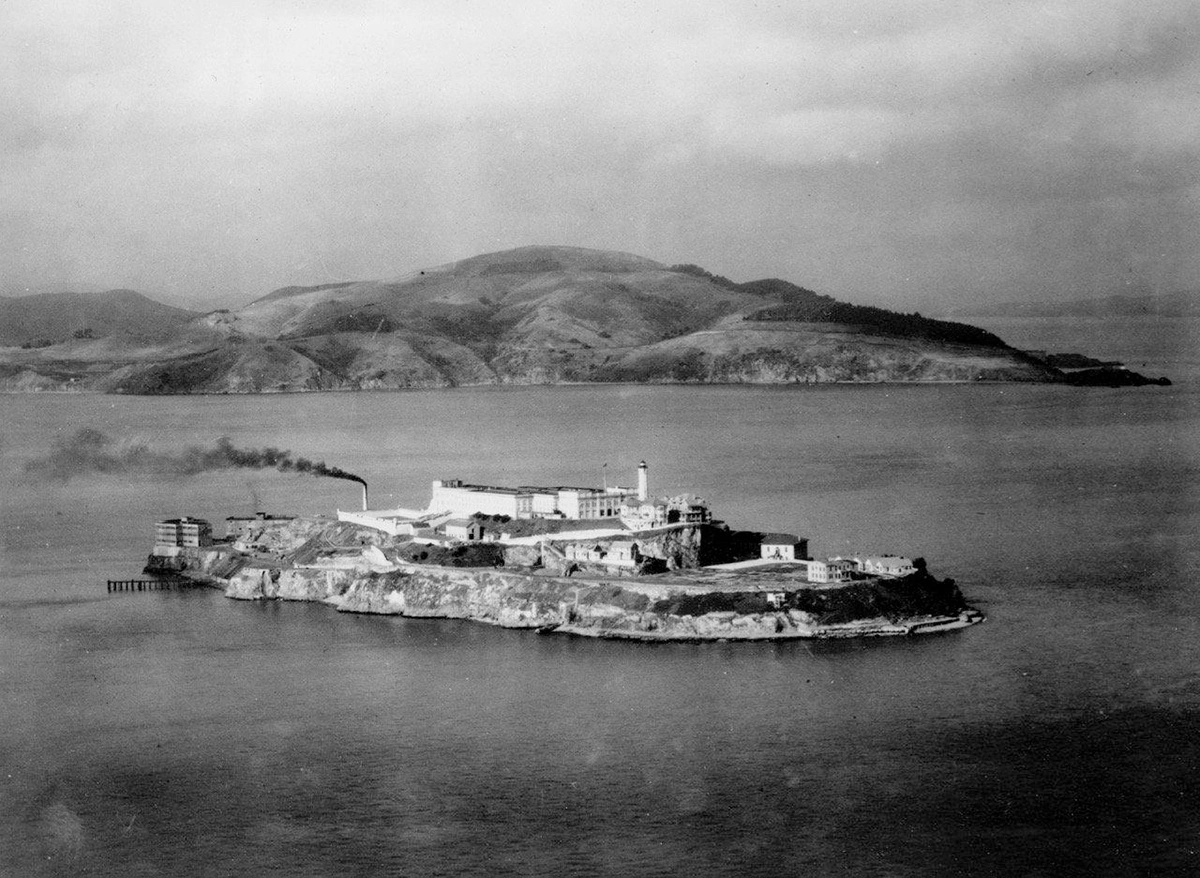
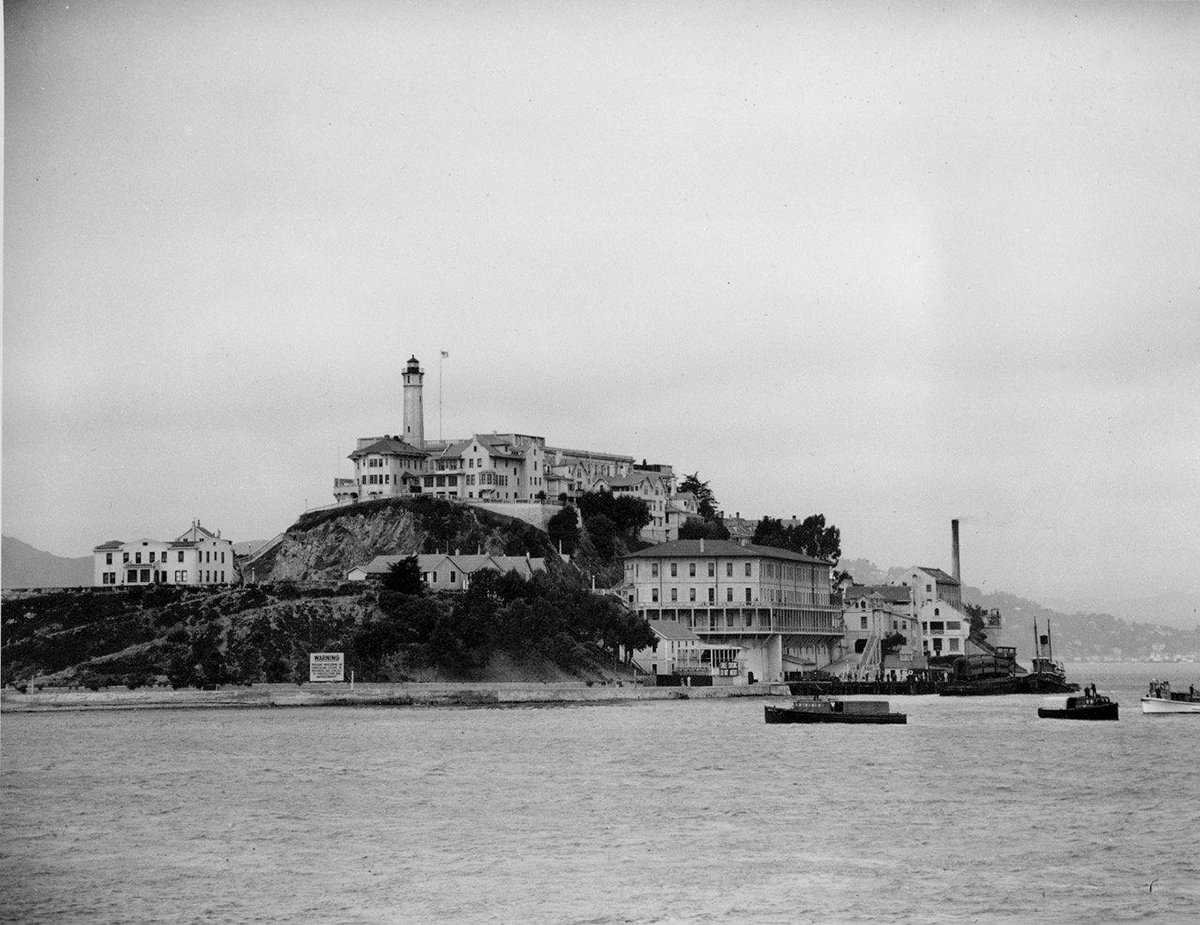
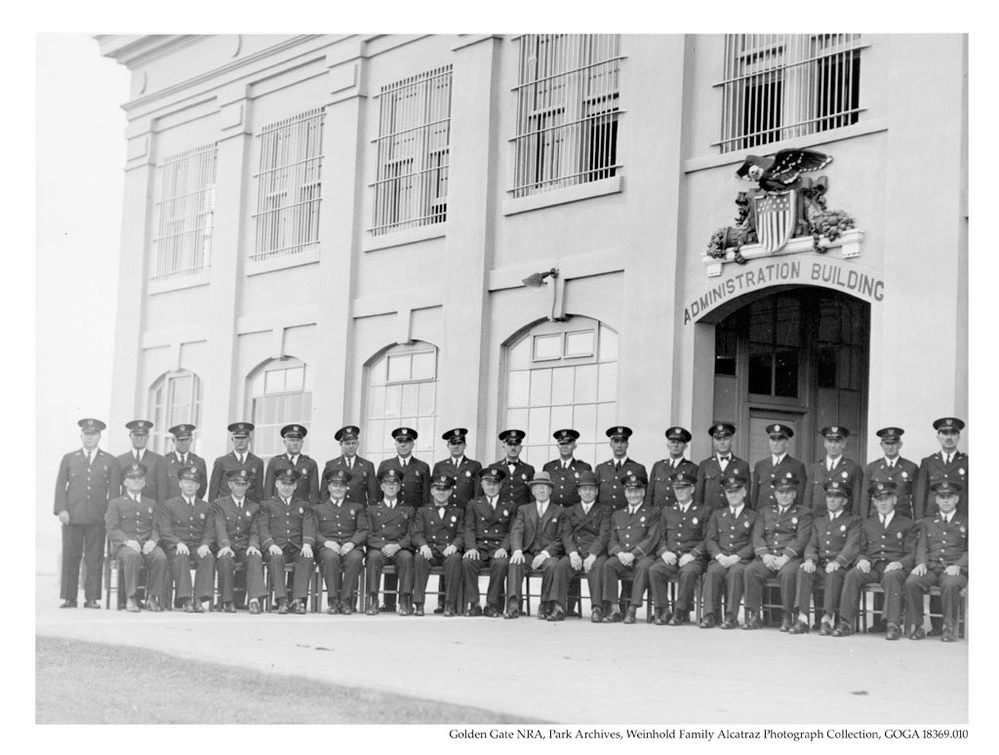
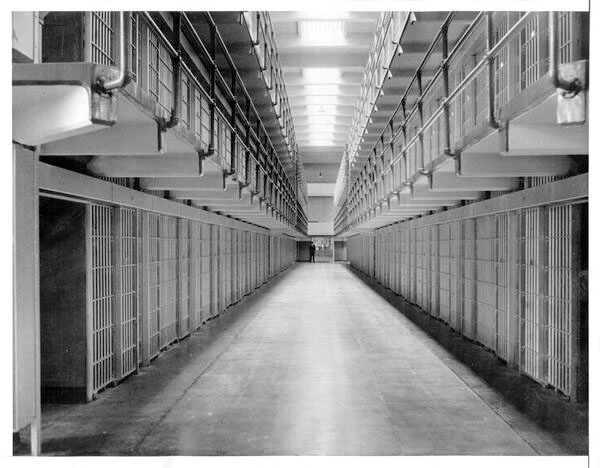
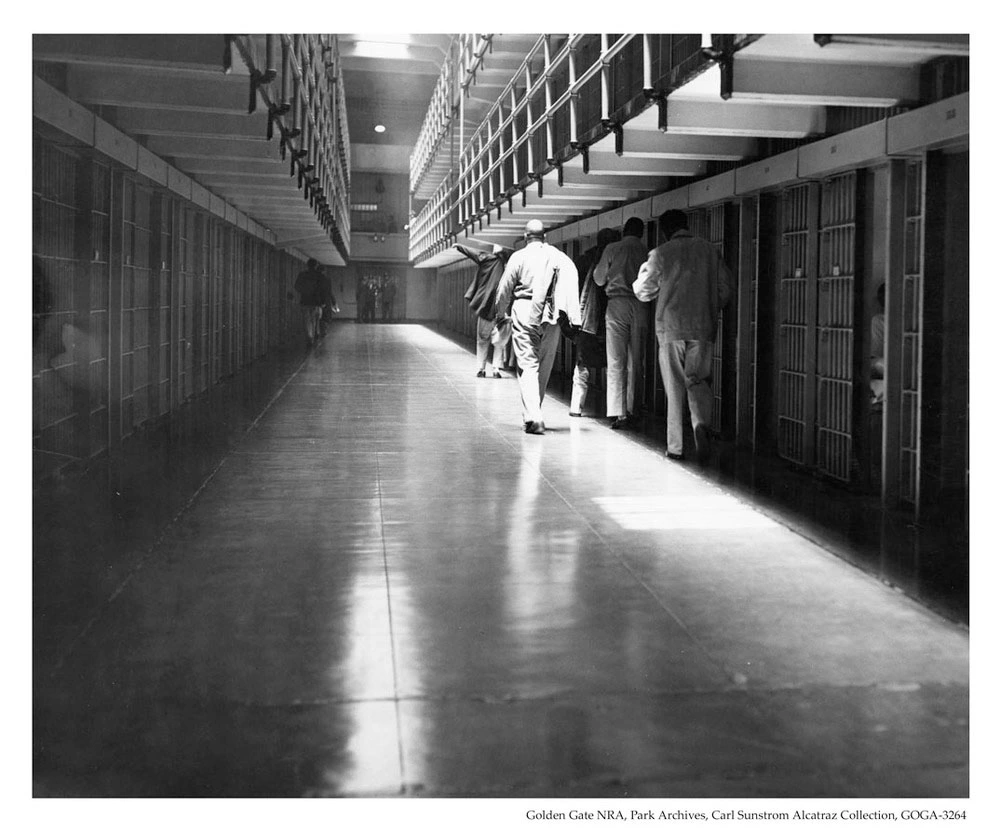
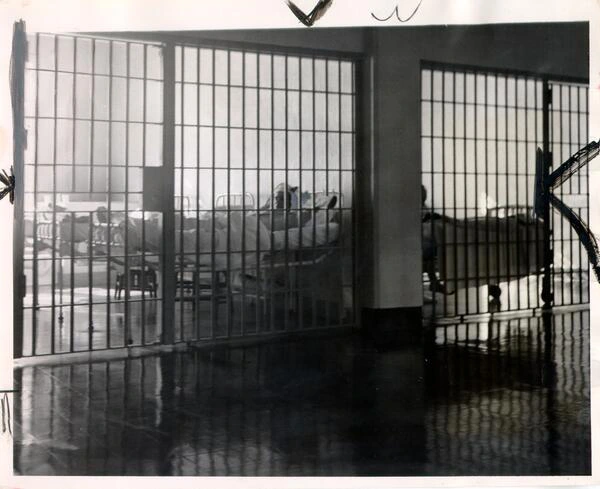
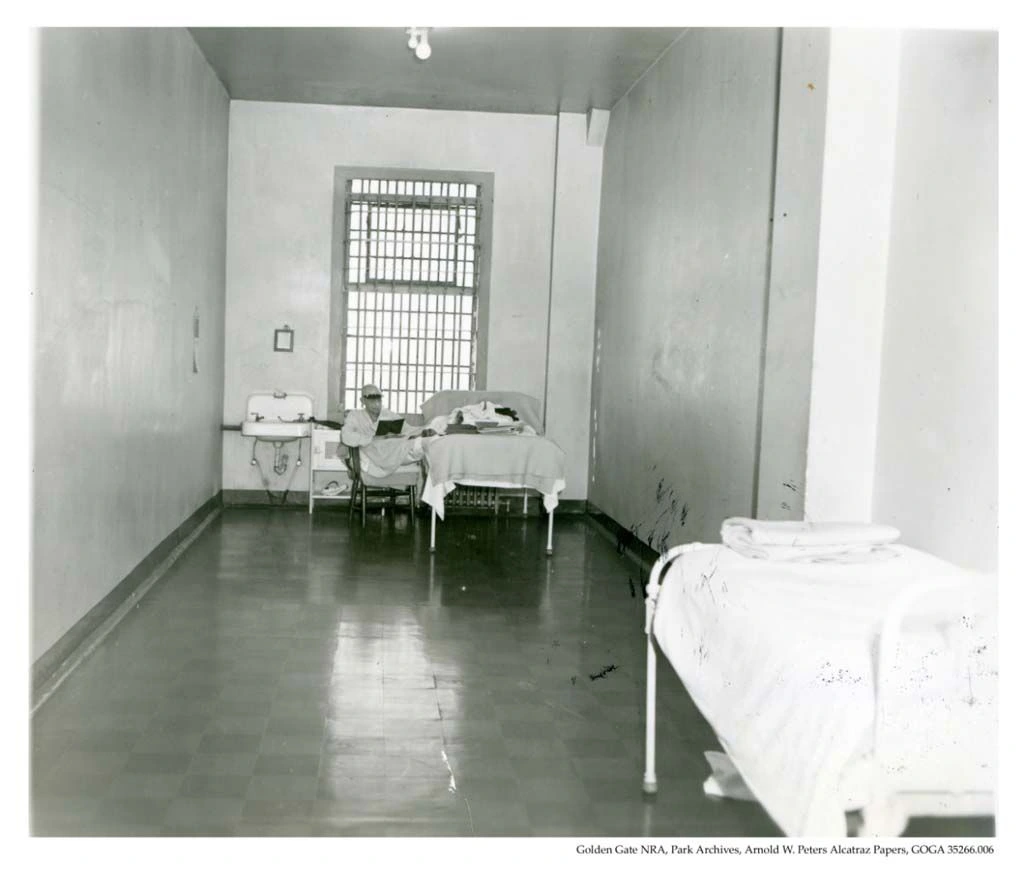
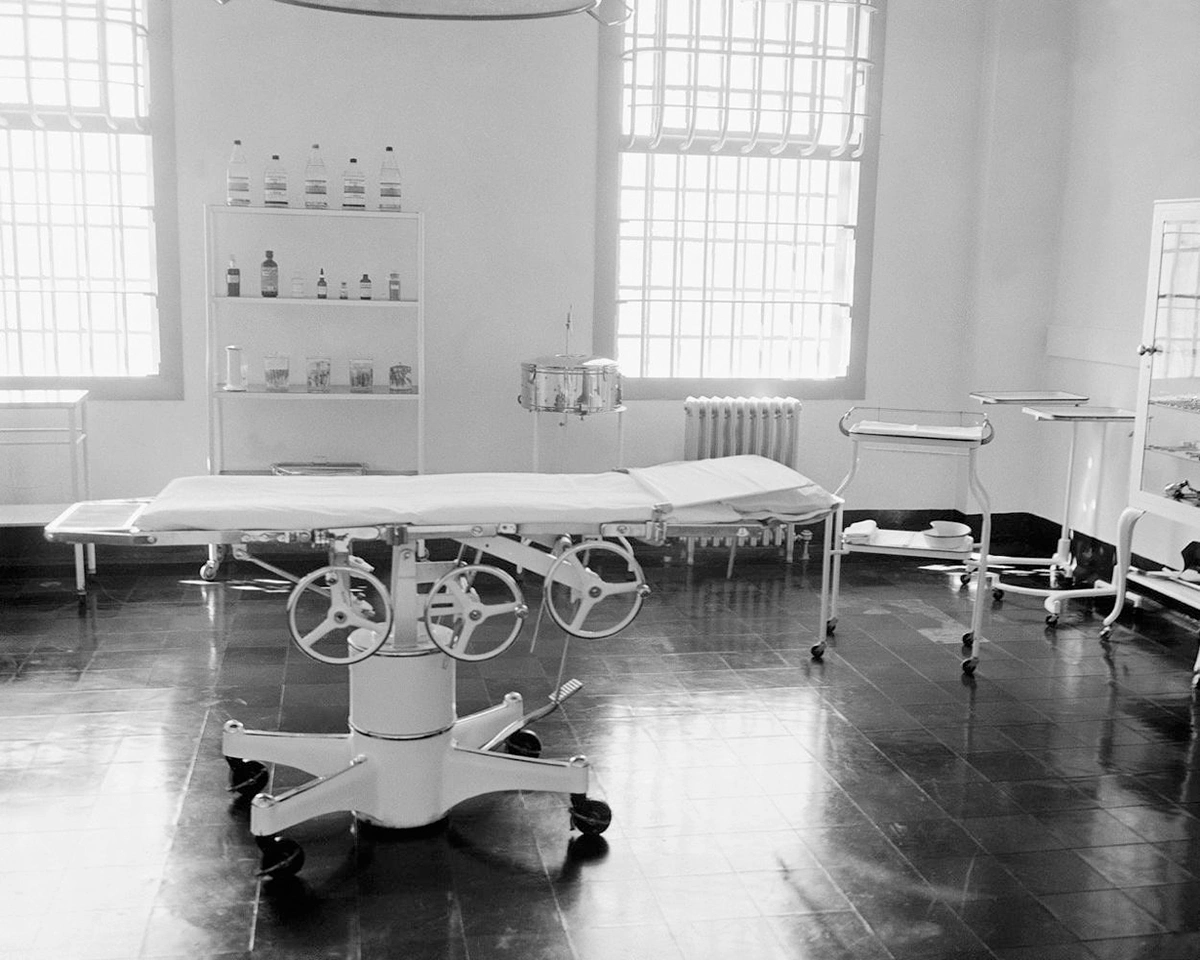
End Historic Photos
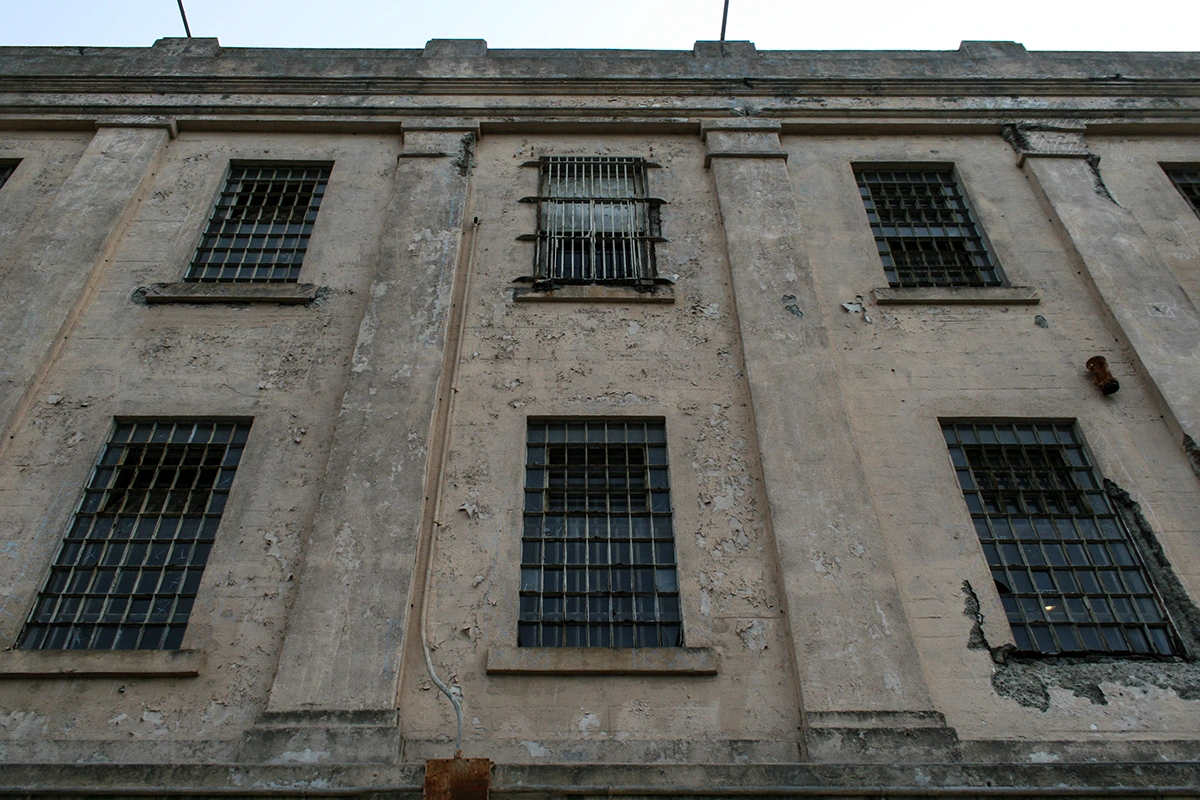
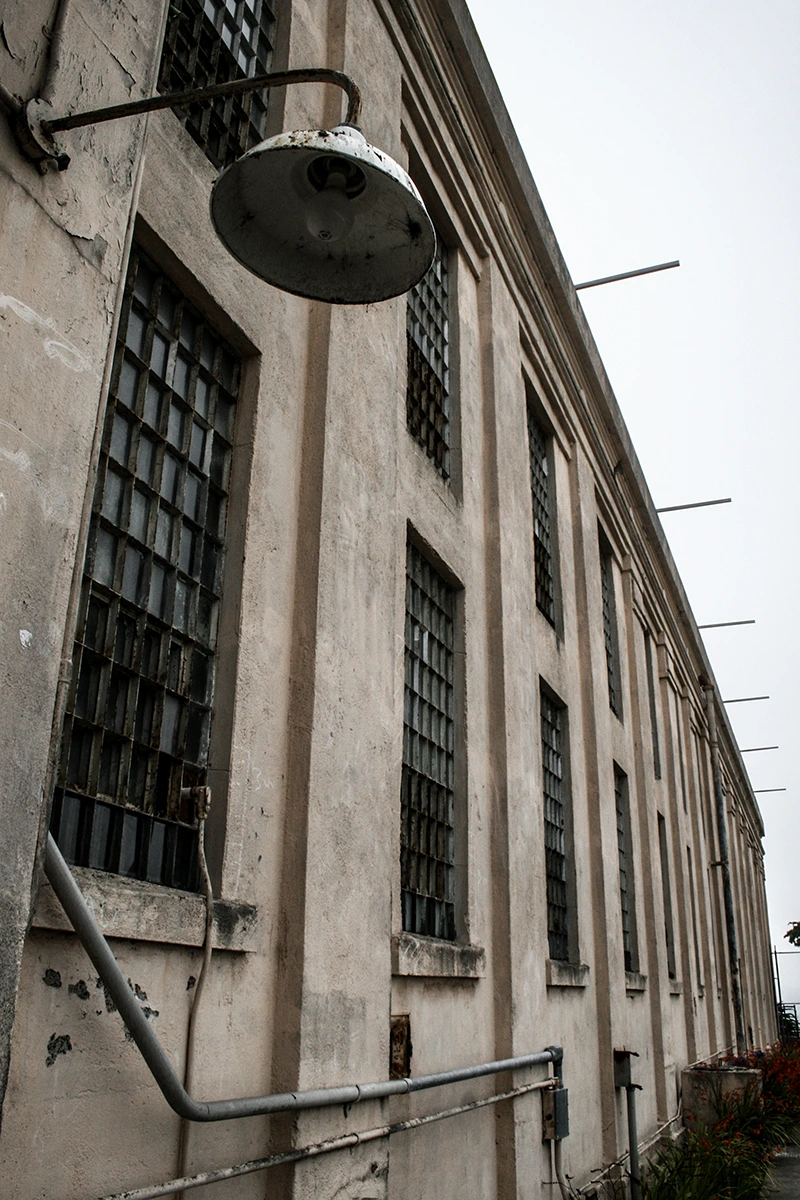
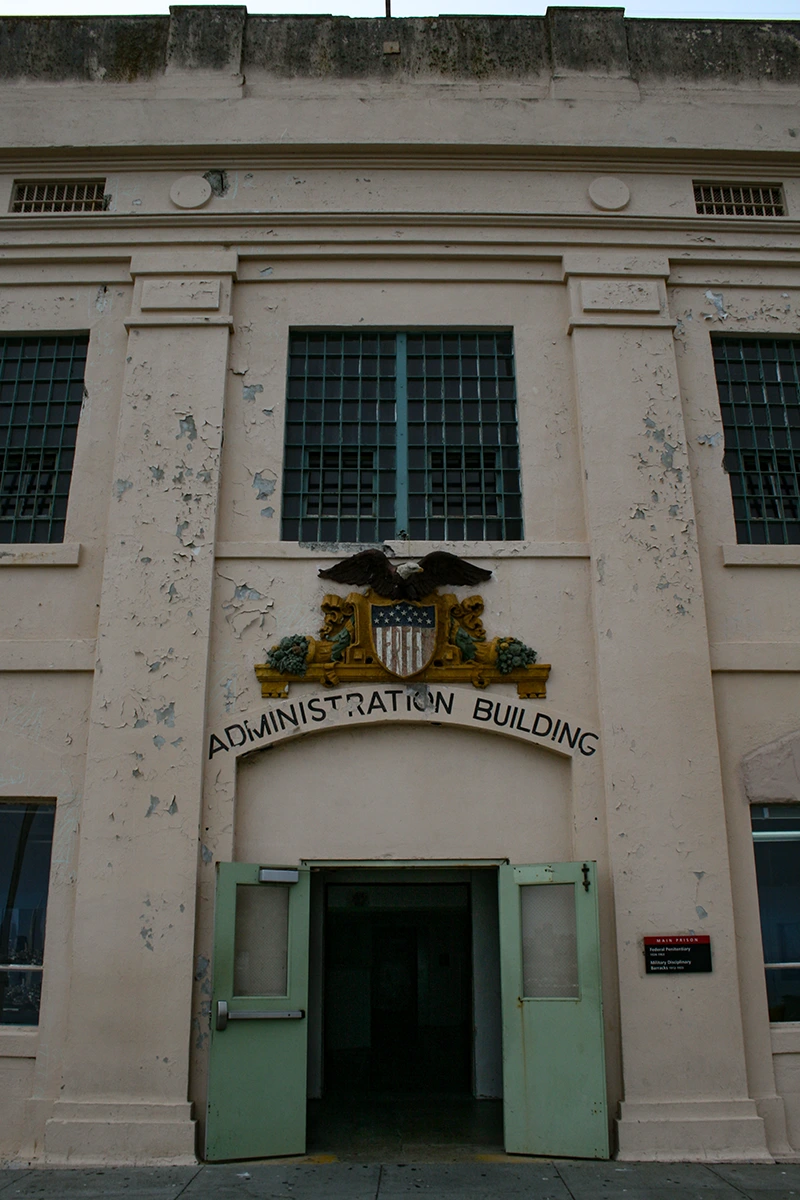
Cell Blocks
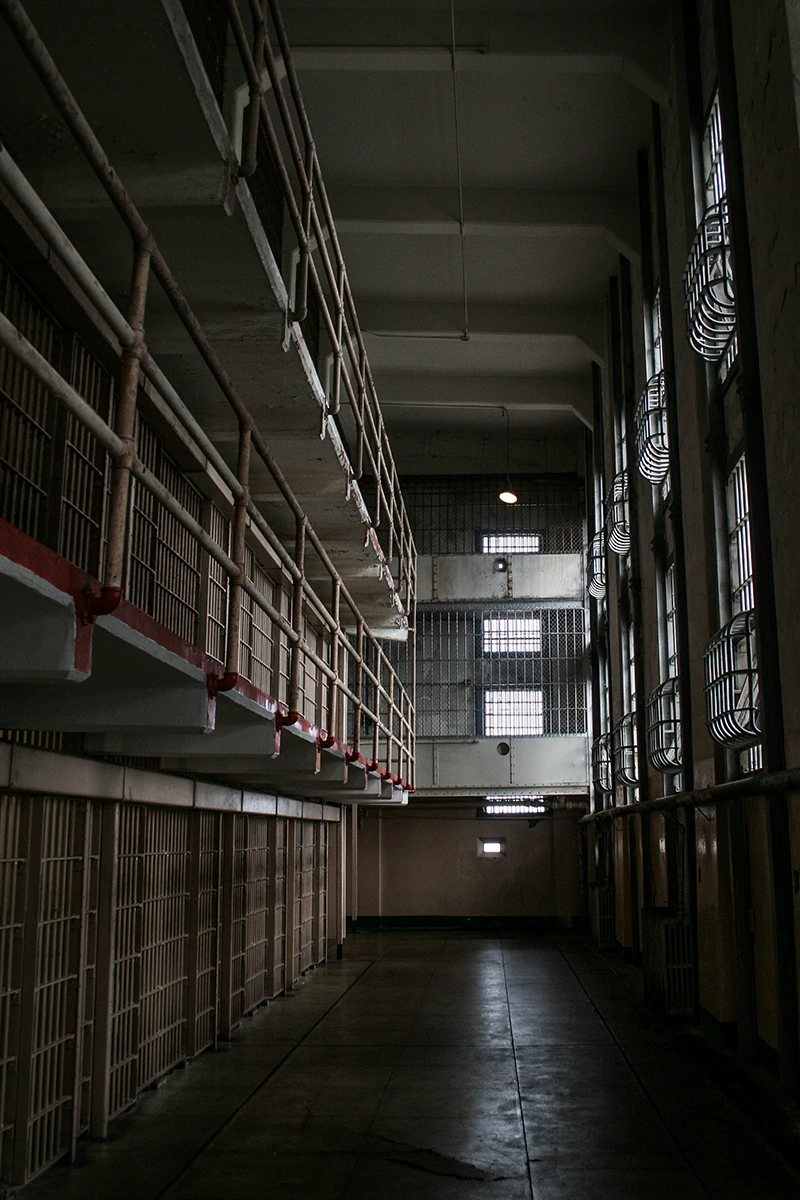
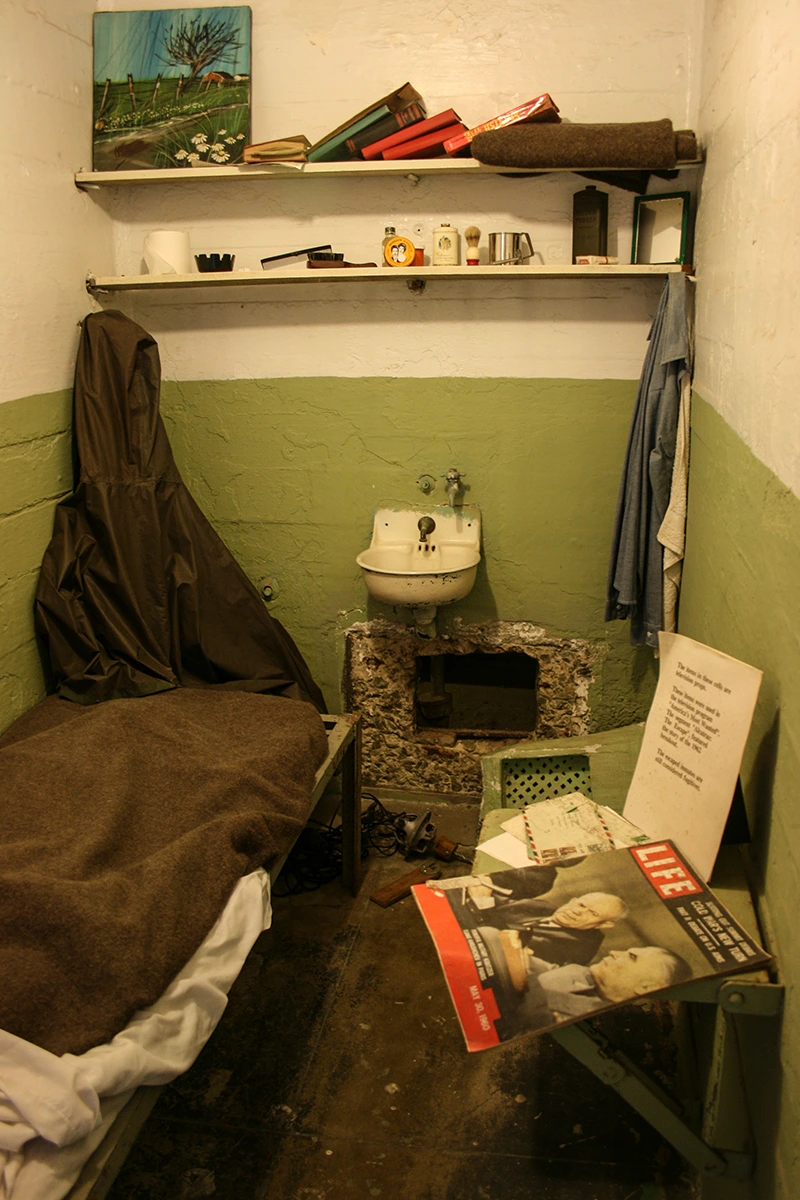
Medical Ward
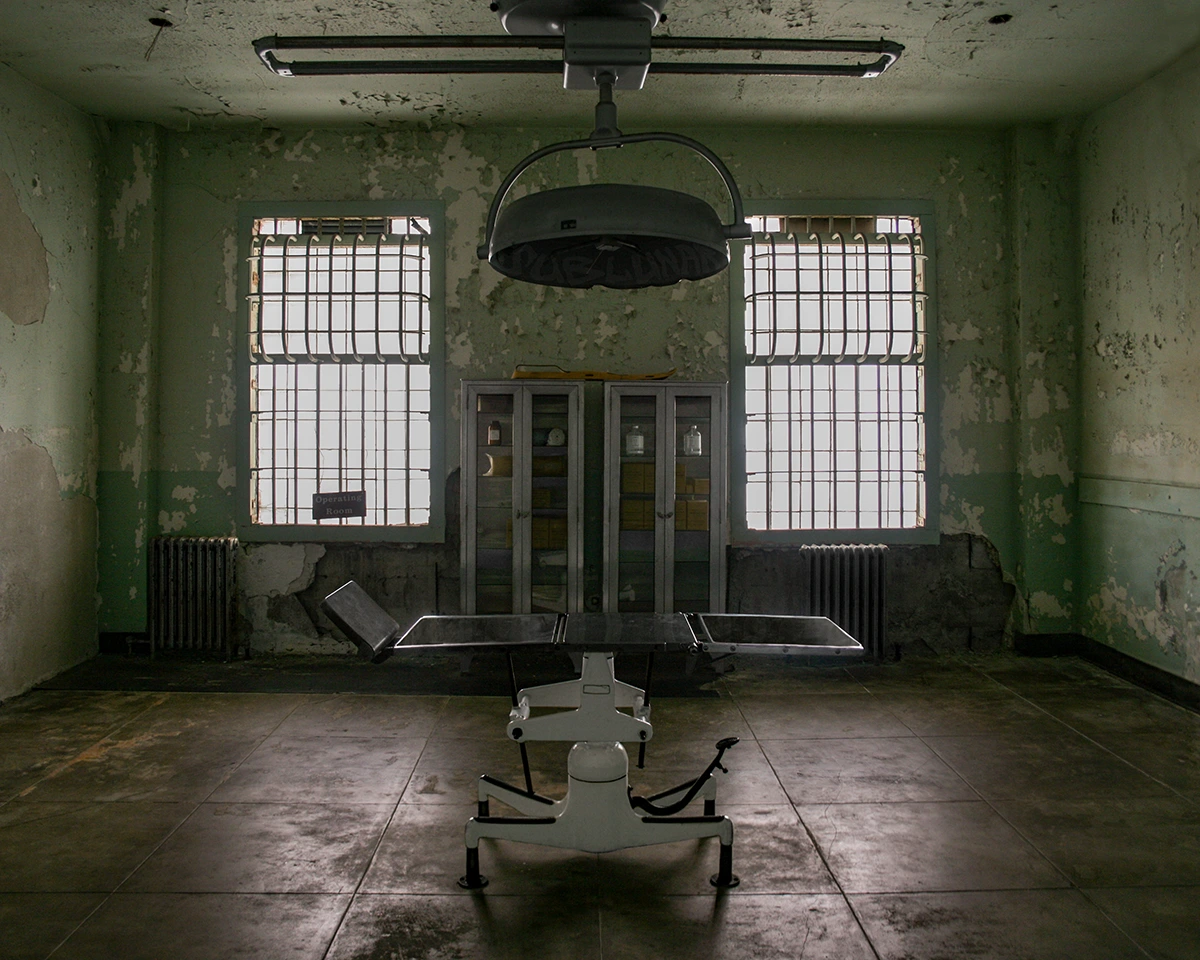
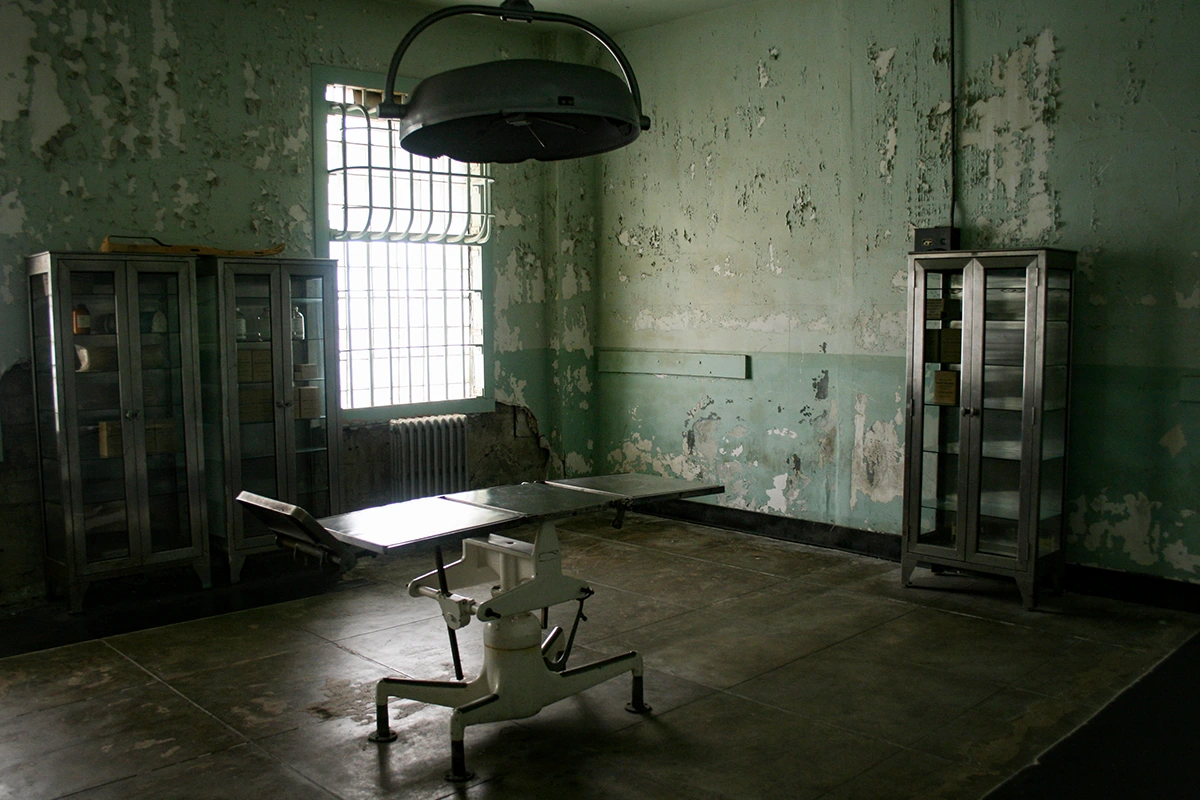
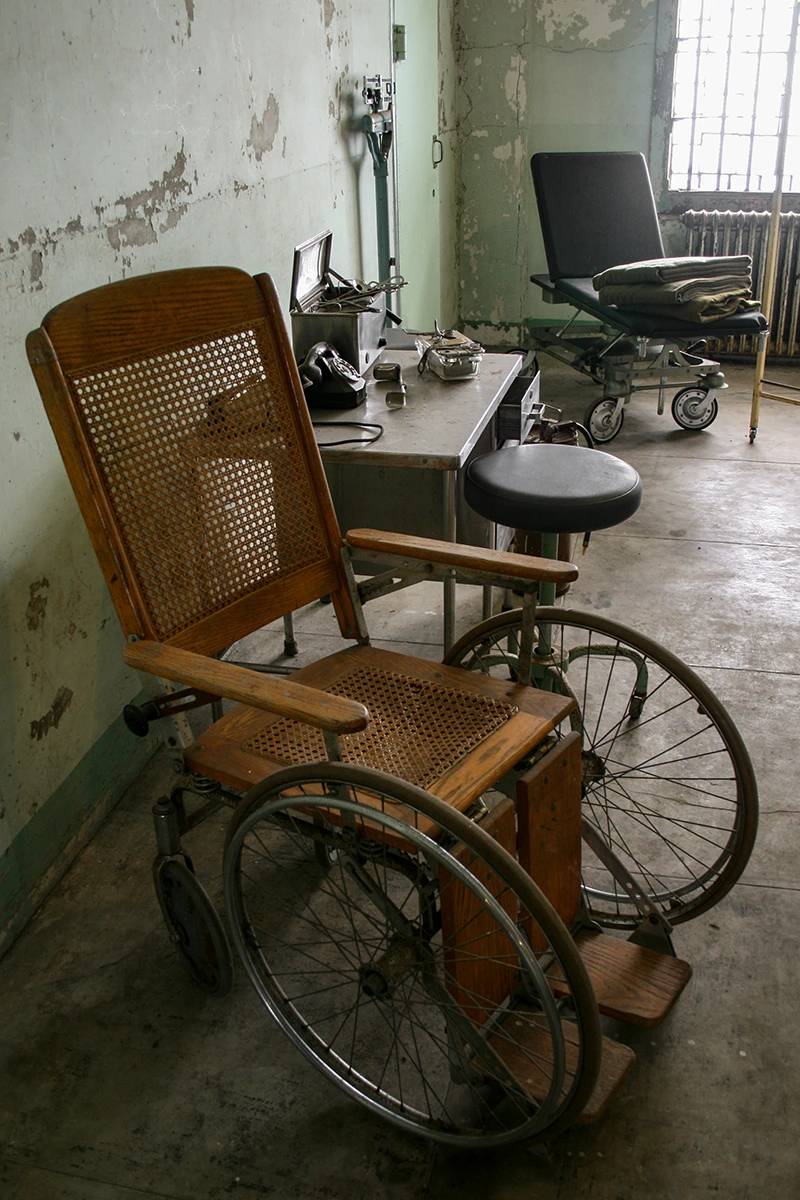
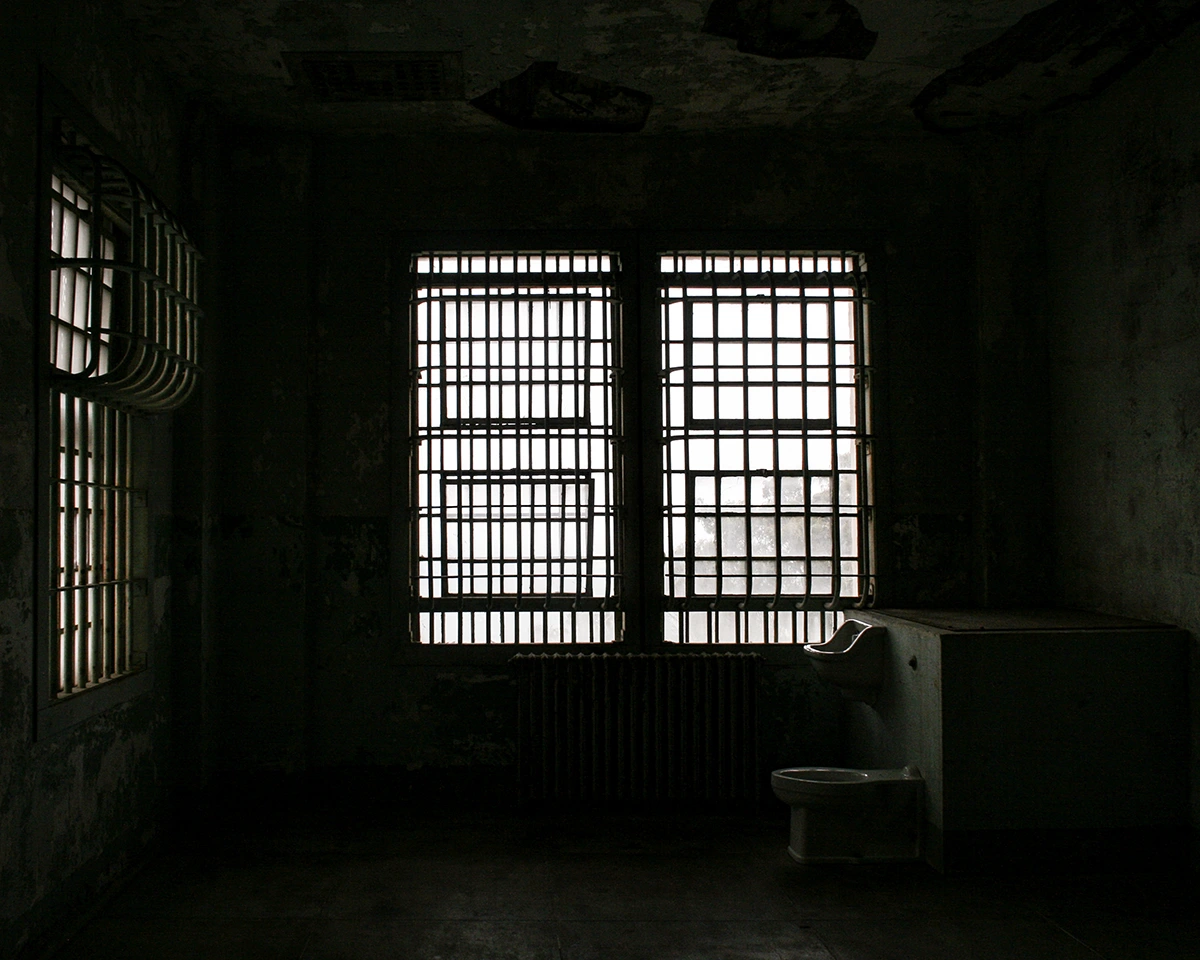
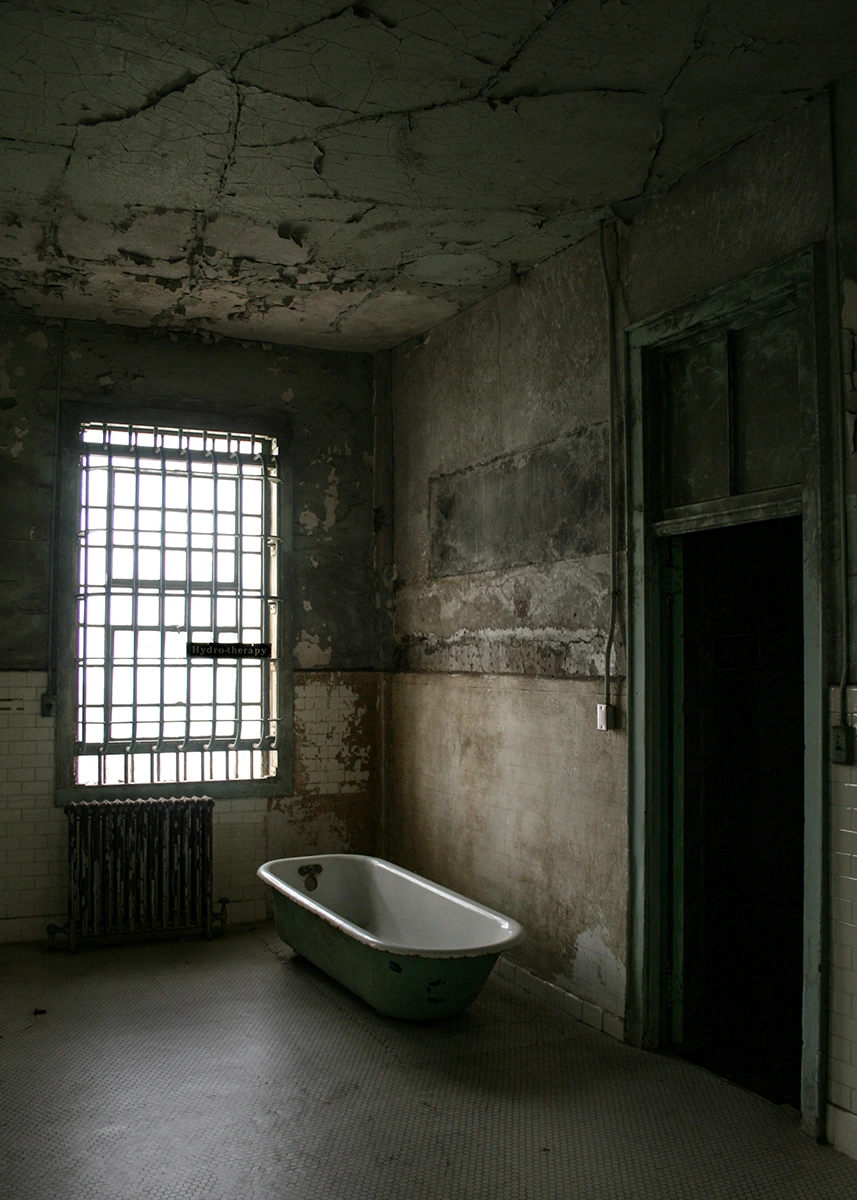
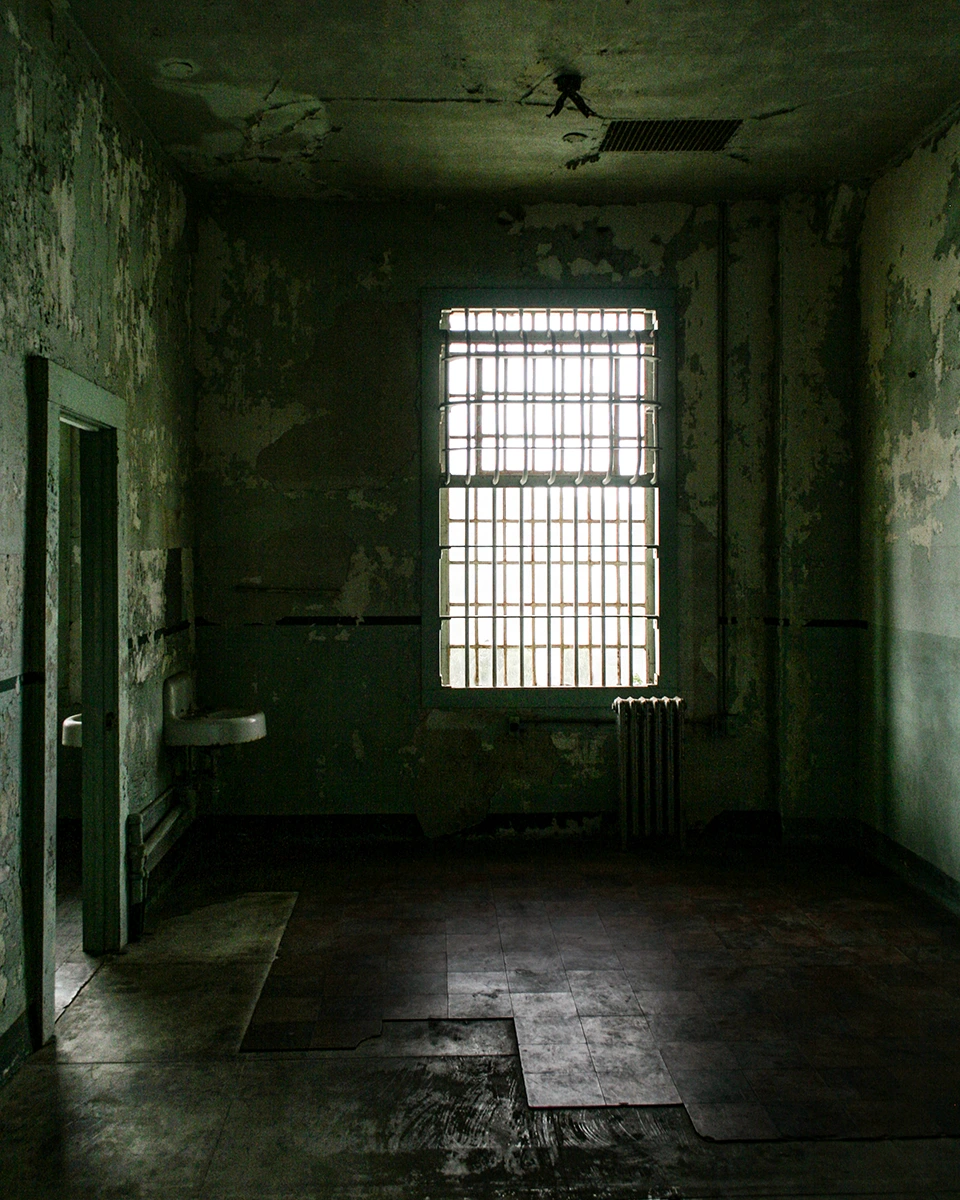
Alcatraz - D-Block - Solitary
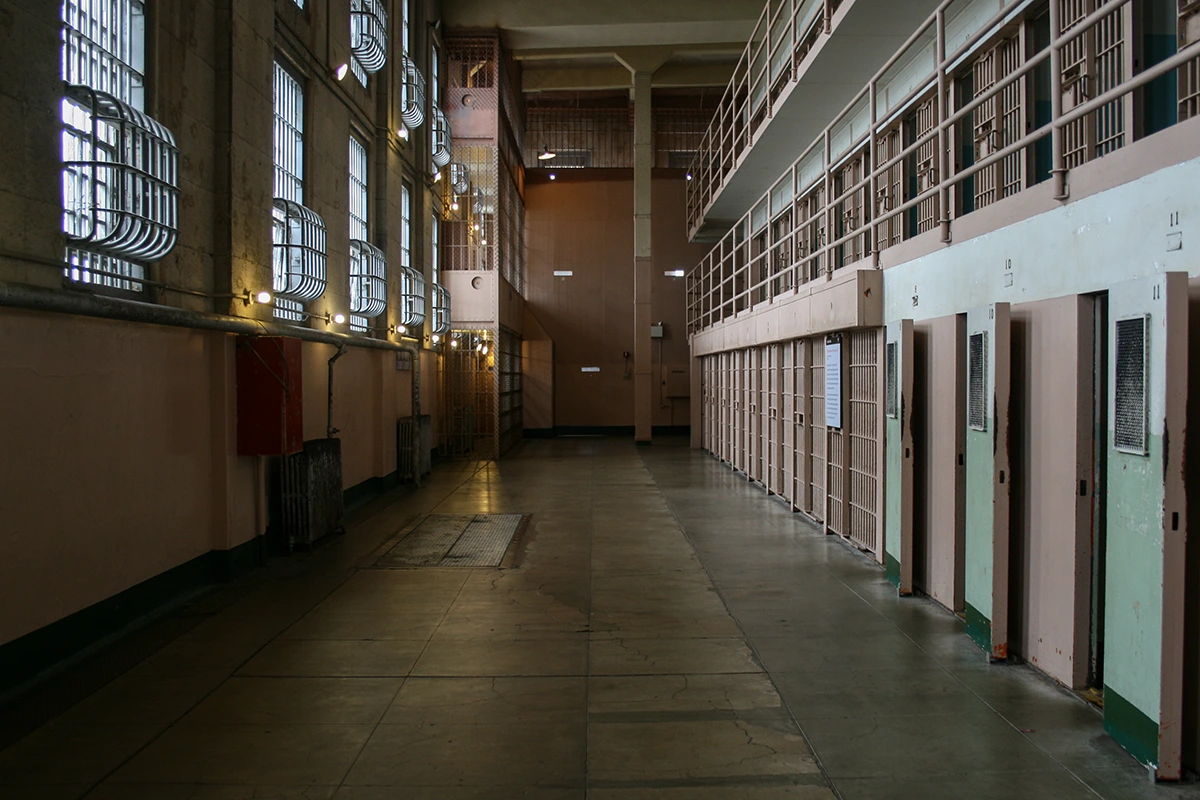
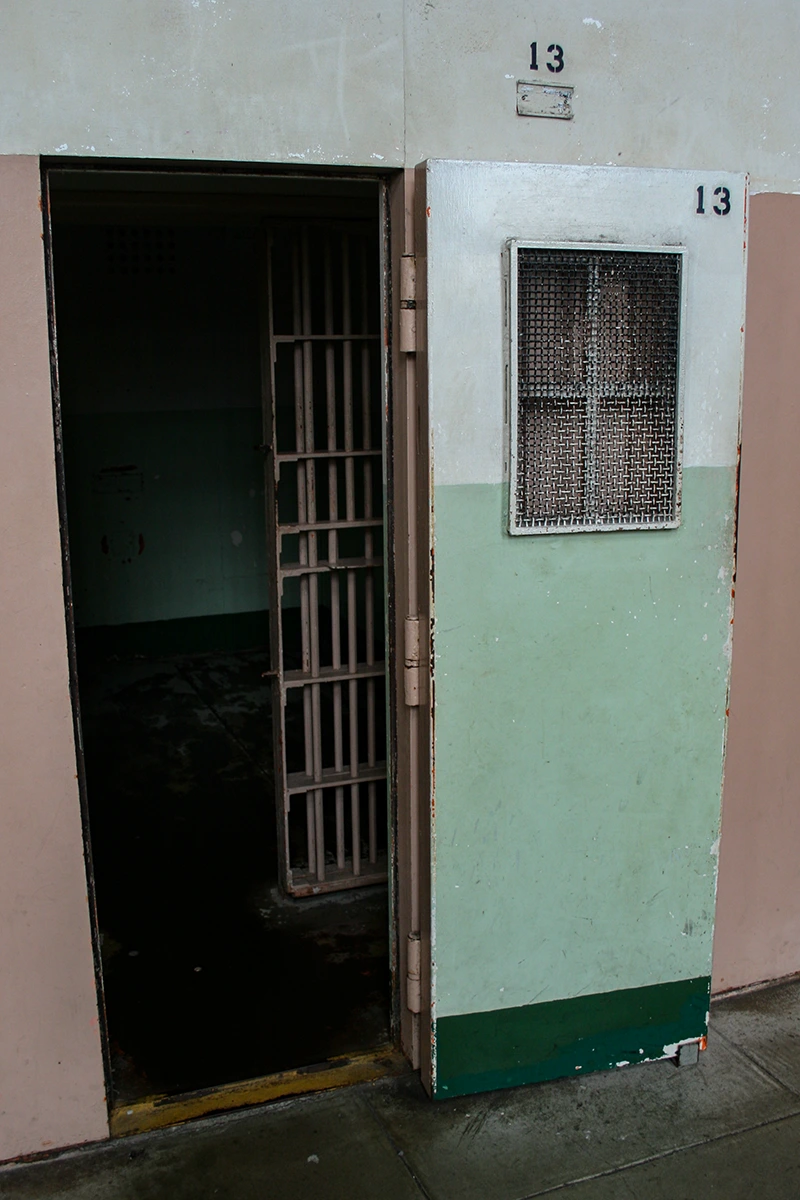
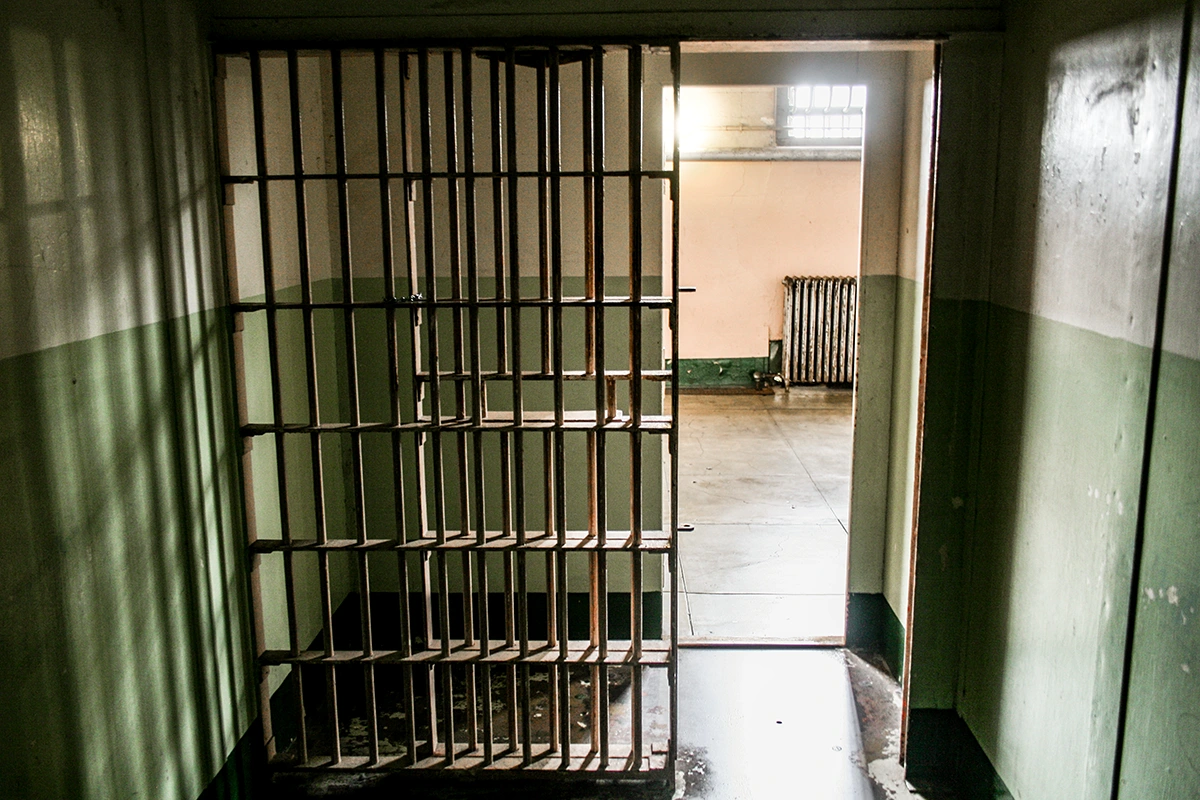
Library
Cell Block Extras
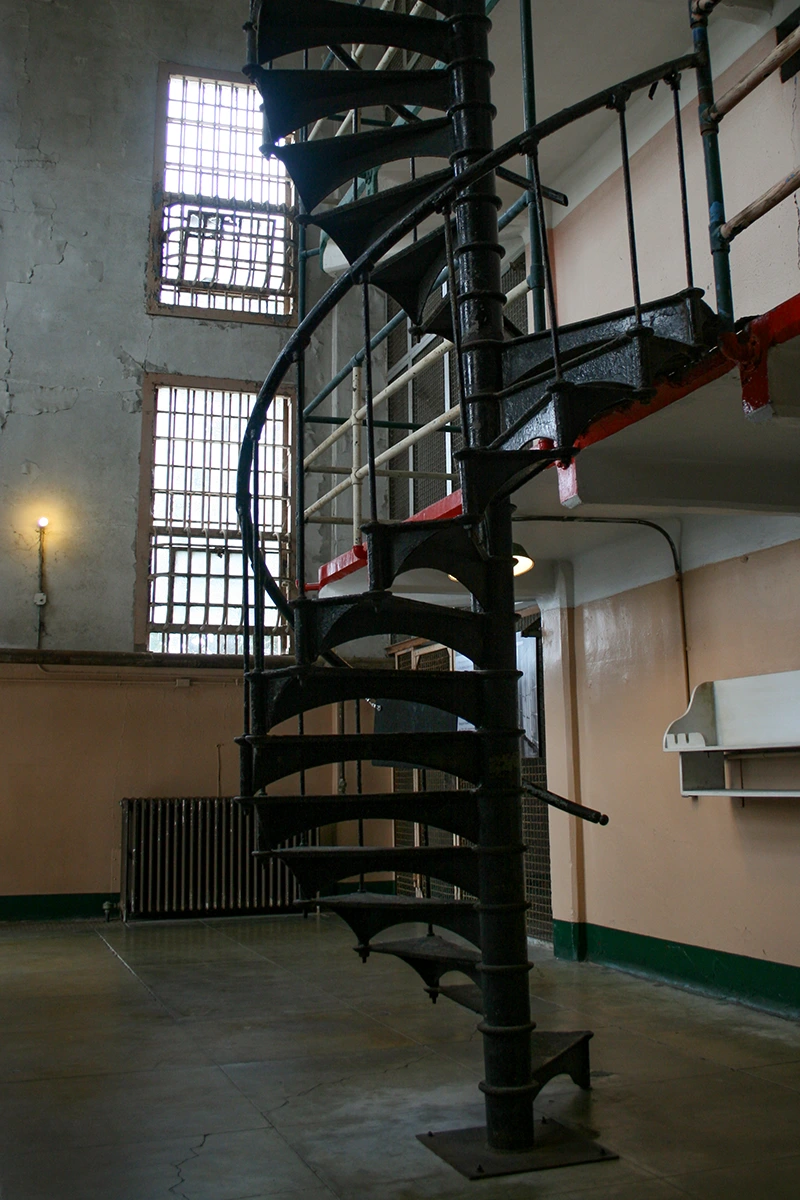
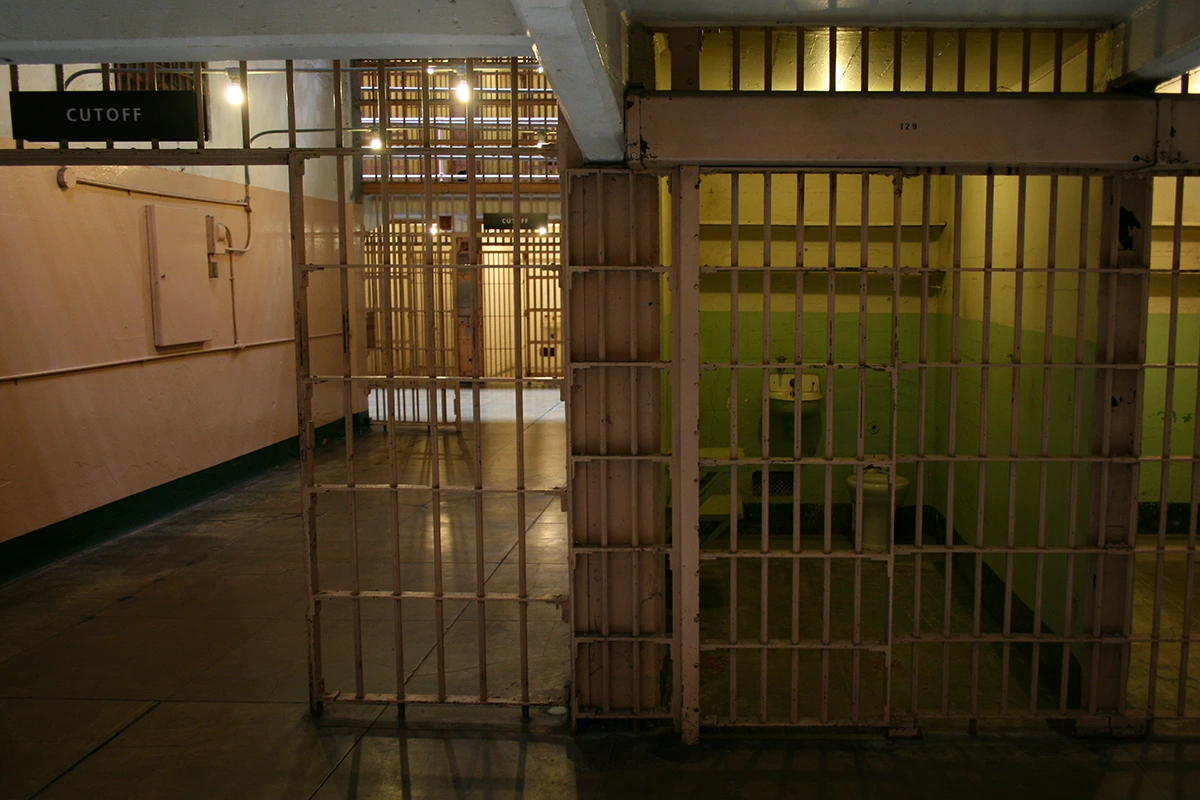
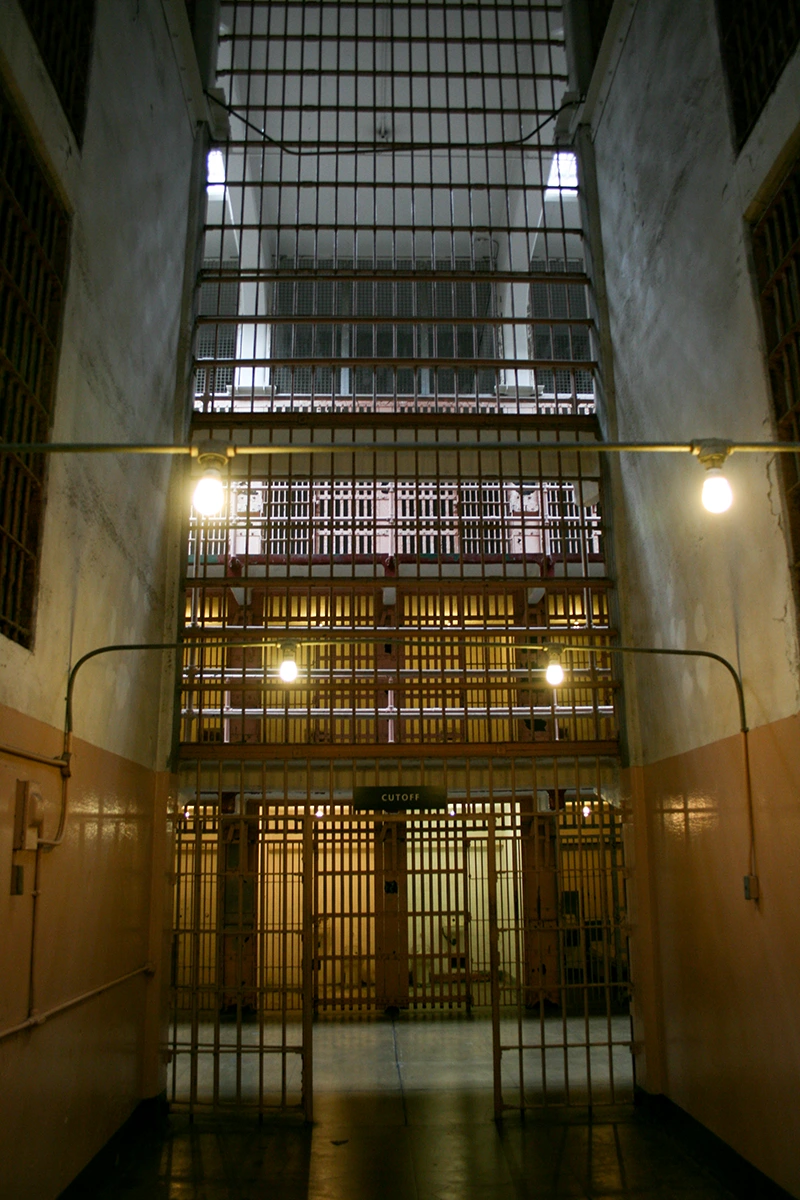
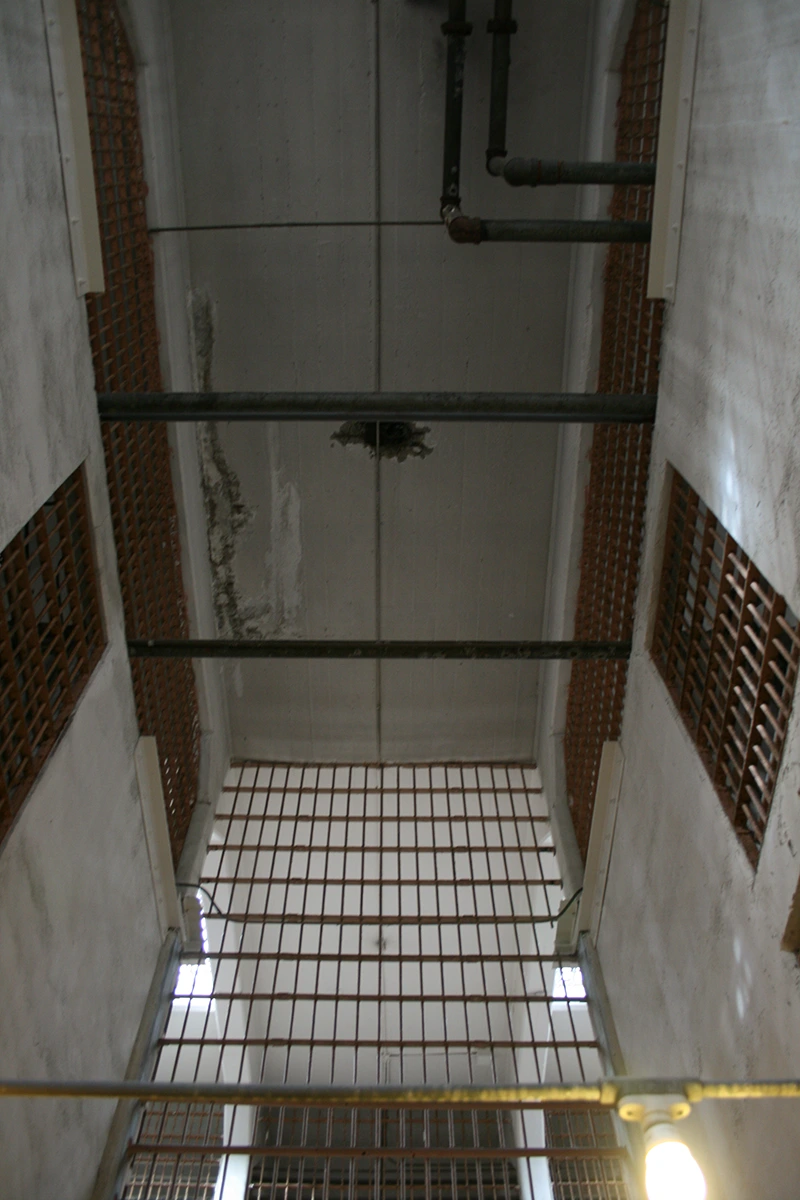
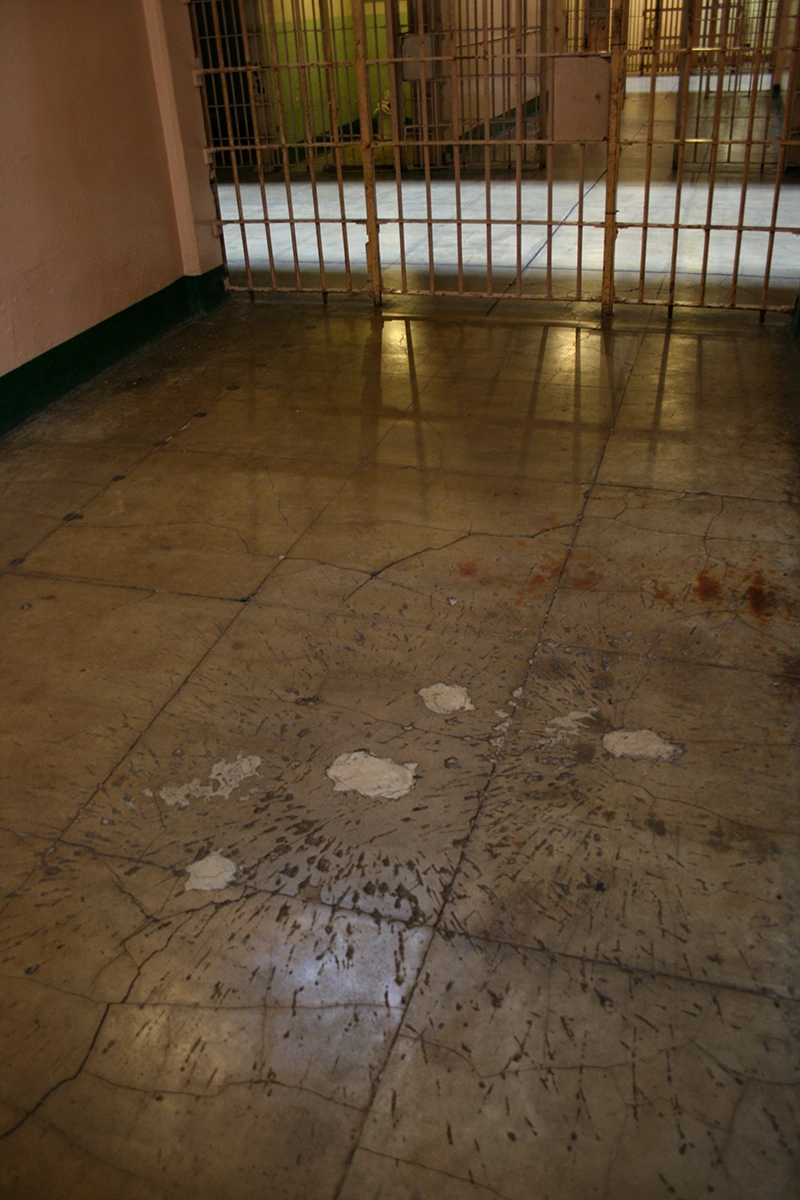
Cells
rec yard
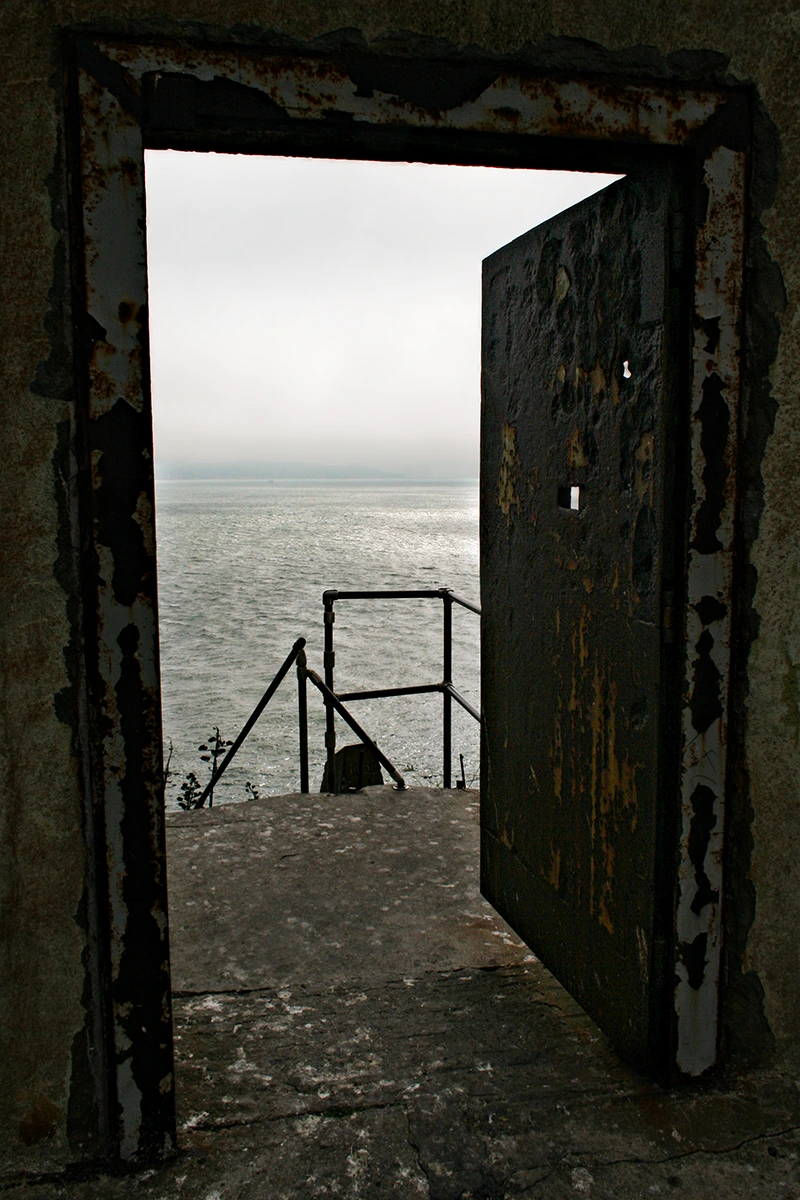
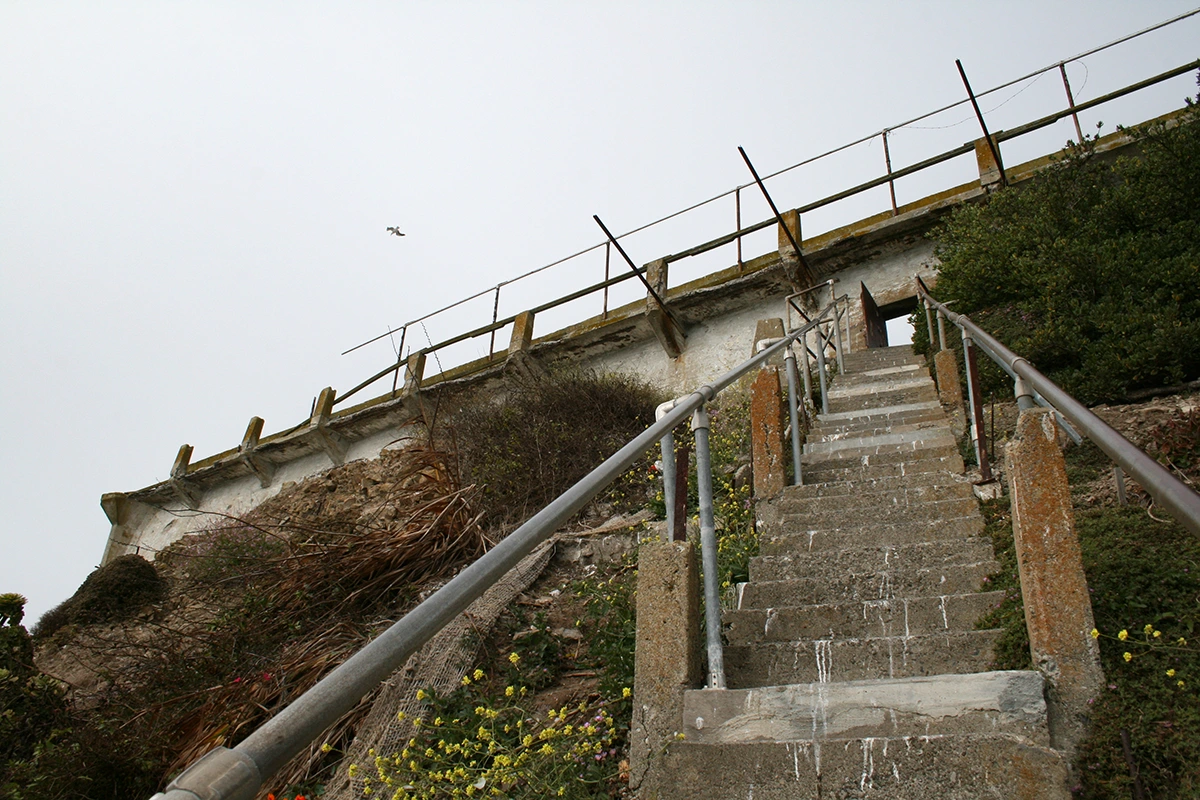
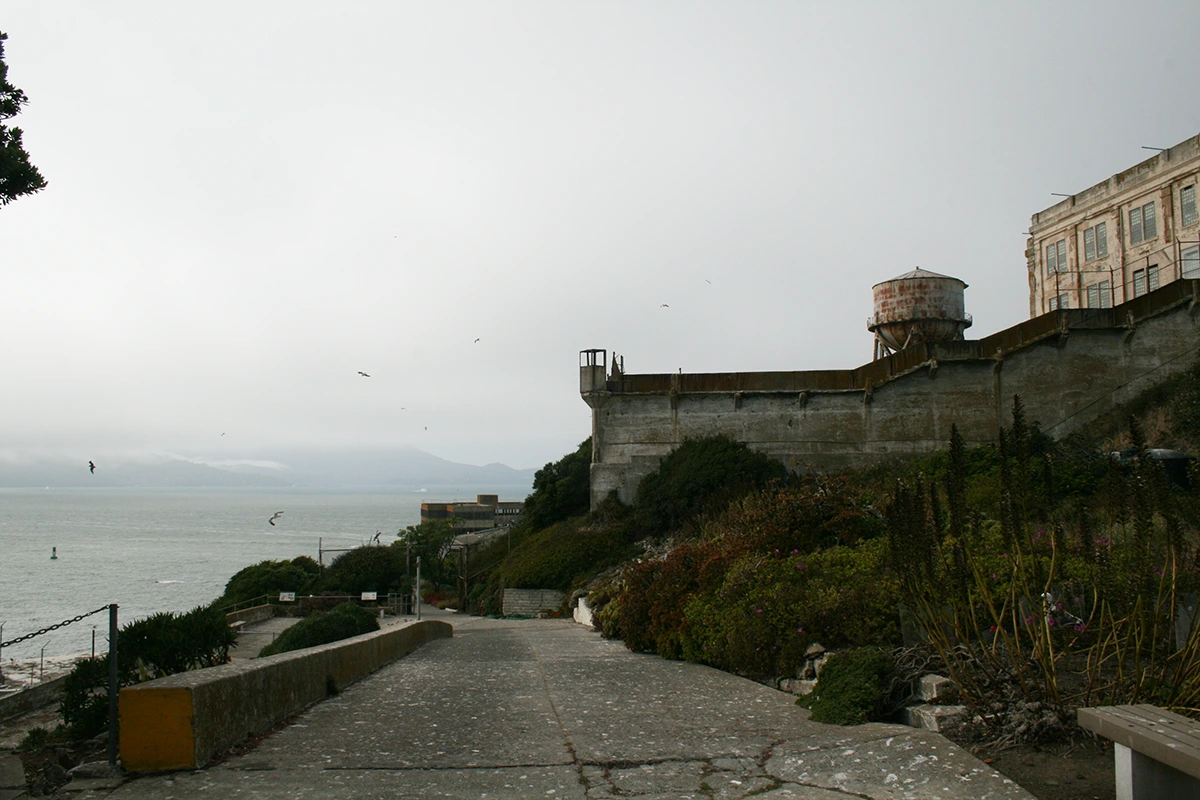
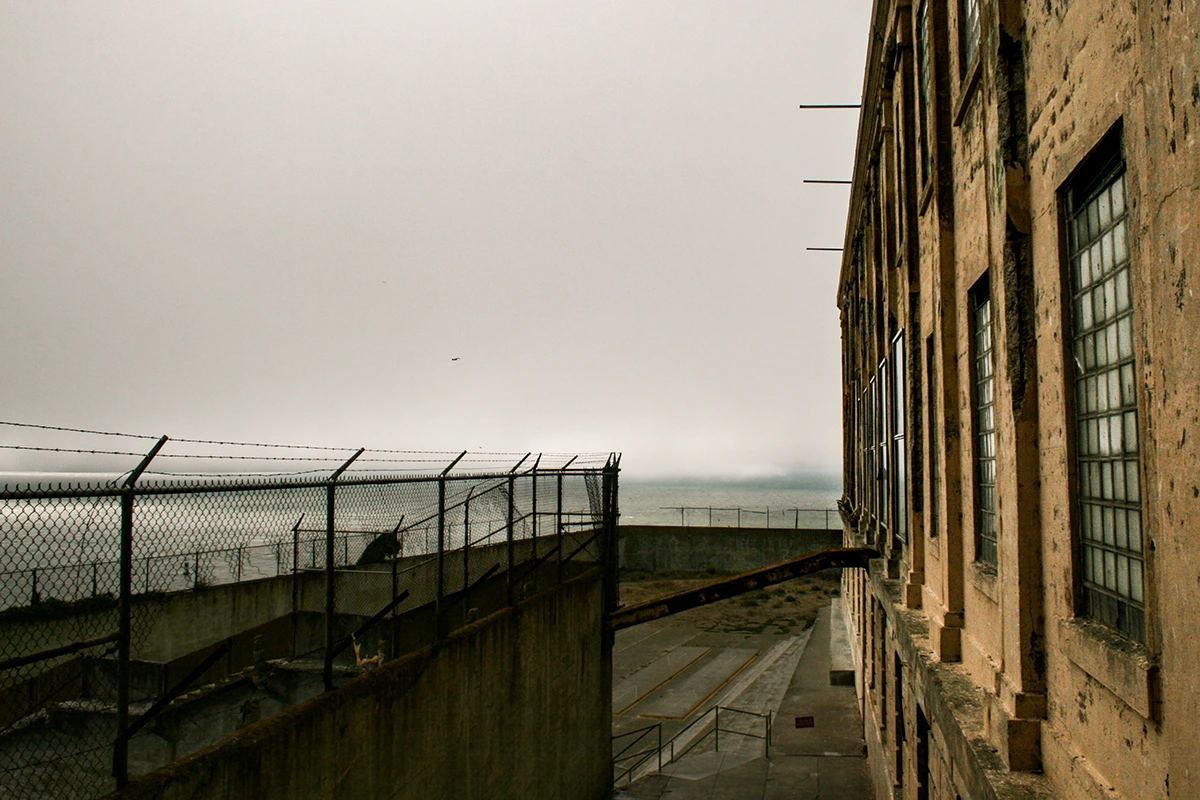
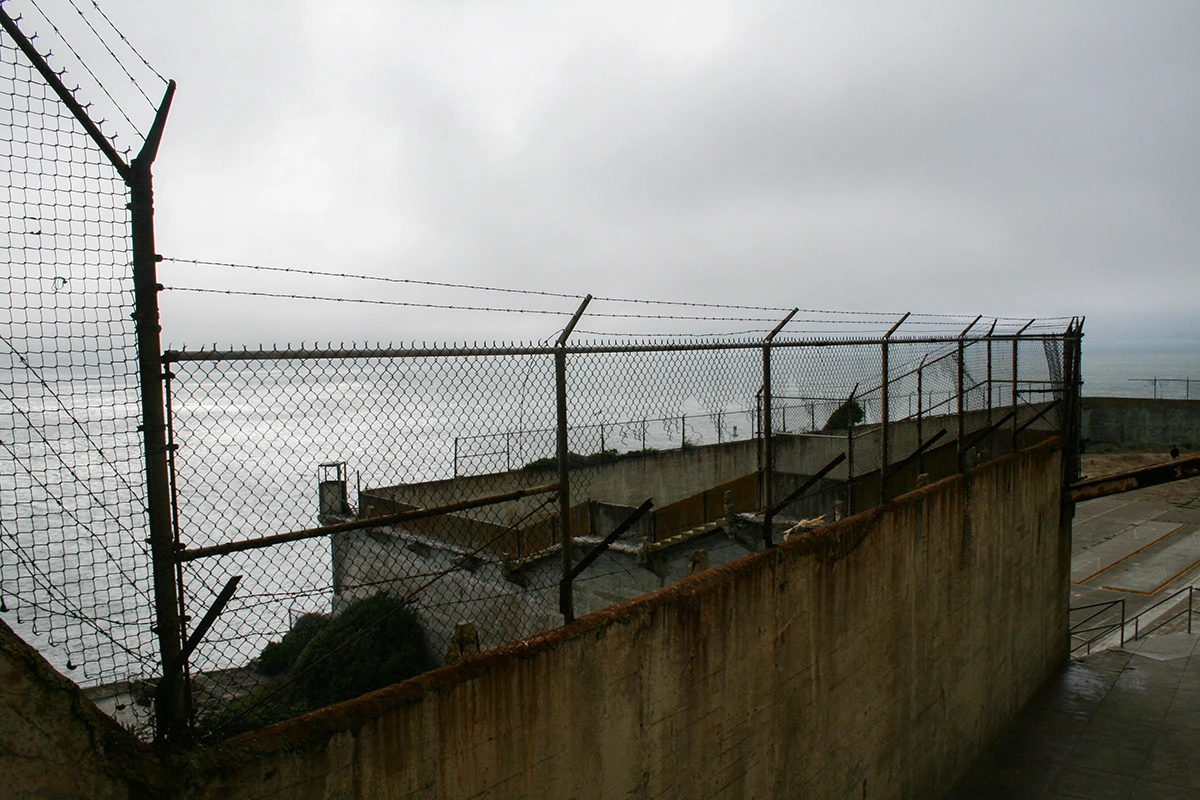
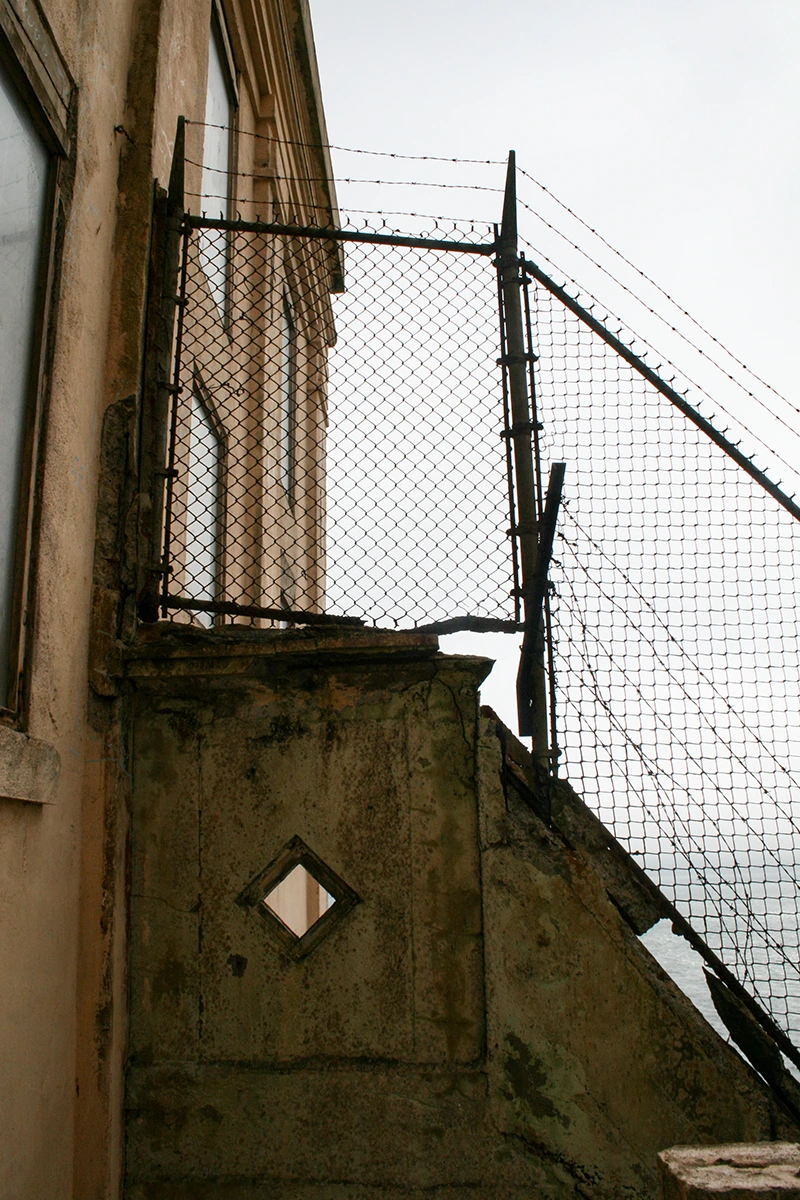
Dining Hall/Kitchen

Guard Station
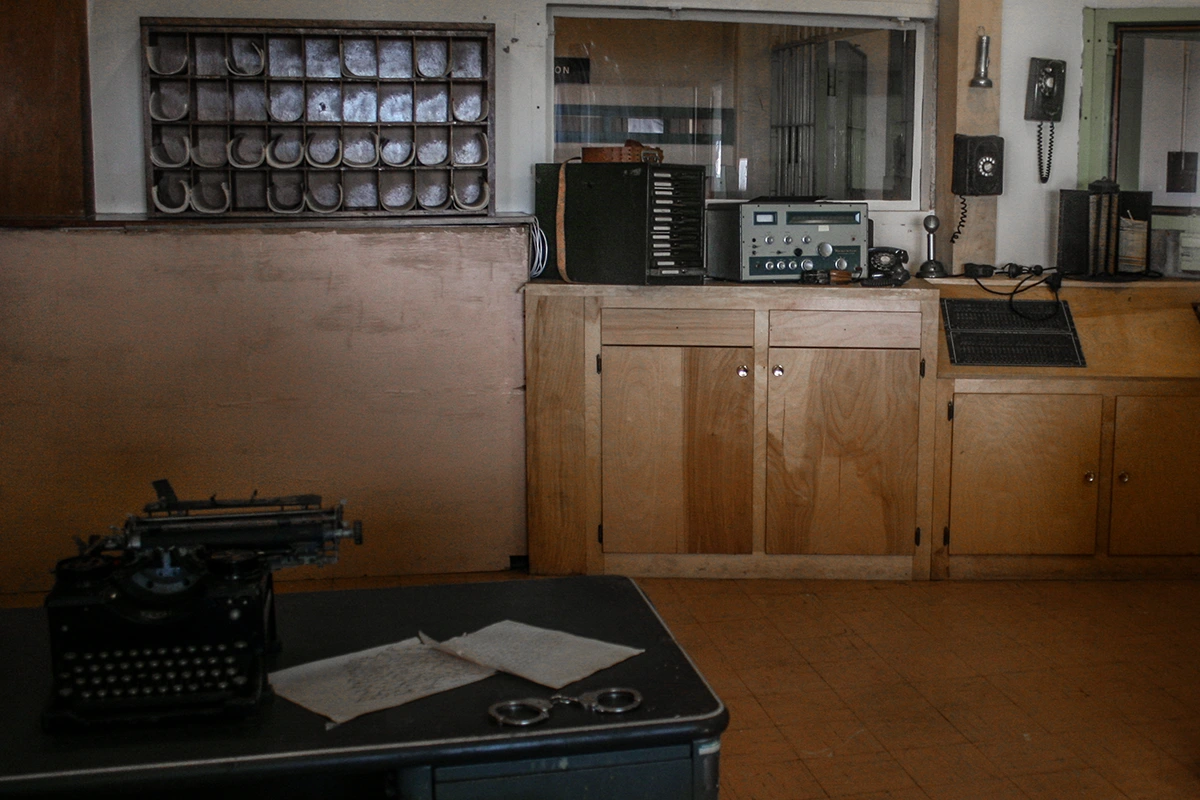
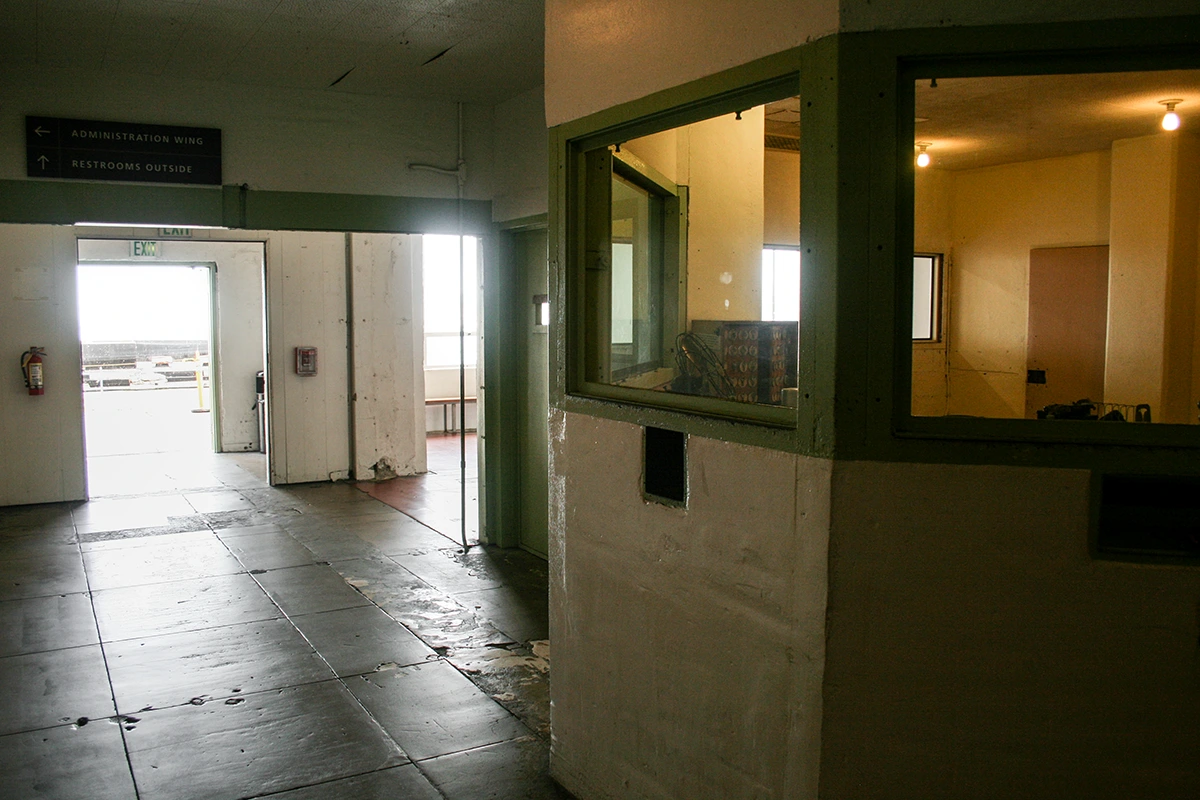
exteriors
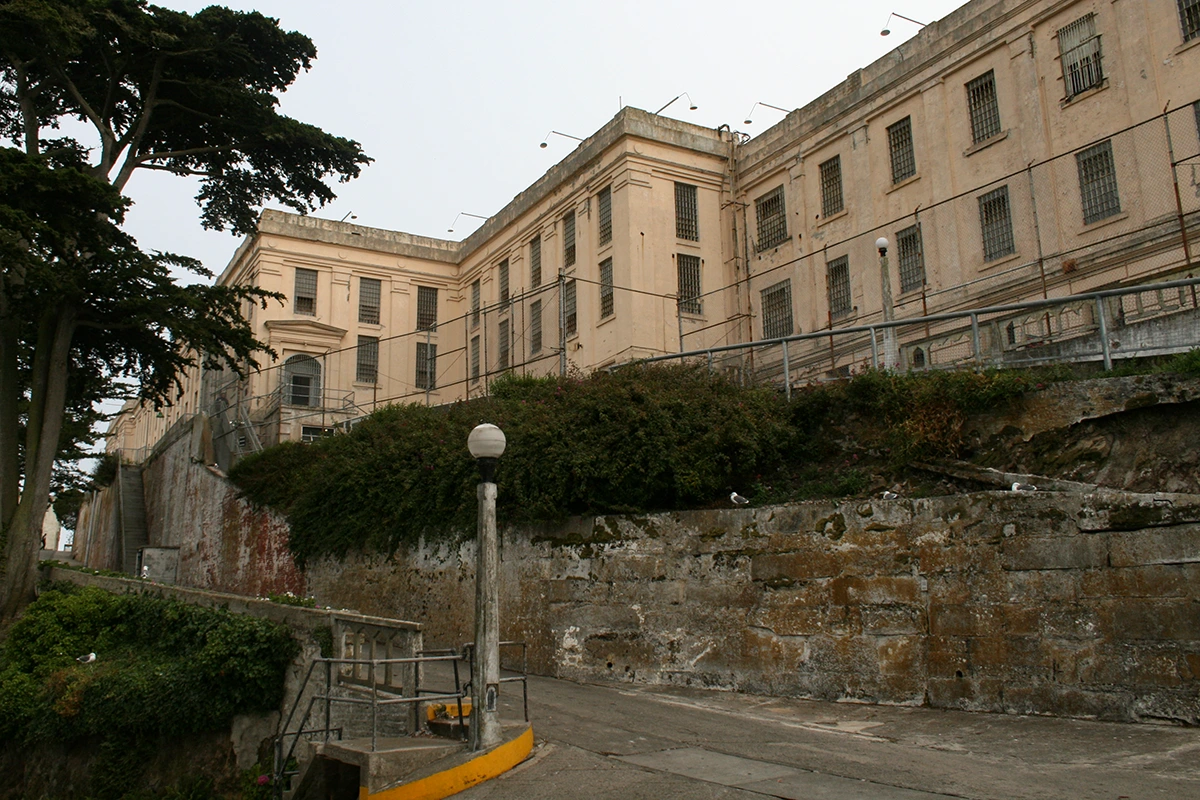
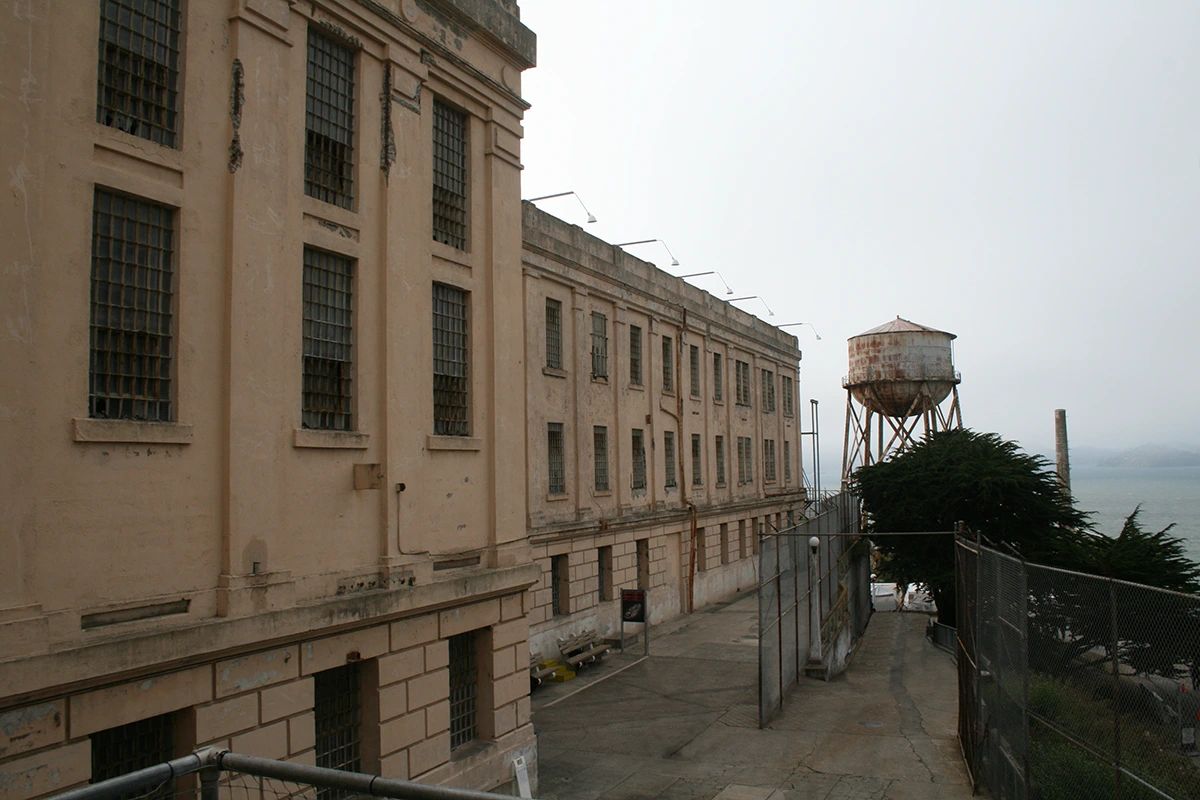
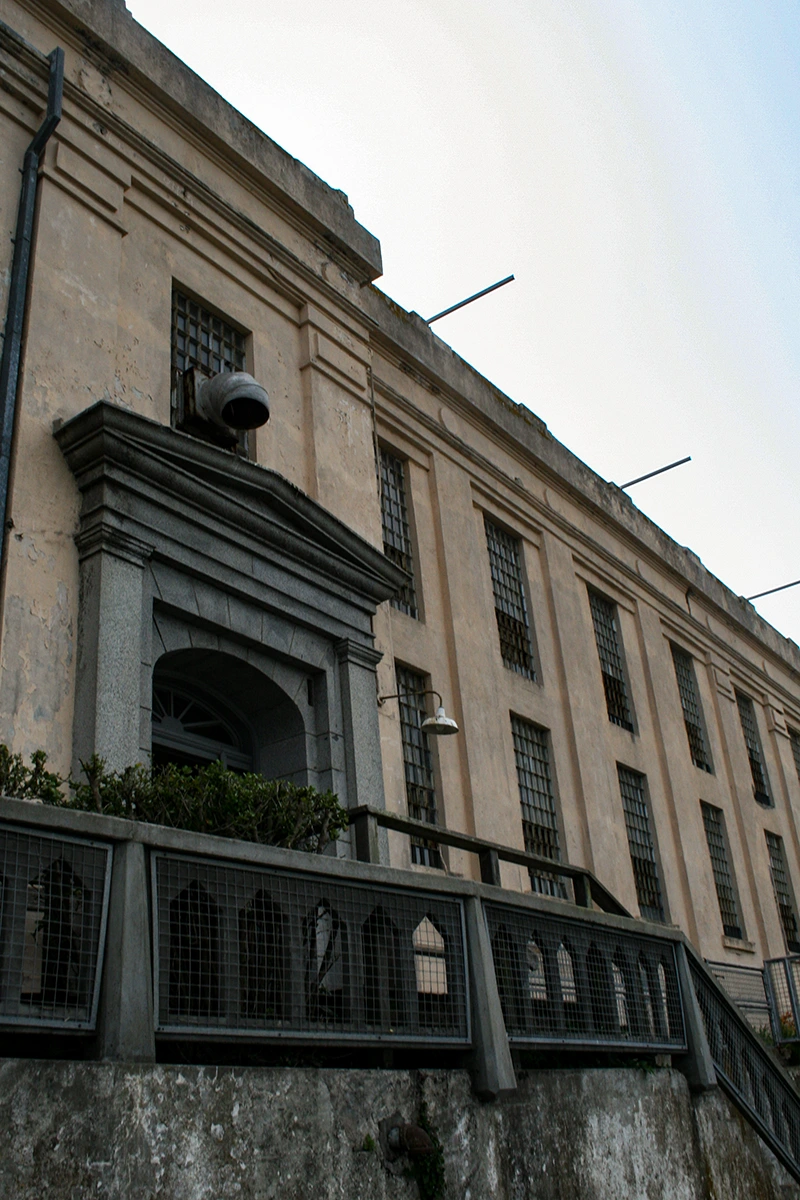
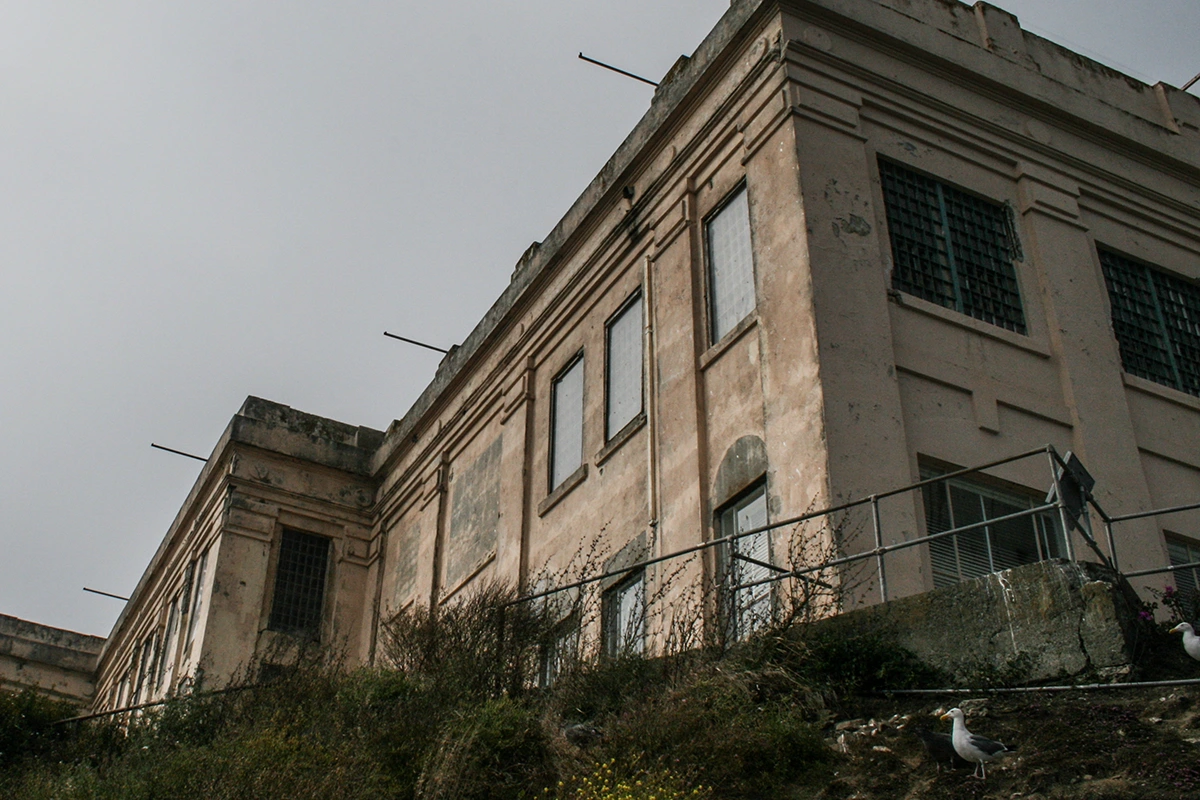
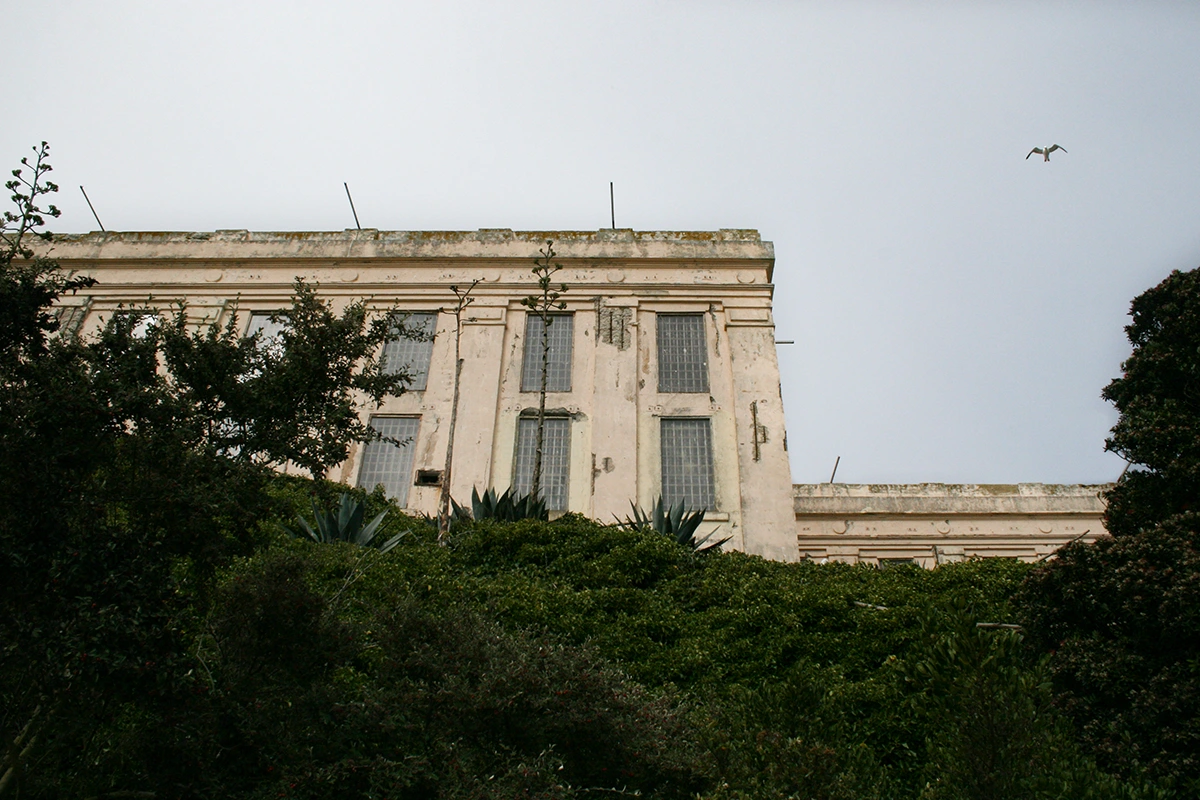
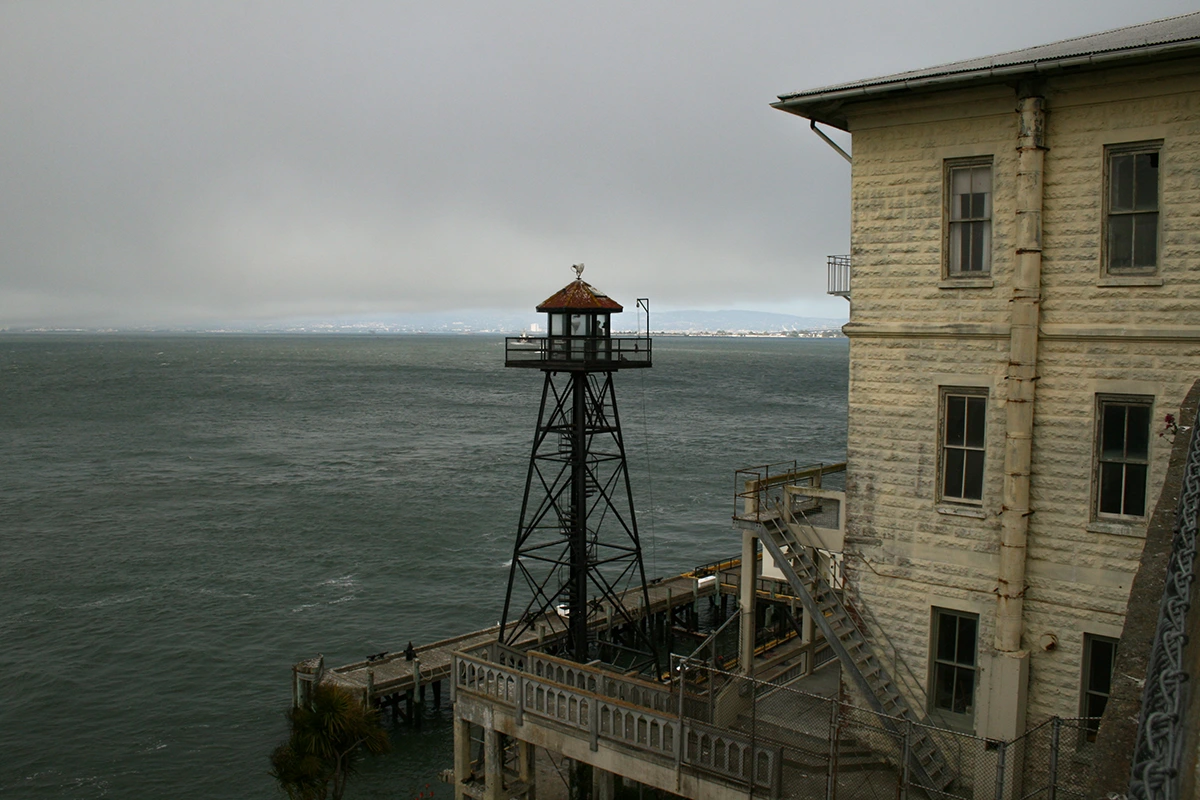
Building 64
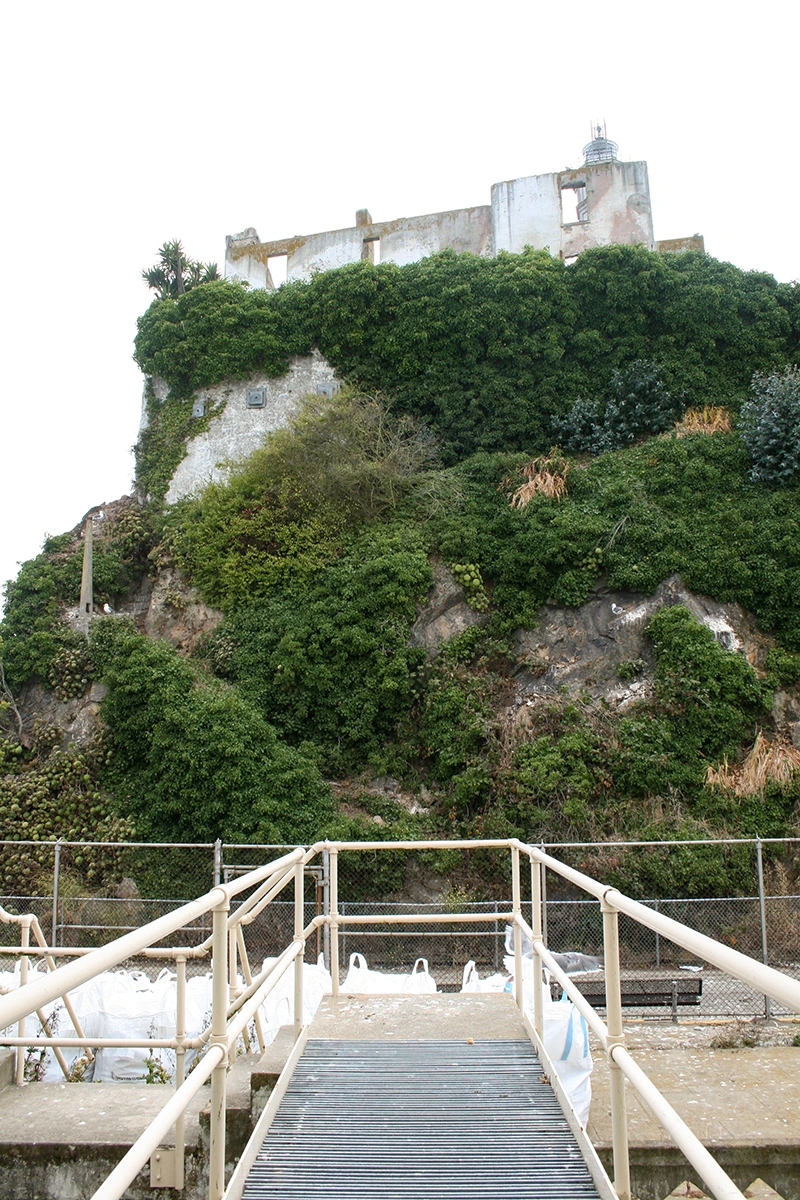
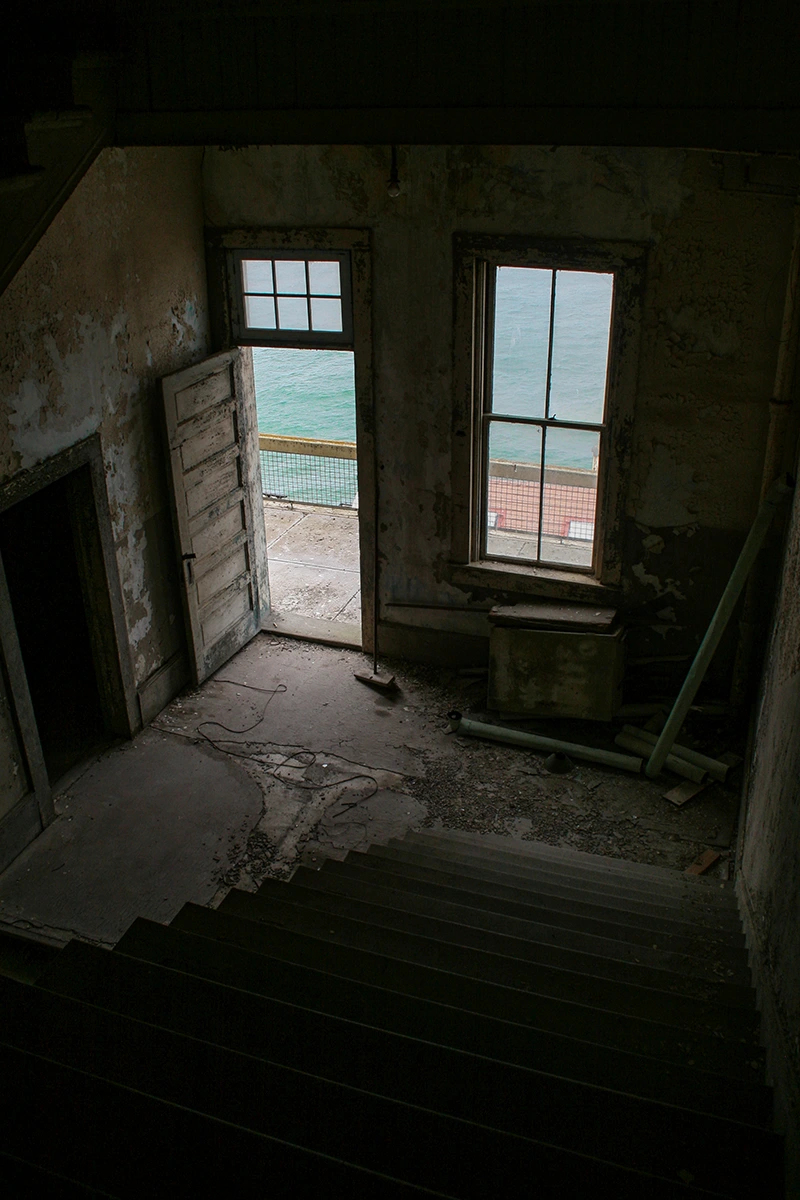
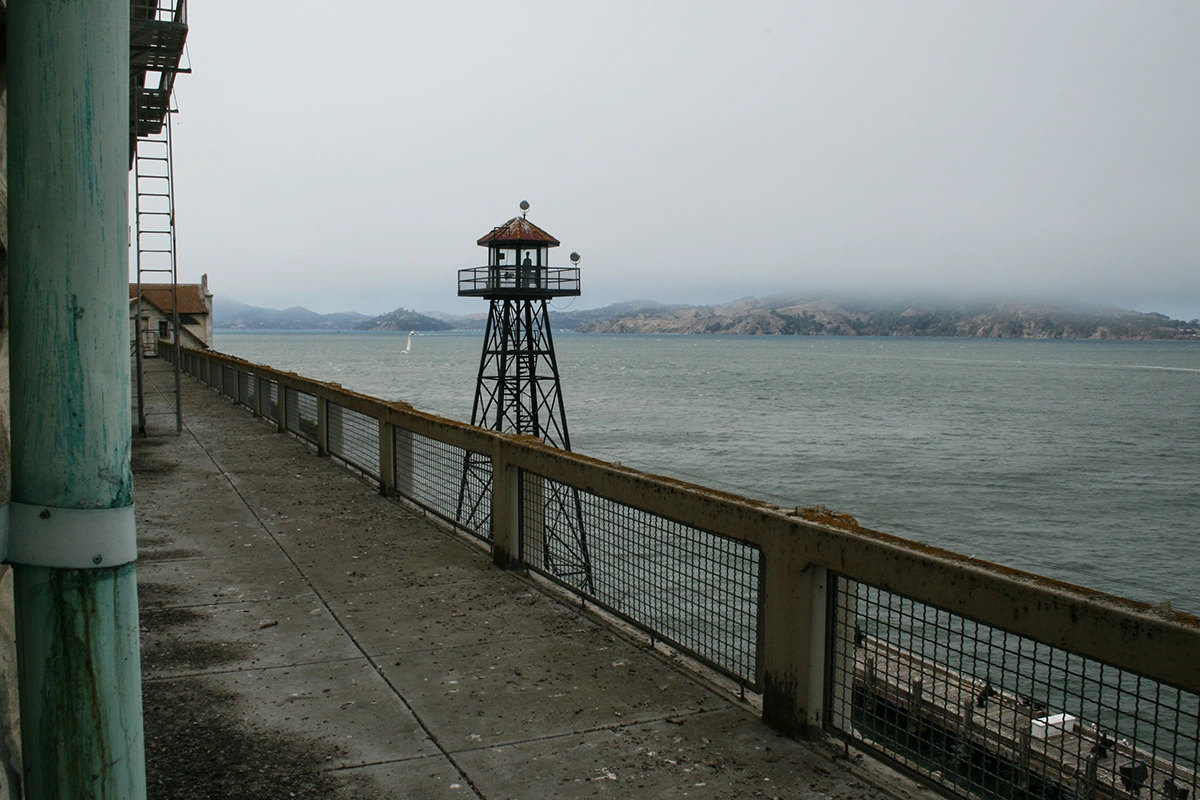
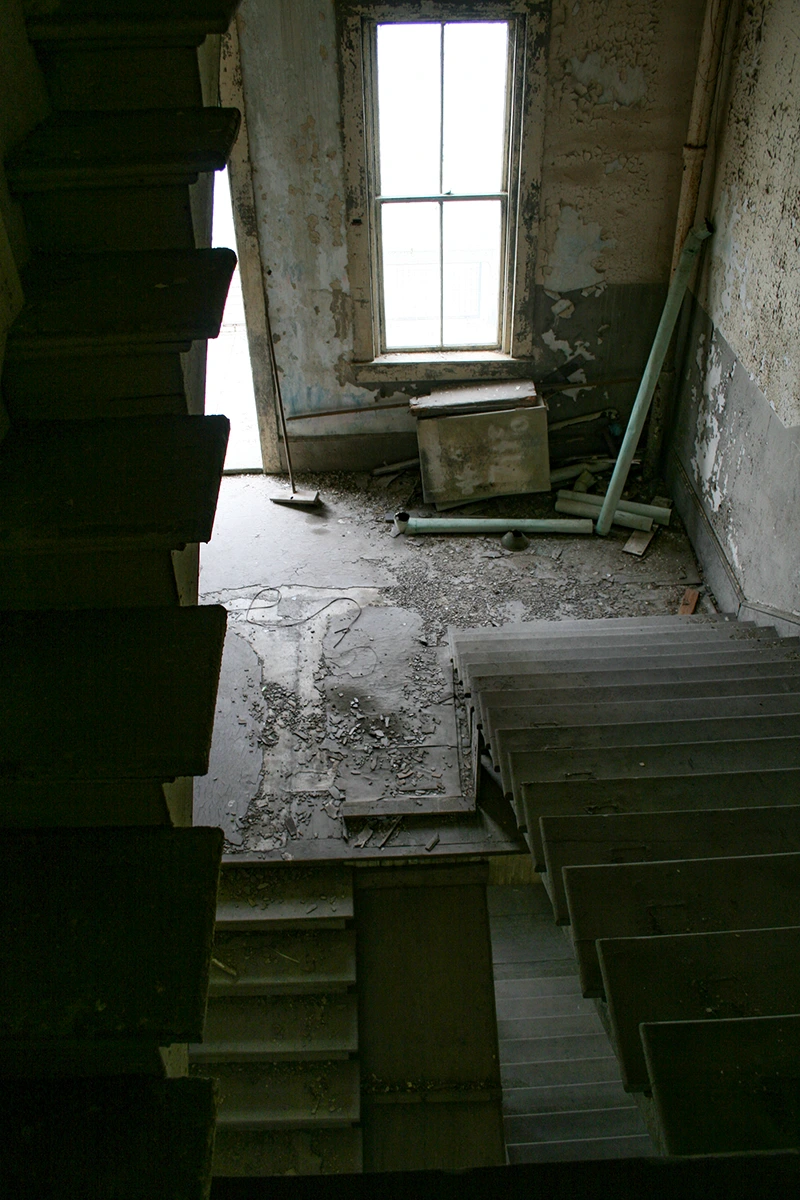
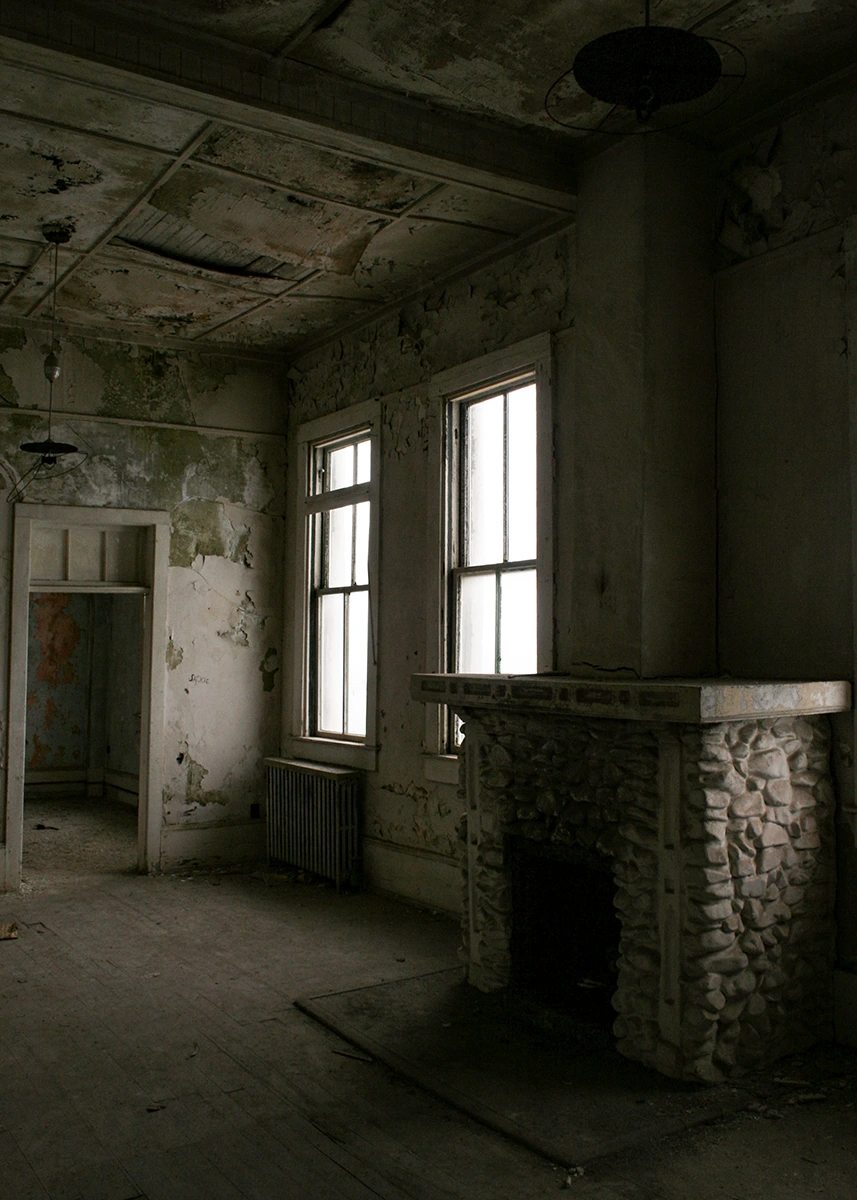
China Alley
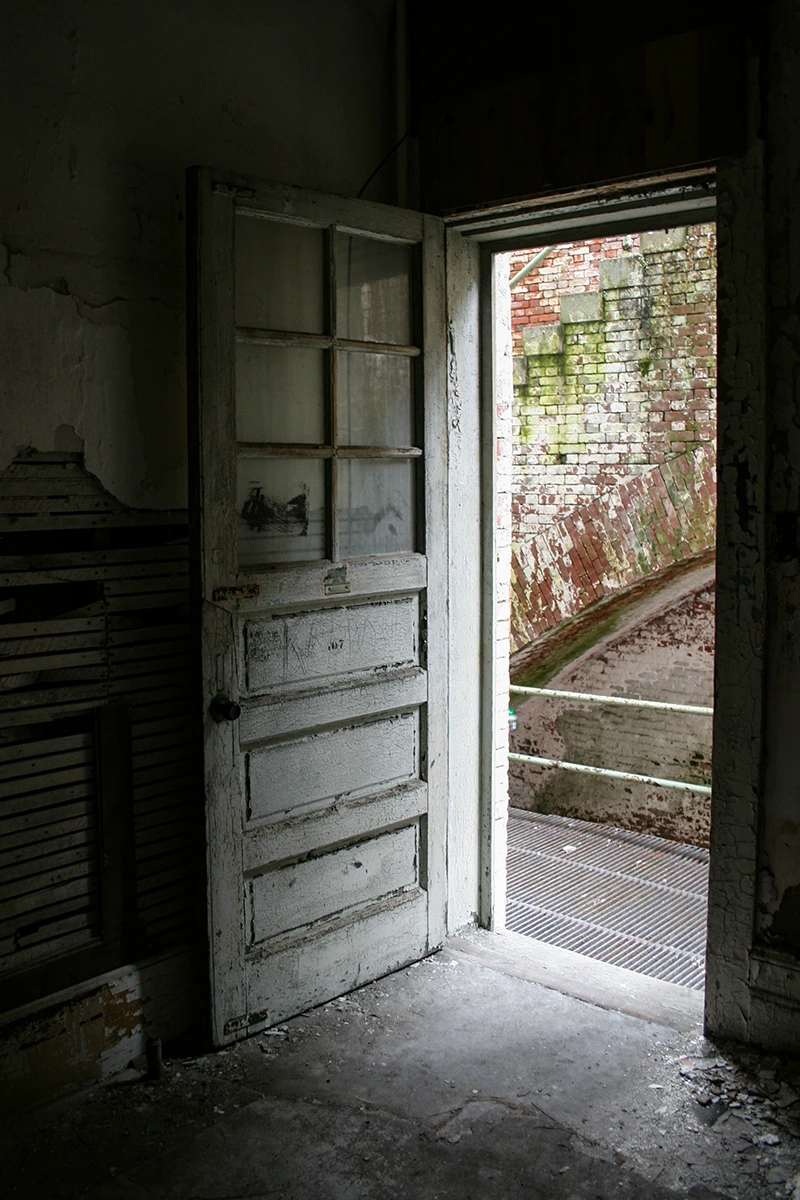
Extras
